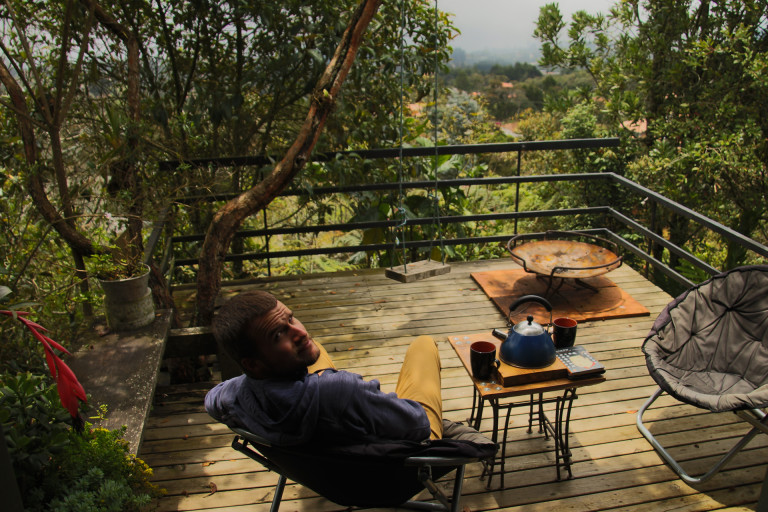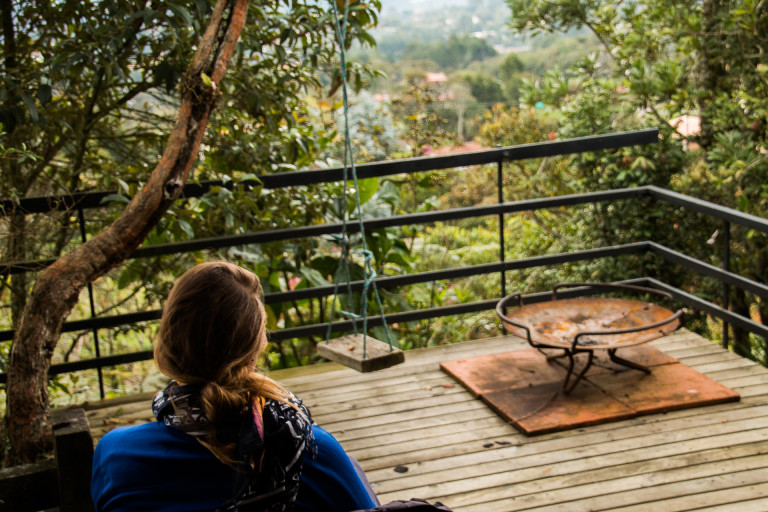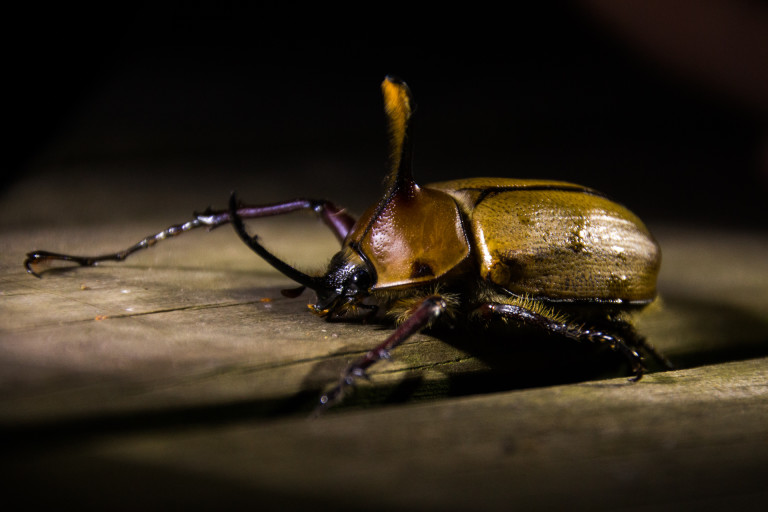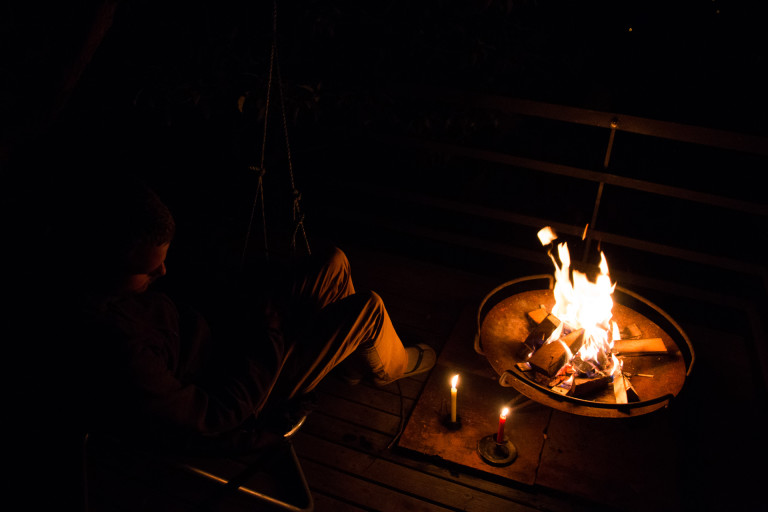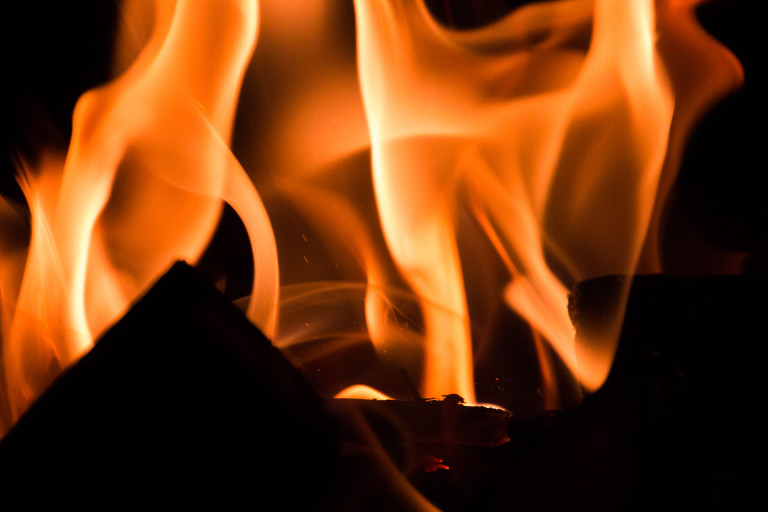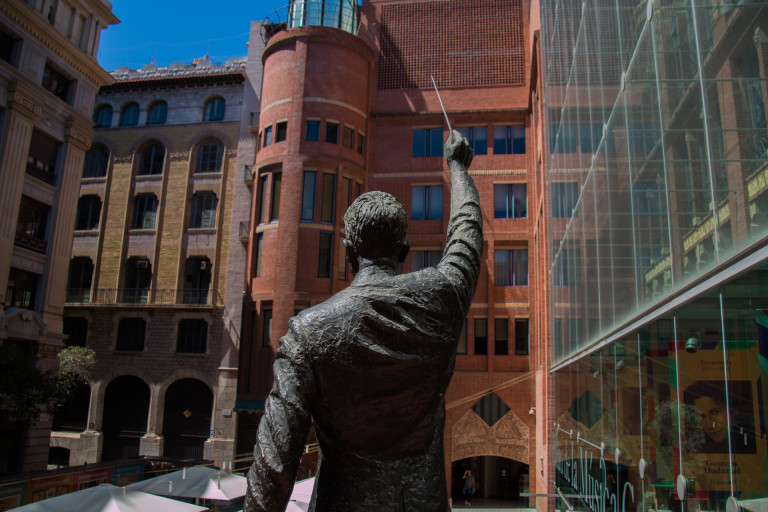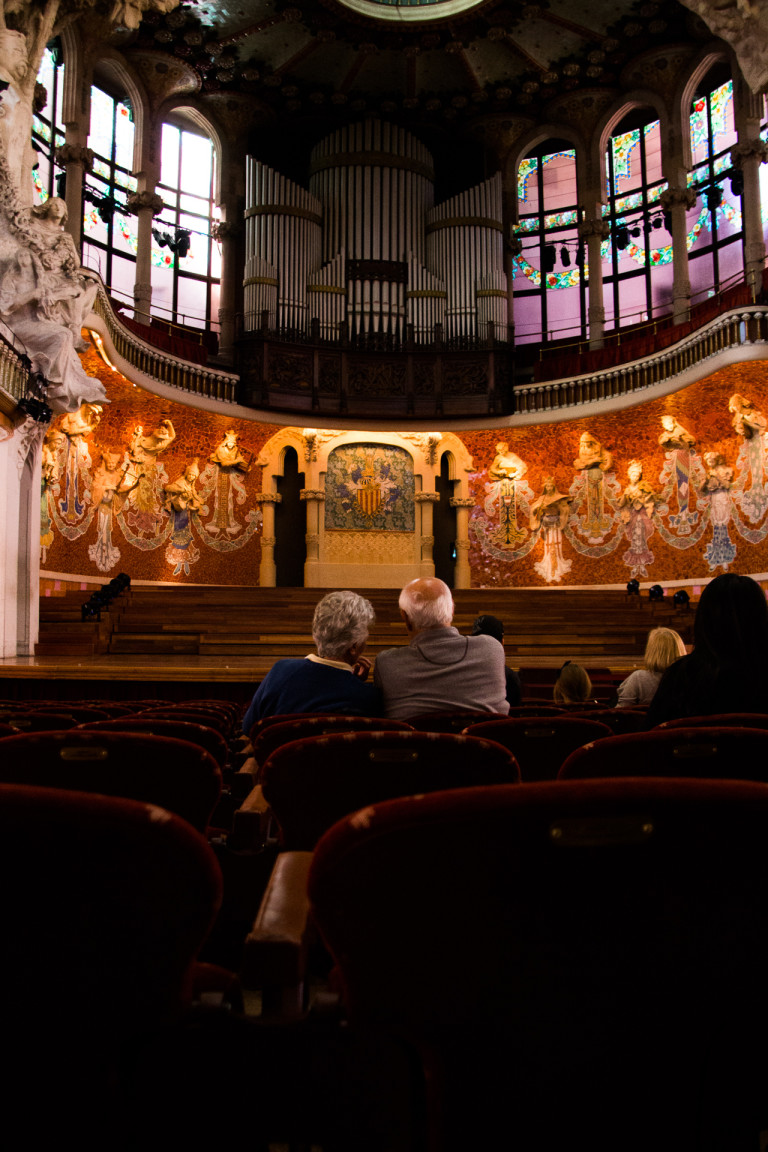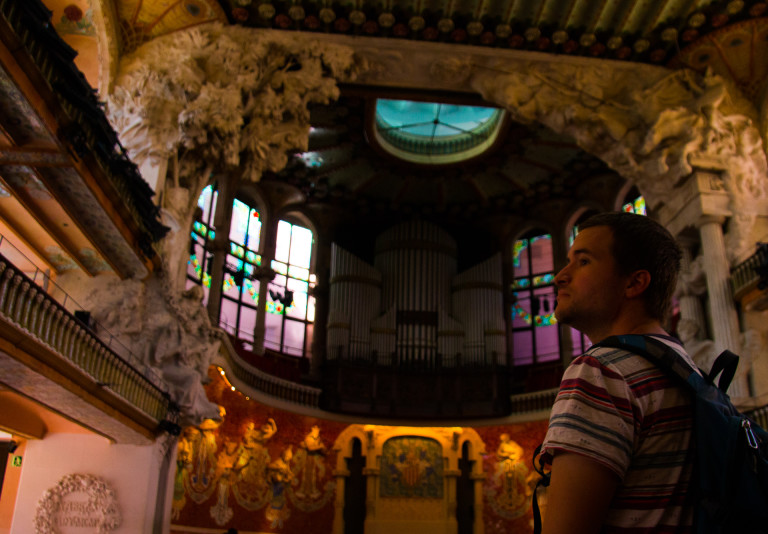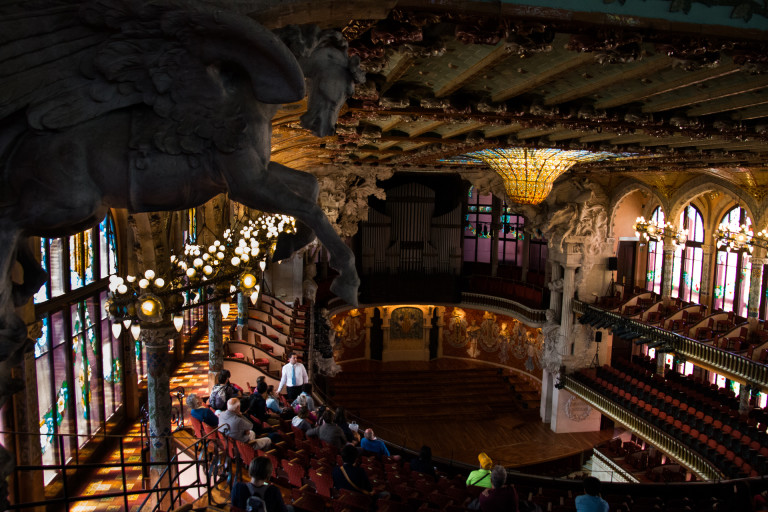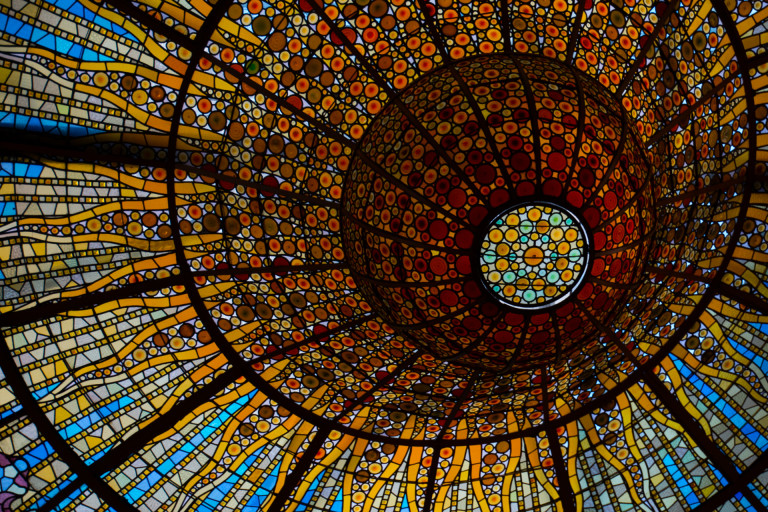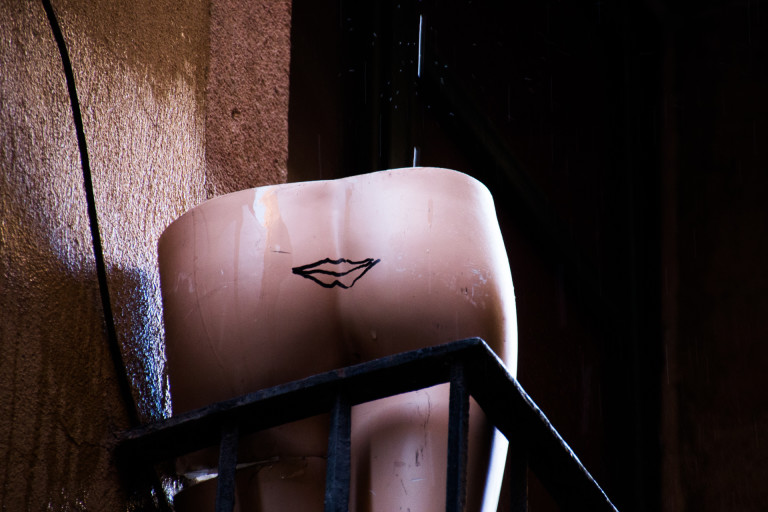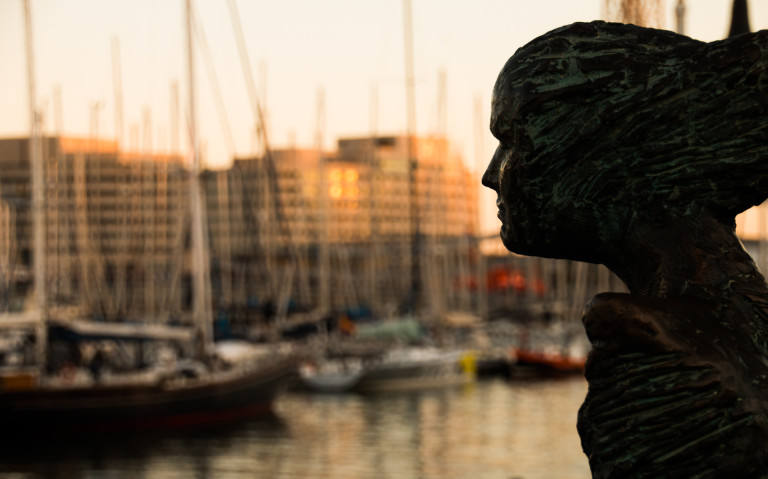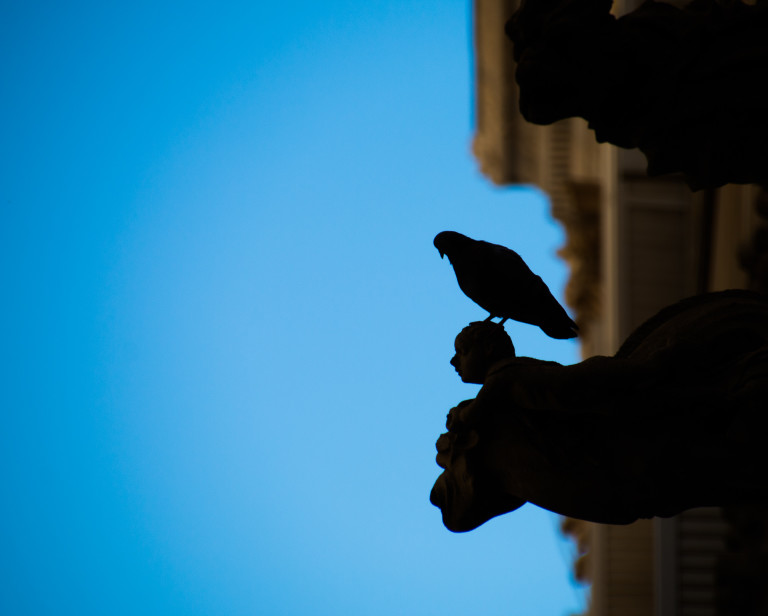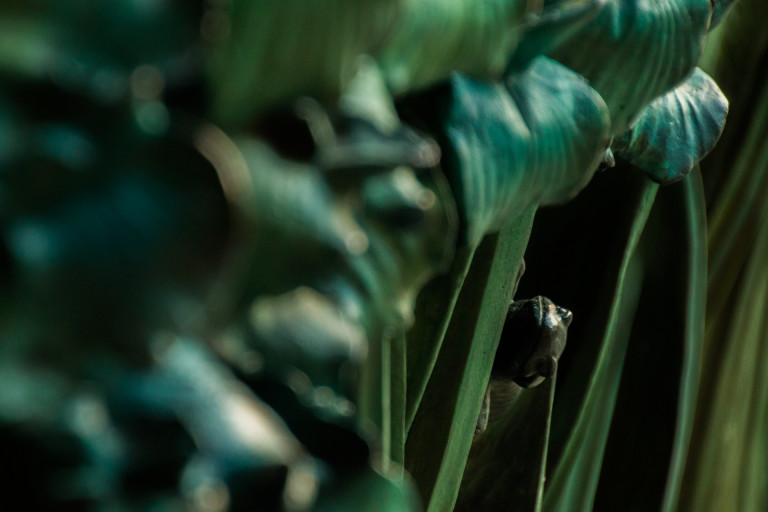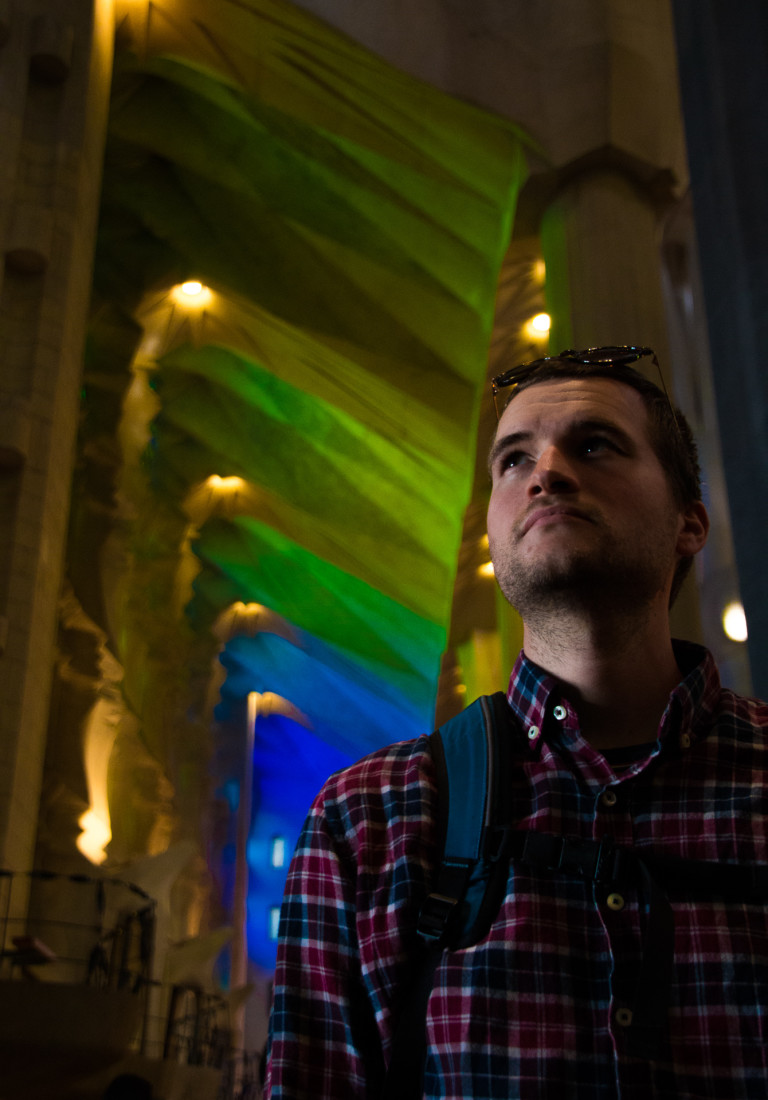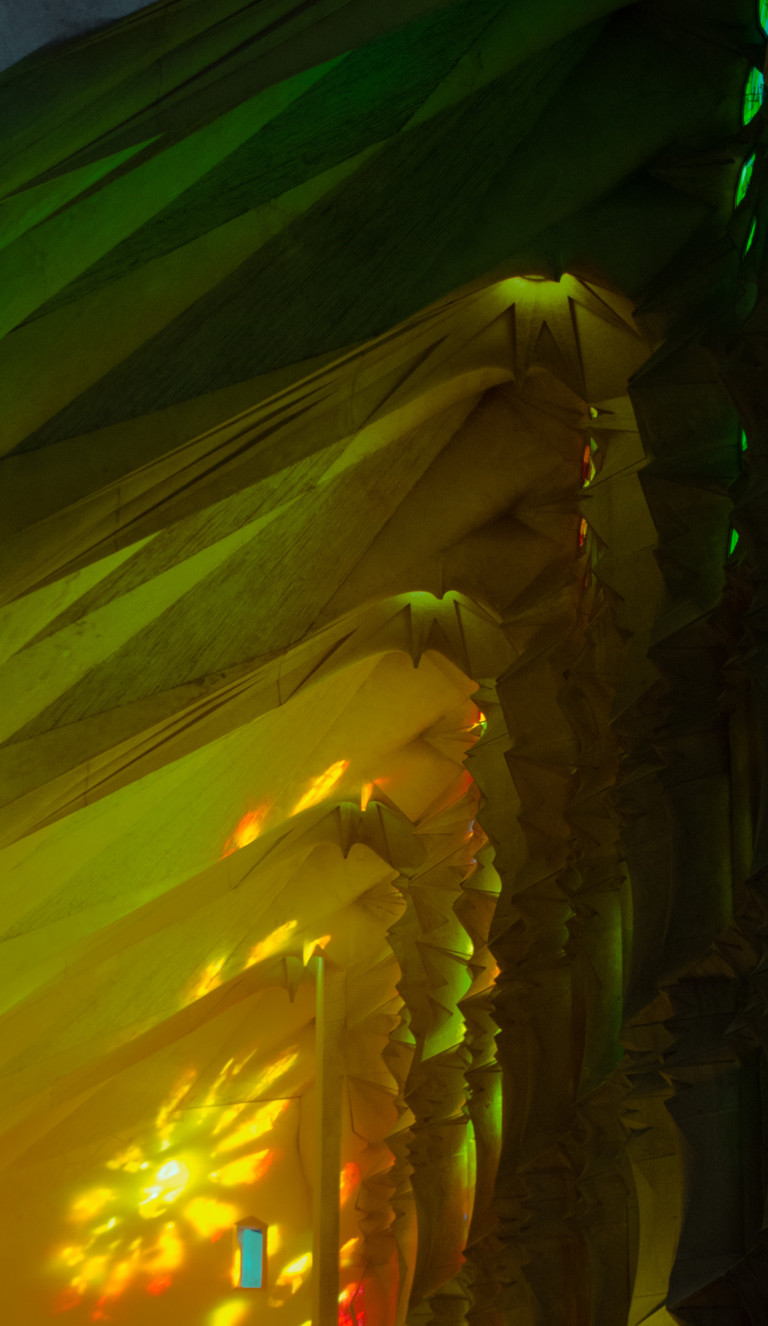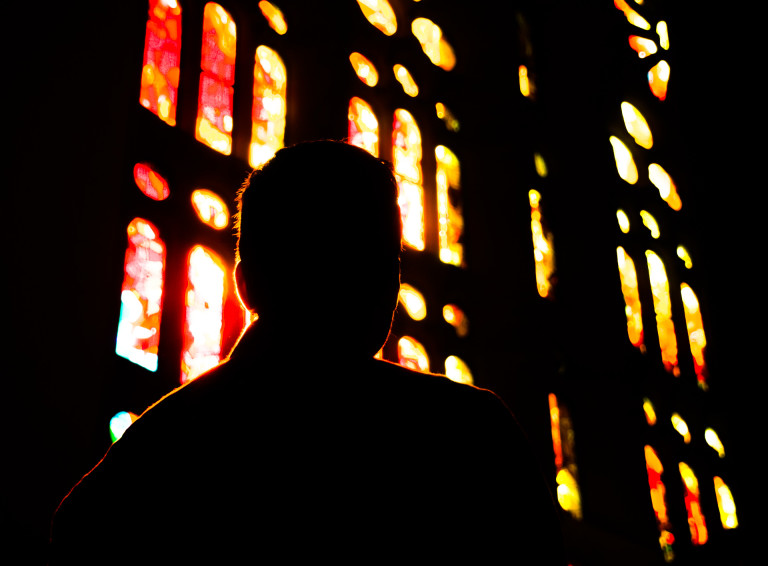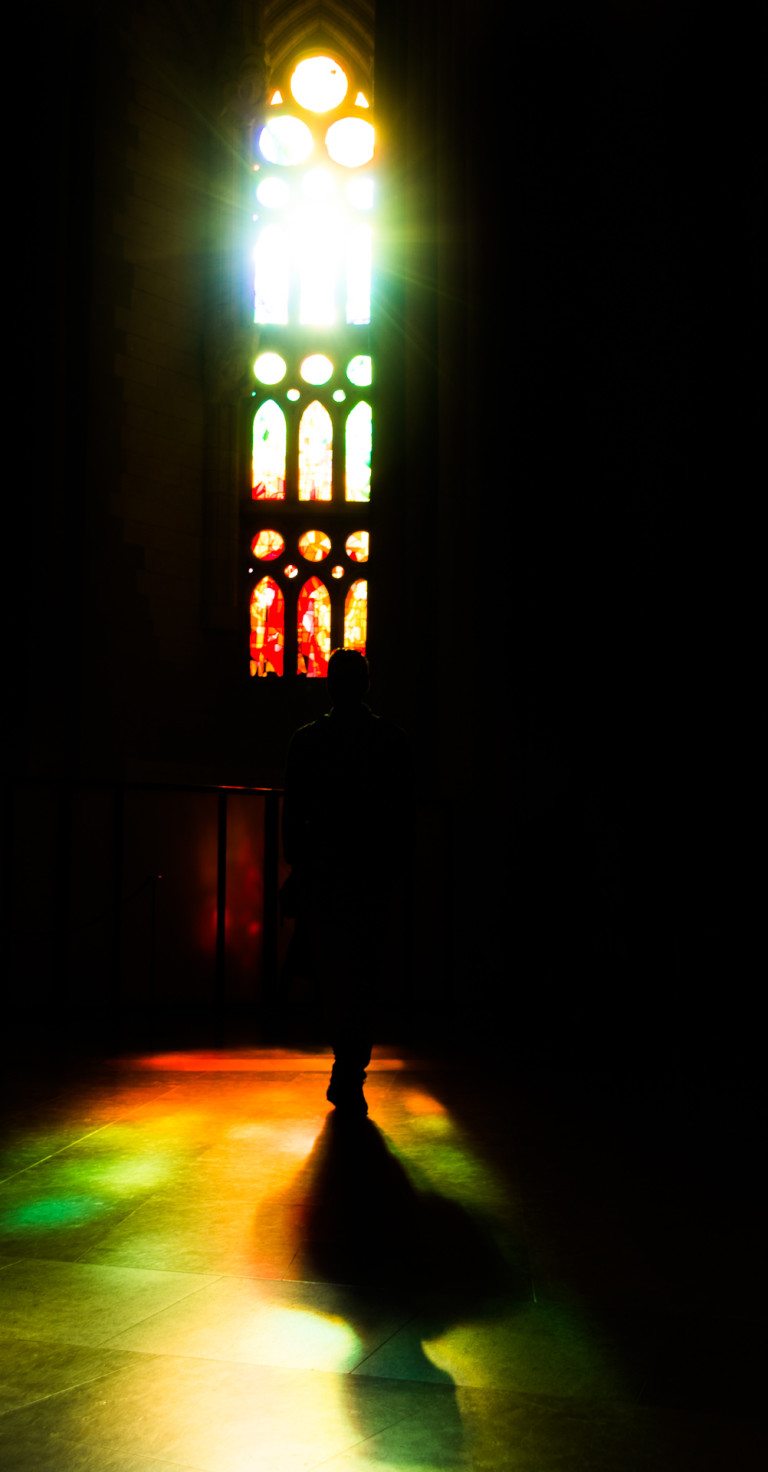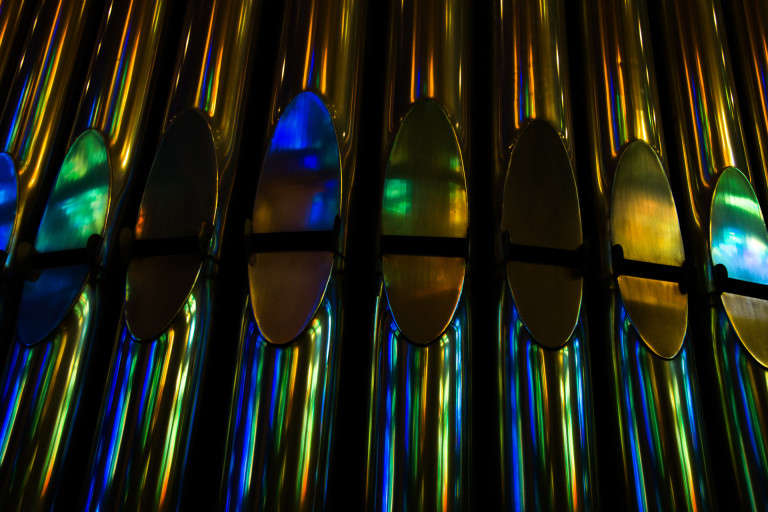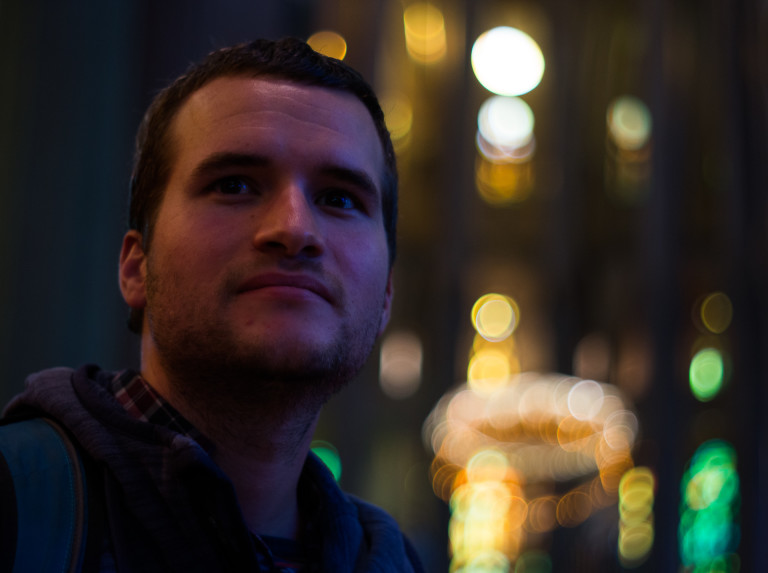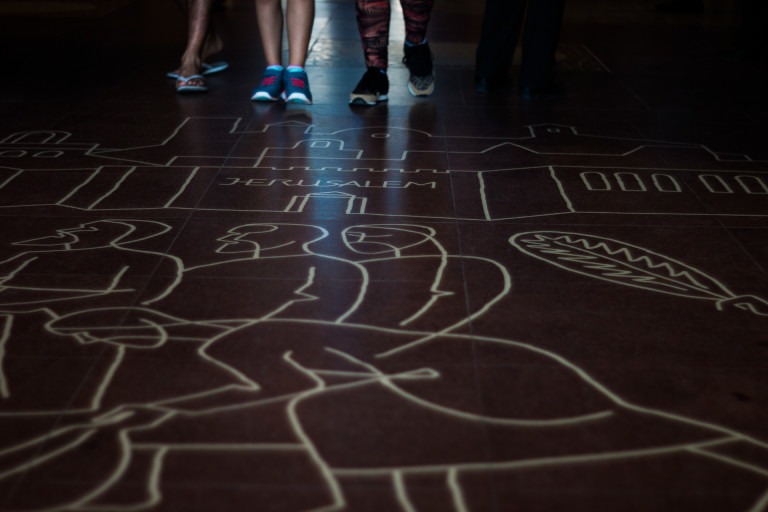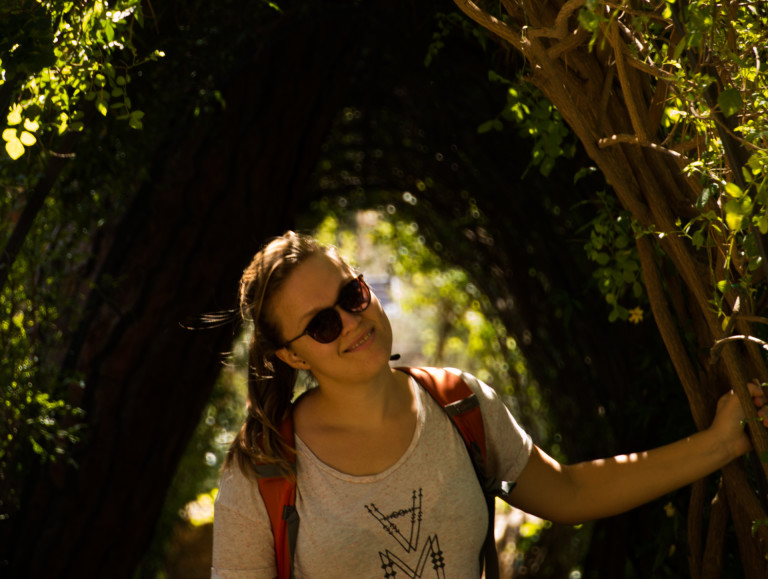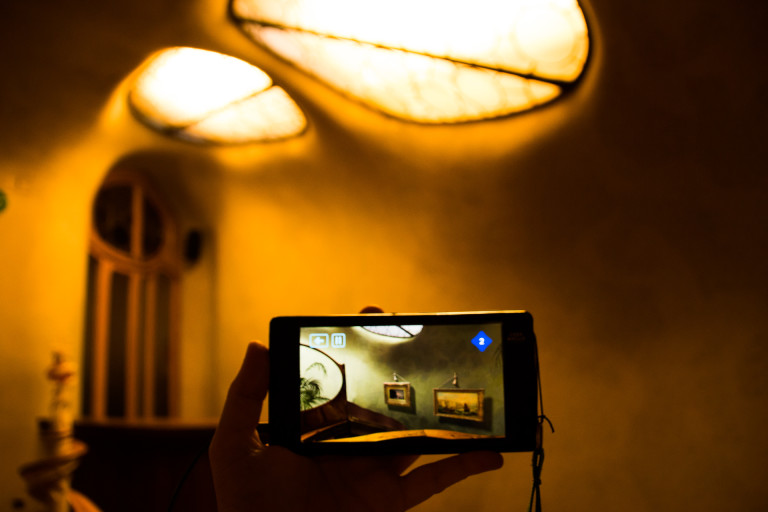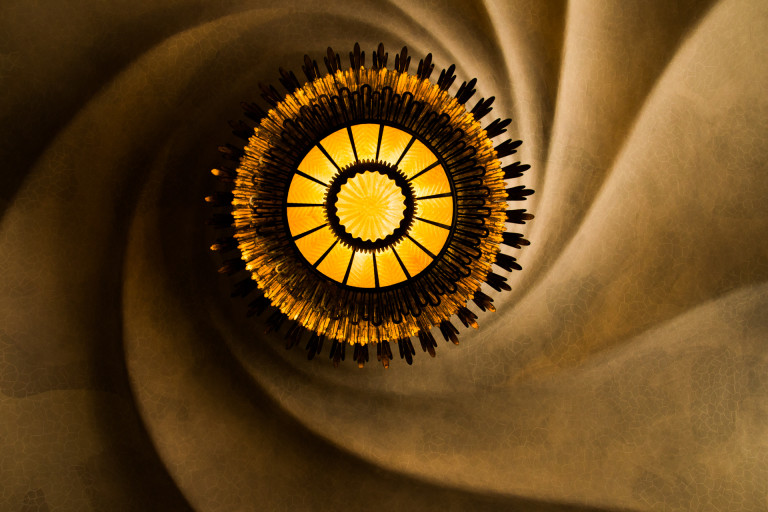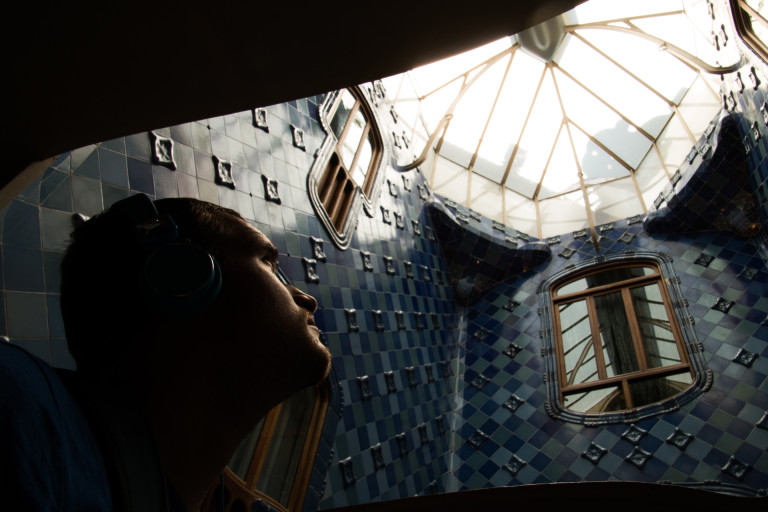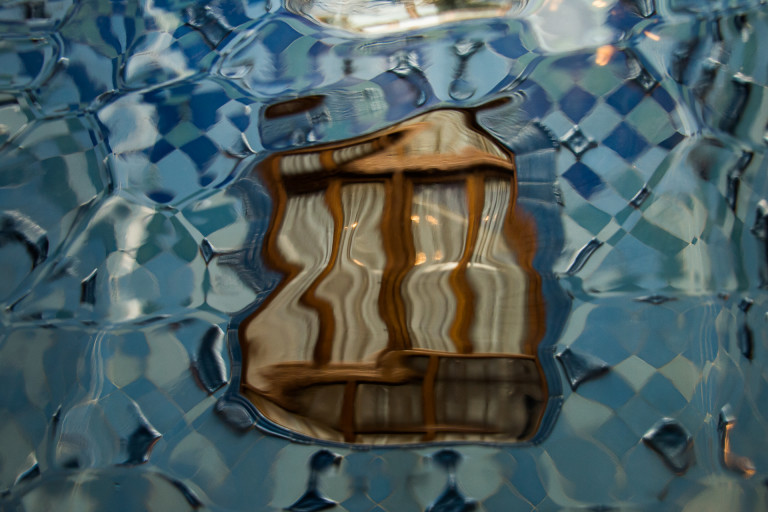Charming, little villages were our absolute favorite in Colombia. There is nothing better than sitting in a little bar with an old man, drinking coffee almost looking at the coffee beans growing on the bushes ahead. So sit down with your cup of coffee and let’s go through the best of the best 🙂
- Salamina
This little town has completely stolen our hearts. It’s close enough to Medellin to get there with just one bumpy, bus ride but far enough to get far away from the big city life. There is no traffic, rush or groups of tourists in Salamina. Instead there are lovely cafes, colorful houses and green, mountainous heaven around it. It’s truly a perfect place to just relax, read a book and enjoy nature and good weather. Close by there is a stunning valley of Samaria, (to be) famous for its very high wax palms.
In Salamina we stayed with Martin and Angelica, an extraordinary couple on Airbnb. They are not only very inspiring people who create everything around their house by themselves with love, but they also made us feel at home there 🙂 Not to mention they make the best breakfast ever with fresh juices, arepas (corn pancakes) and eggs.
- Filandia
When nearby Salento is attracting all the crowds with its wax palms in Cocora Valley, Filandia stays a wonderful, peaceful treat. You won’t see crowds or overpriced hotels over there. Just peaceful but very colorful town with lovely and a bit curious locals. They will ask you how you like Colombia and why you chose Filandia. It’s it obvious? Not only it’s very colorful and has a lot of character but it has the best surroundings ever! Here you will find waterfalls, ever green forests, endless coffee farms and amazing hikes. Not to mention you will see hummingbirds, toucans and even howler monkeys.
In Filandia we volunteered in a really nice hostel called Bidea which is owned by a lovely Colombian-Basque couple. It’s not only a beautiful, Colombian house but also a great atmosphere that makes it a great place to stay. Don’t forget to visit Helena Adentro for great food and a romantic, charming vibe.
- Villa de Leyva
Nothing can compare to the white houses or cobblestone streets of Villa de Leyva. Not to mention the one and only, massive, gorgeous Main Square. Although it’s number one on many lists of towns of Colombia, it’s not busy. Not at all. We were actually really positively surprised. All the little streets were charming, white and really clean, even outside of the center. Little markets on the corners were selling true curiosities like dried bushes of pink pepper! And we will never forget an amazing ice cream place, Santa Lucia. Although we shouldn’t, we went there every day… and every single time it was delicious and the owners were just the most cheerful people on earth.
In Villa de Leyva we stayed in a stunning hostel (Buda Hostel), just outside of the city on a hill. It was a struggle to drag the backpack up there but once there the views made everything ok again. The house itself is wonderful, with lots of terraces and open space, not to mention the huge barbecue and chill out space outside.
- Palomino
The town itself is not really that nice, there is no beautiful architecture and it was just build along a busy road which goes just in the middle of it. But… those beaches. If you can’t go to Providencia than that’s the second best. Kilometers of sandy paradise with not too many people. There are quite some charming, boutique hotels out there. The beauty of the place is that there is not much to see, just pure relax 🙂
- Santa Elena
Probably the most calm place of them all. Middle of absolute nowhere and so close to Medellin. We stayed there surrounded by green, luscious nature in a trailer made into a house (Airbnb). It was just an unforgettable experience to stay away from everyone and everything in this charming little place where all we could do was to just relax, walk around and enjoy. During the evening when it was getting chiller we could sit on our deck, start a fire and observe all of the weird bugs coming to visit us 🙂 It was our last place to visit before we ended our Latin American adventure and we wish such an end to all of you 🙂
Useful tip!
If you’re going to Colombia and you would like to get to charming, little villages that are not so well known you should visit http://www.pueblospatrimoniodecolombia.co/nuestros-pueblos. There you will find a whole list of tiny towns well worth a visit:) Enjoy!
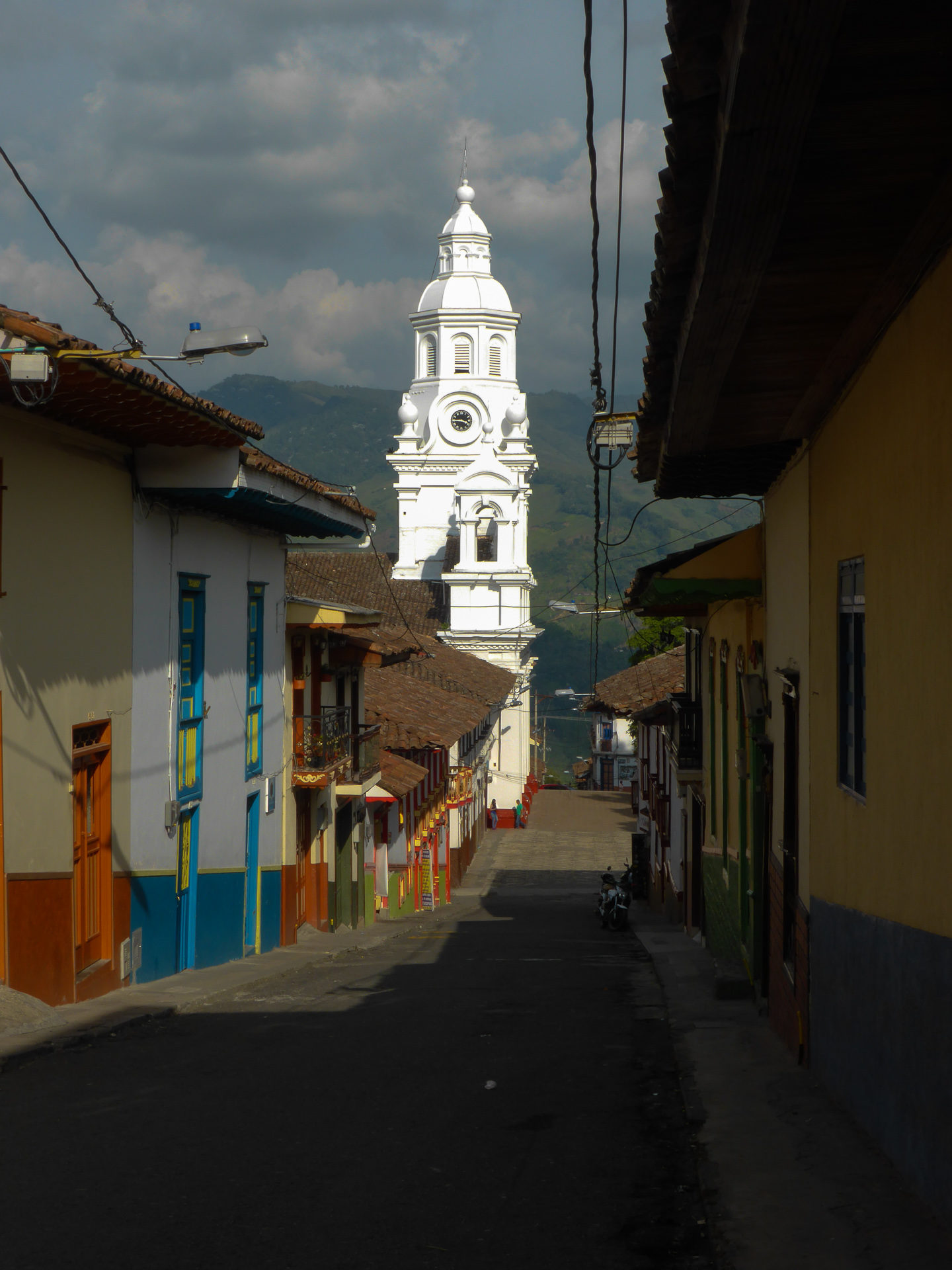
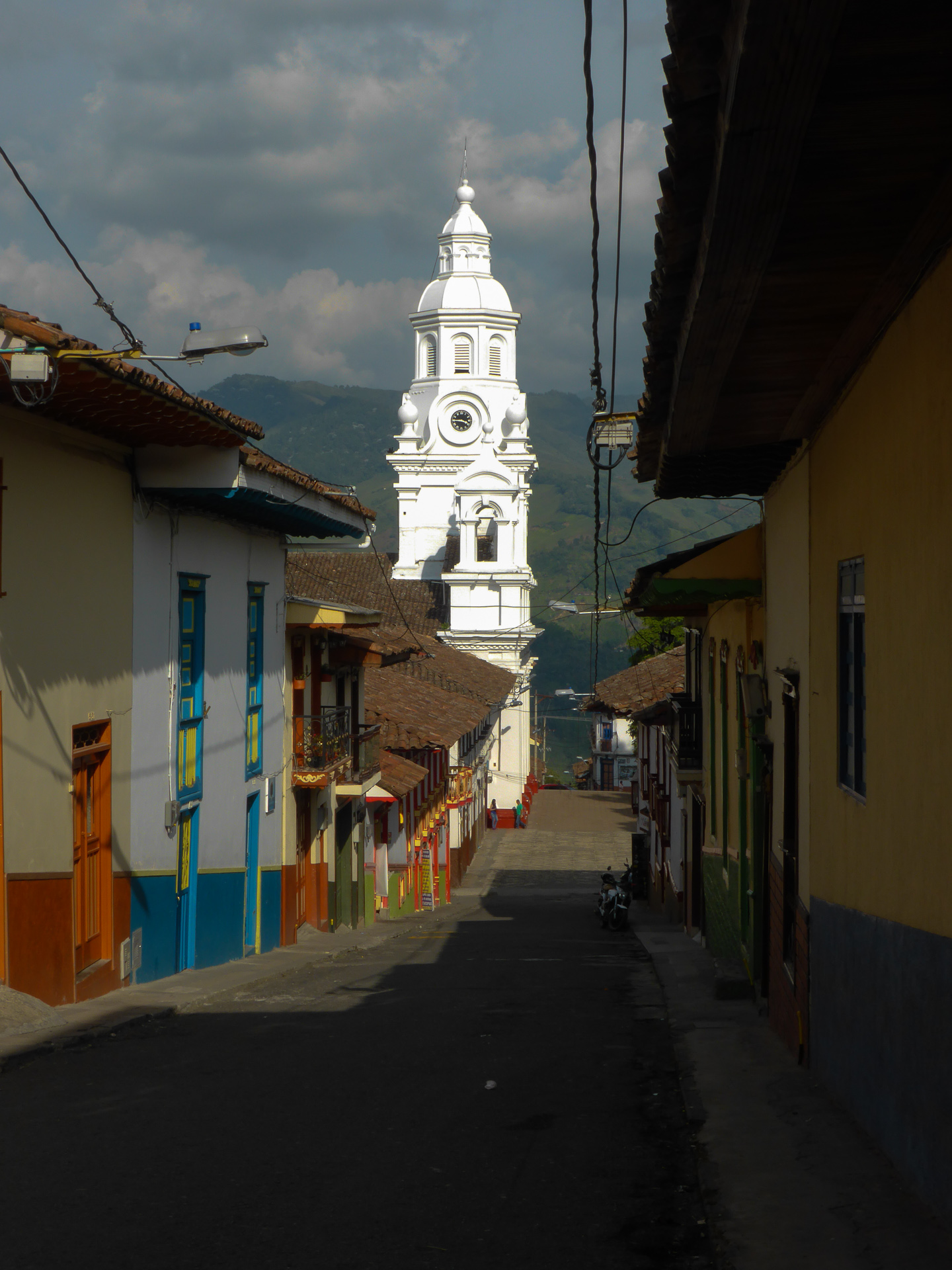
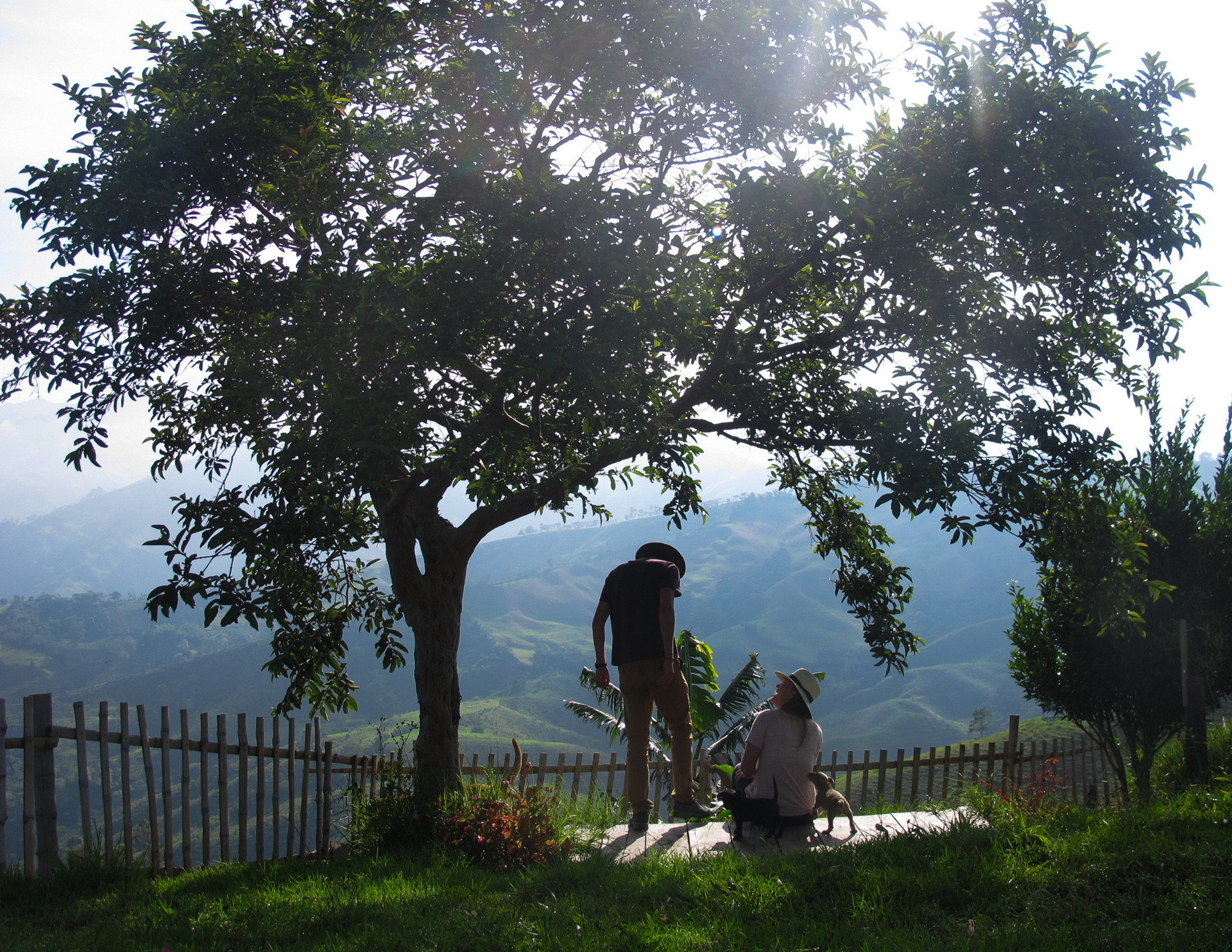
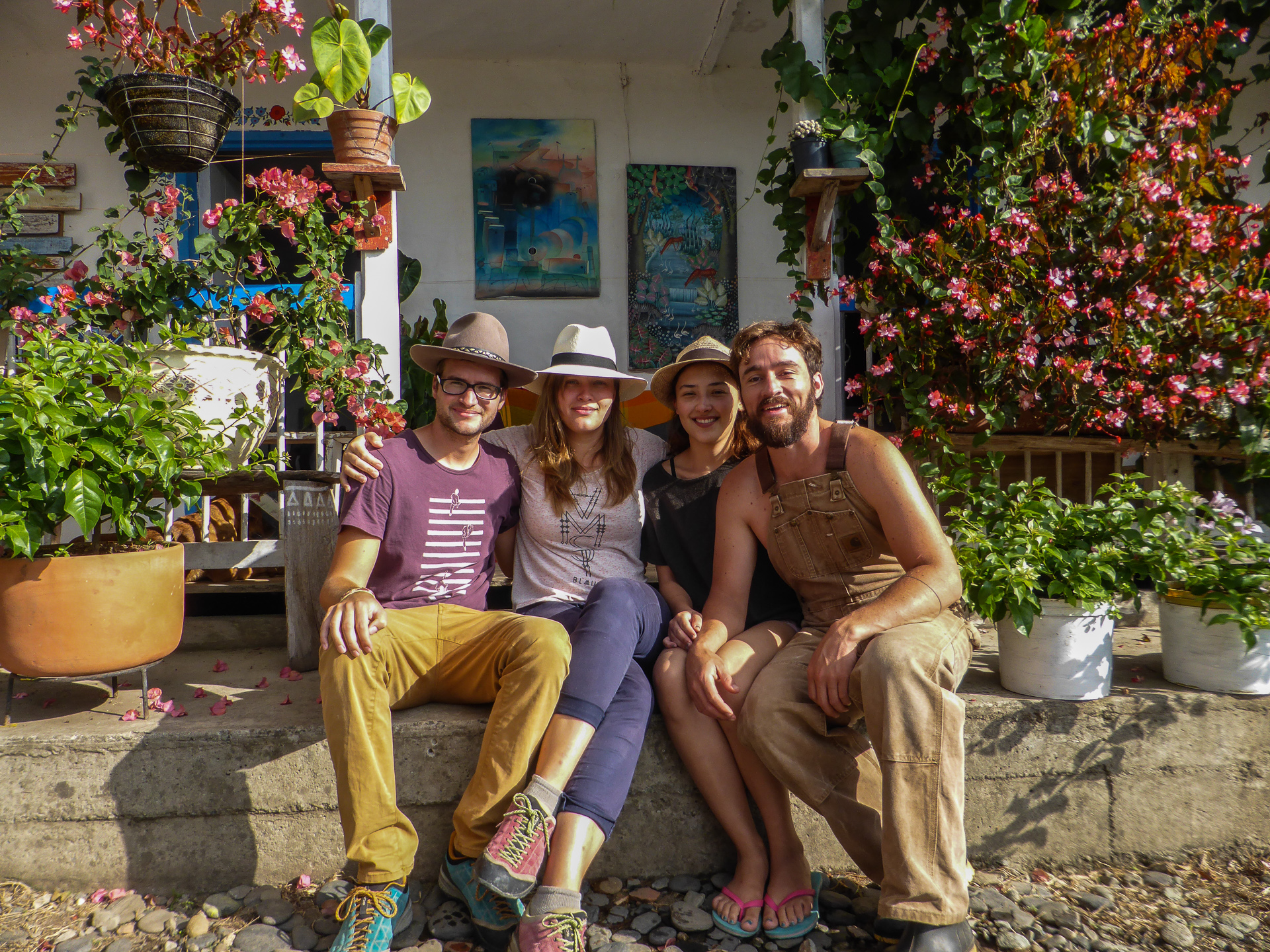
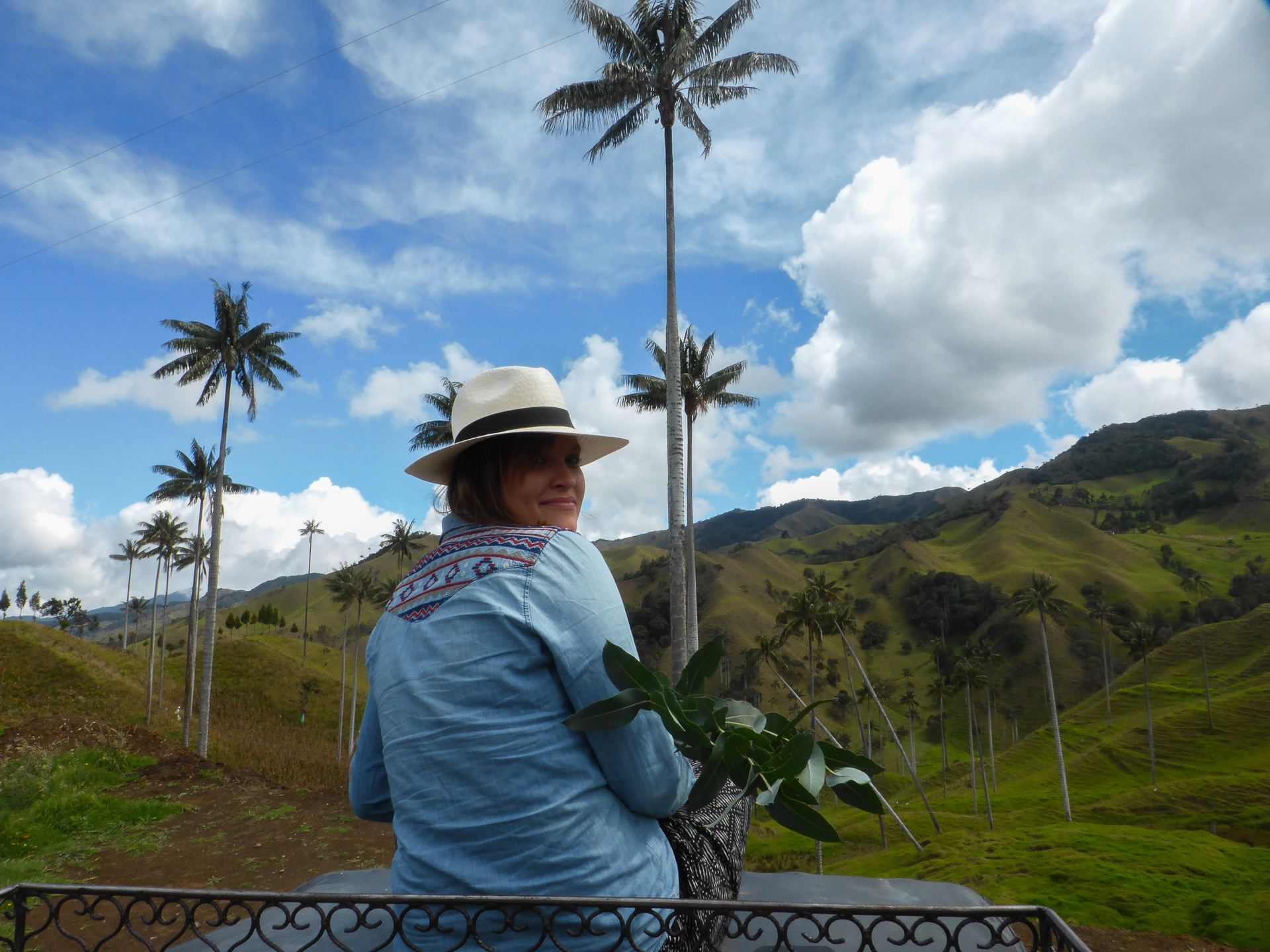
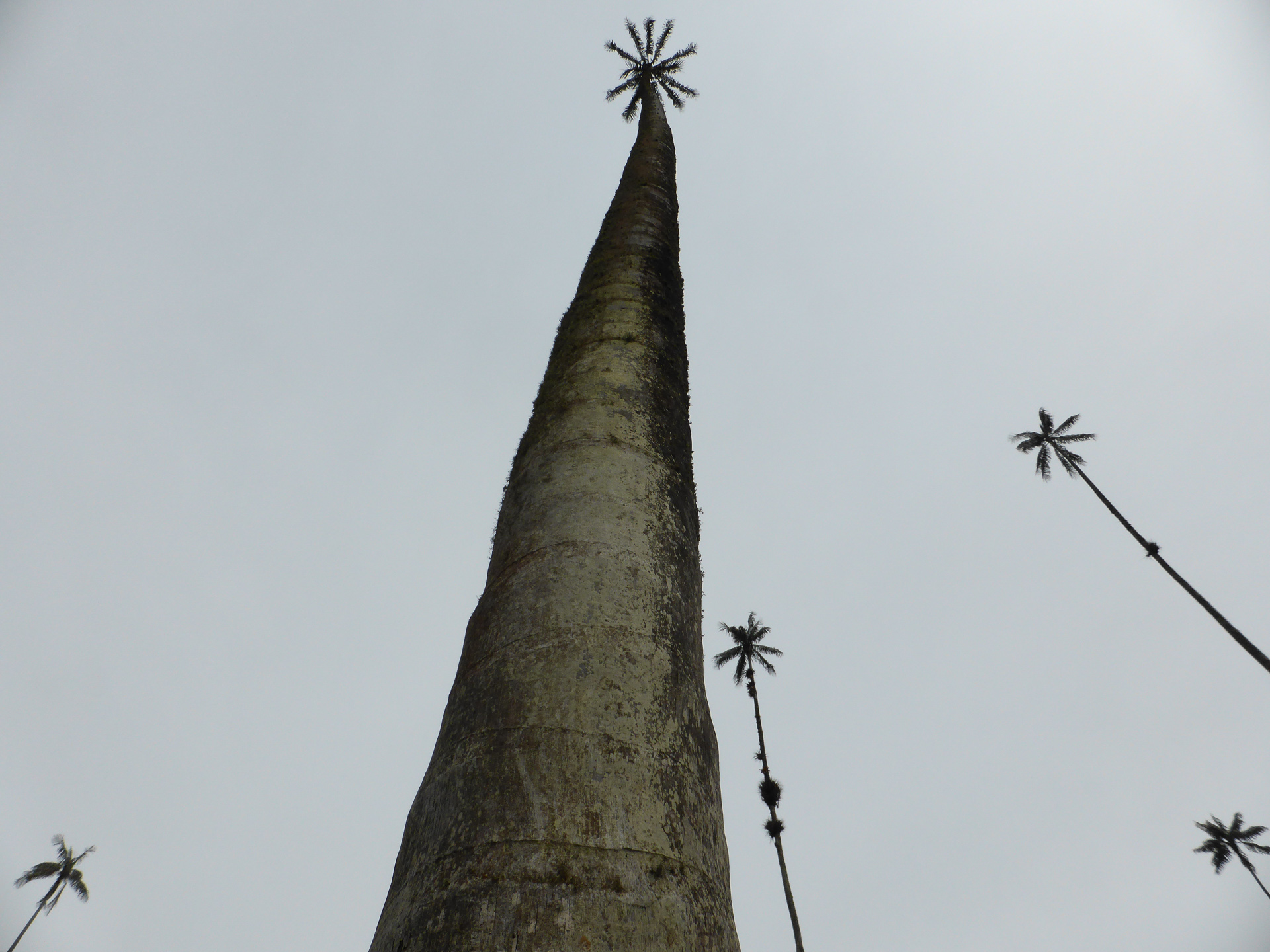
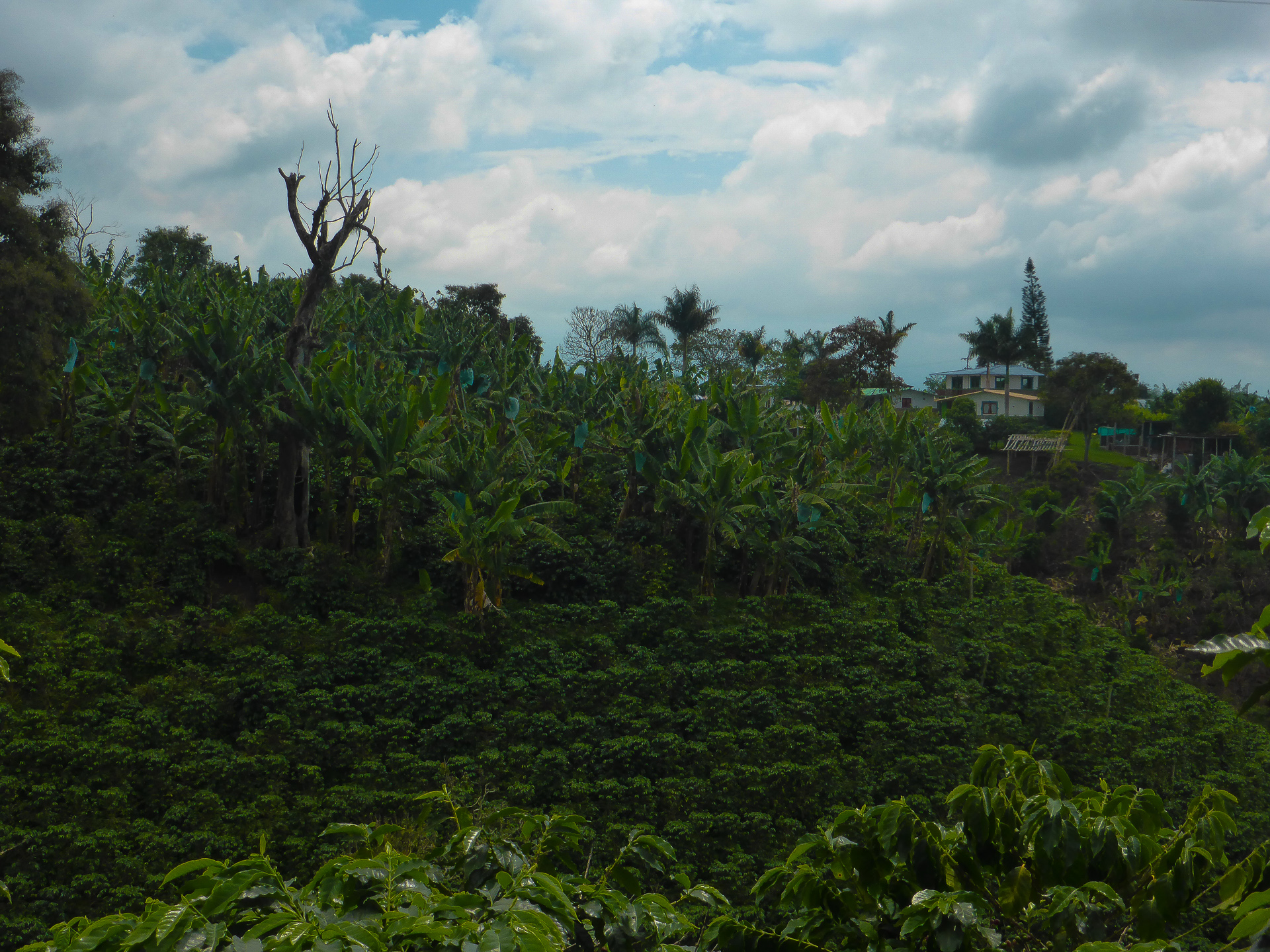
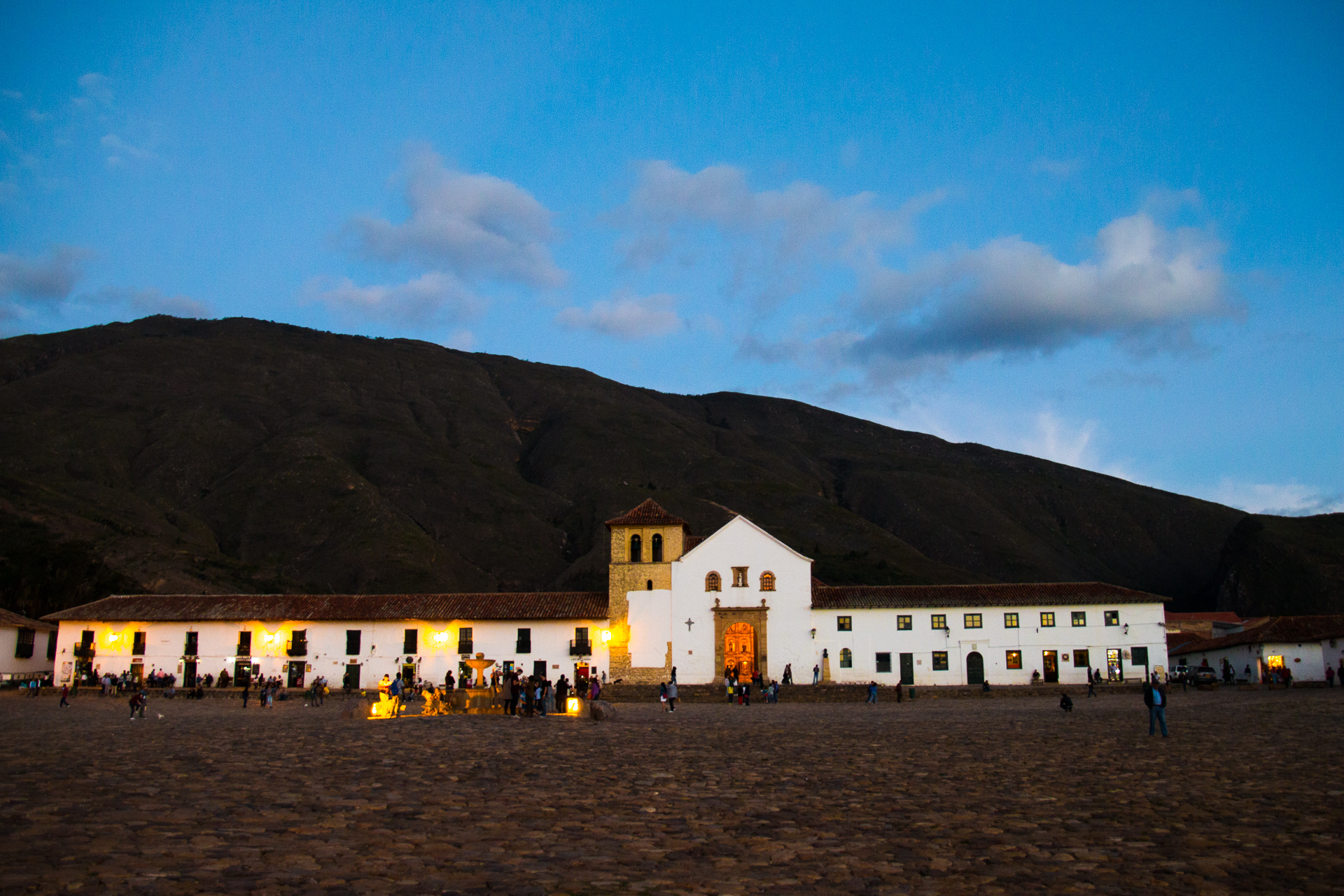
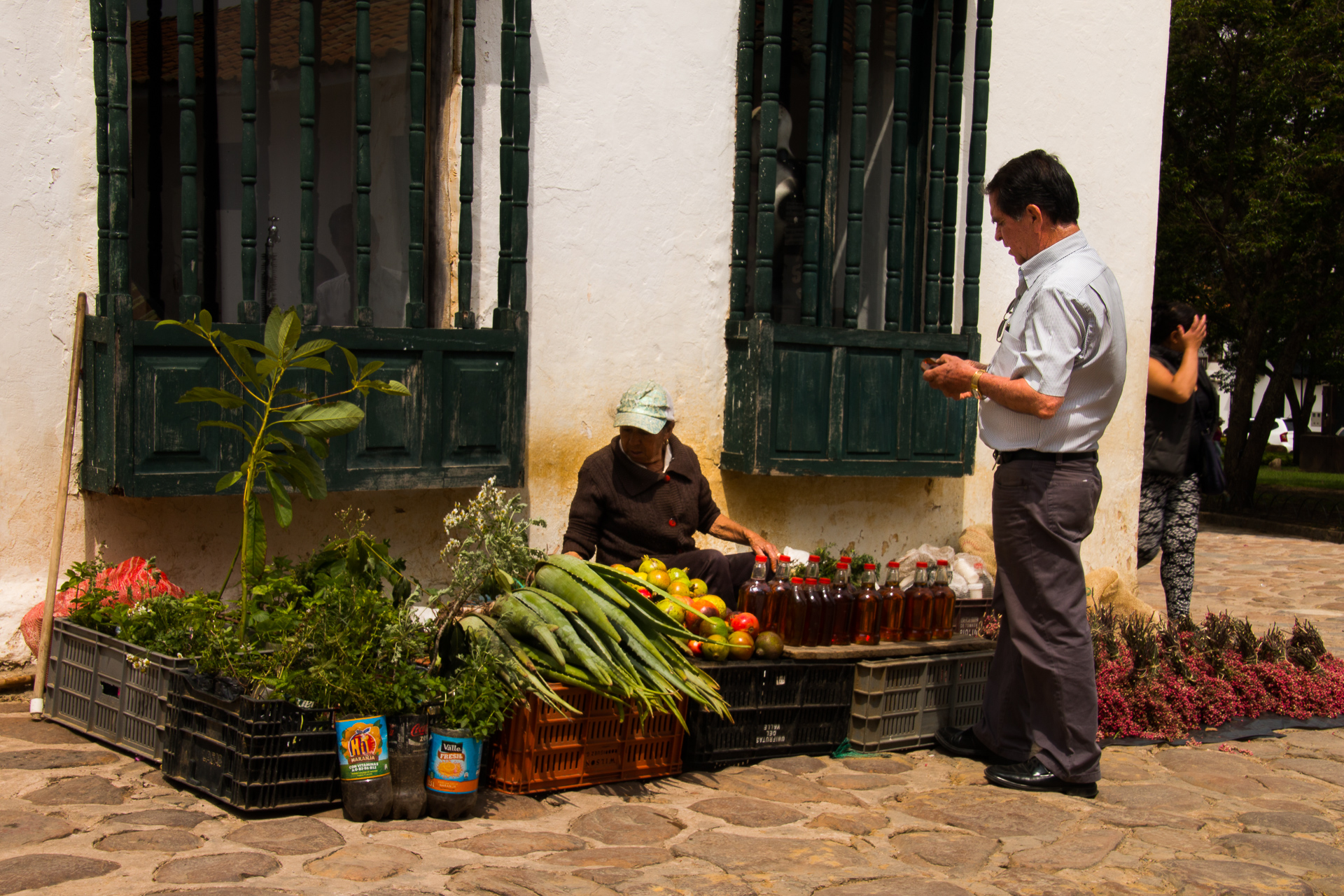
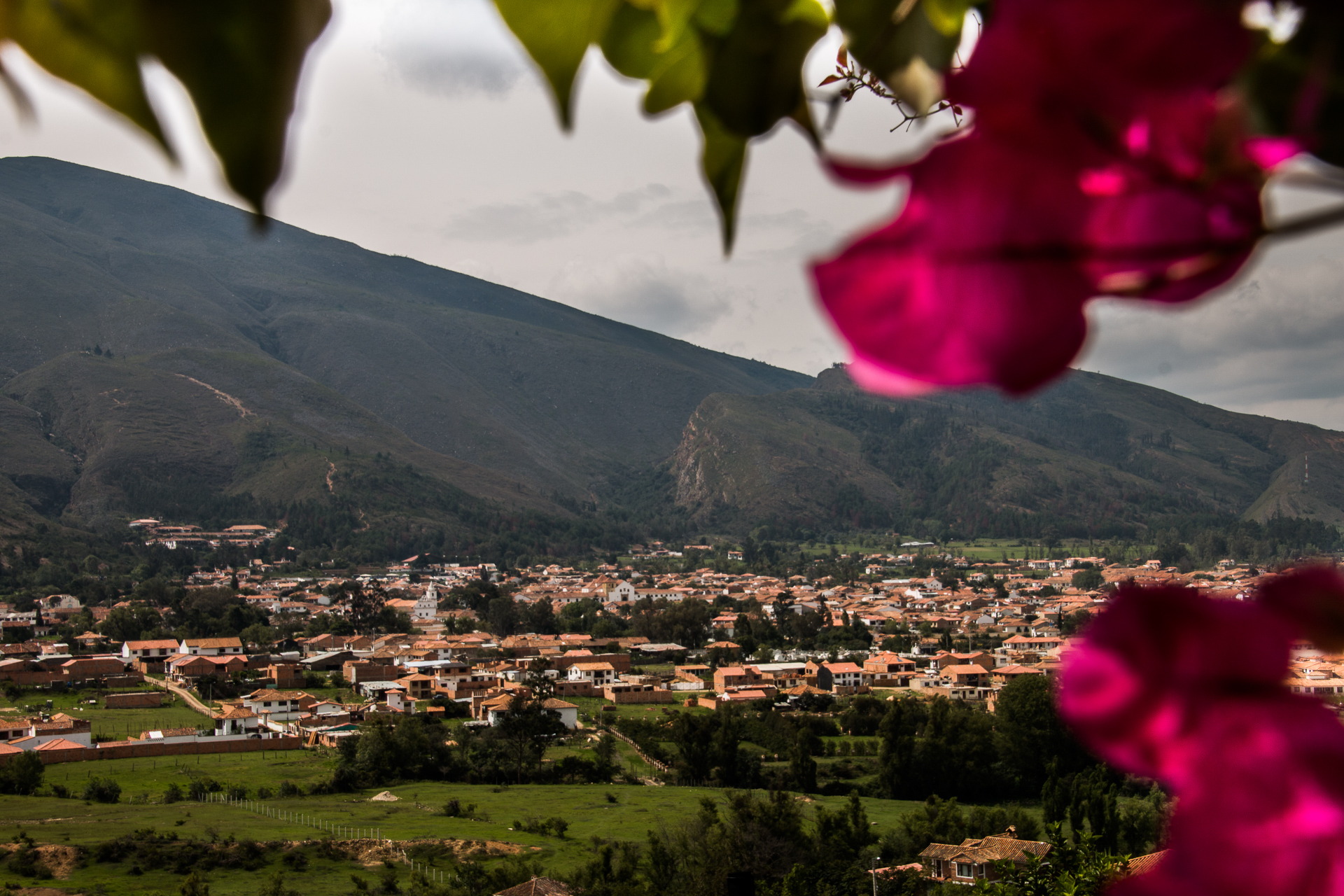
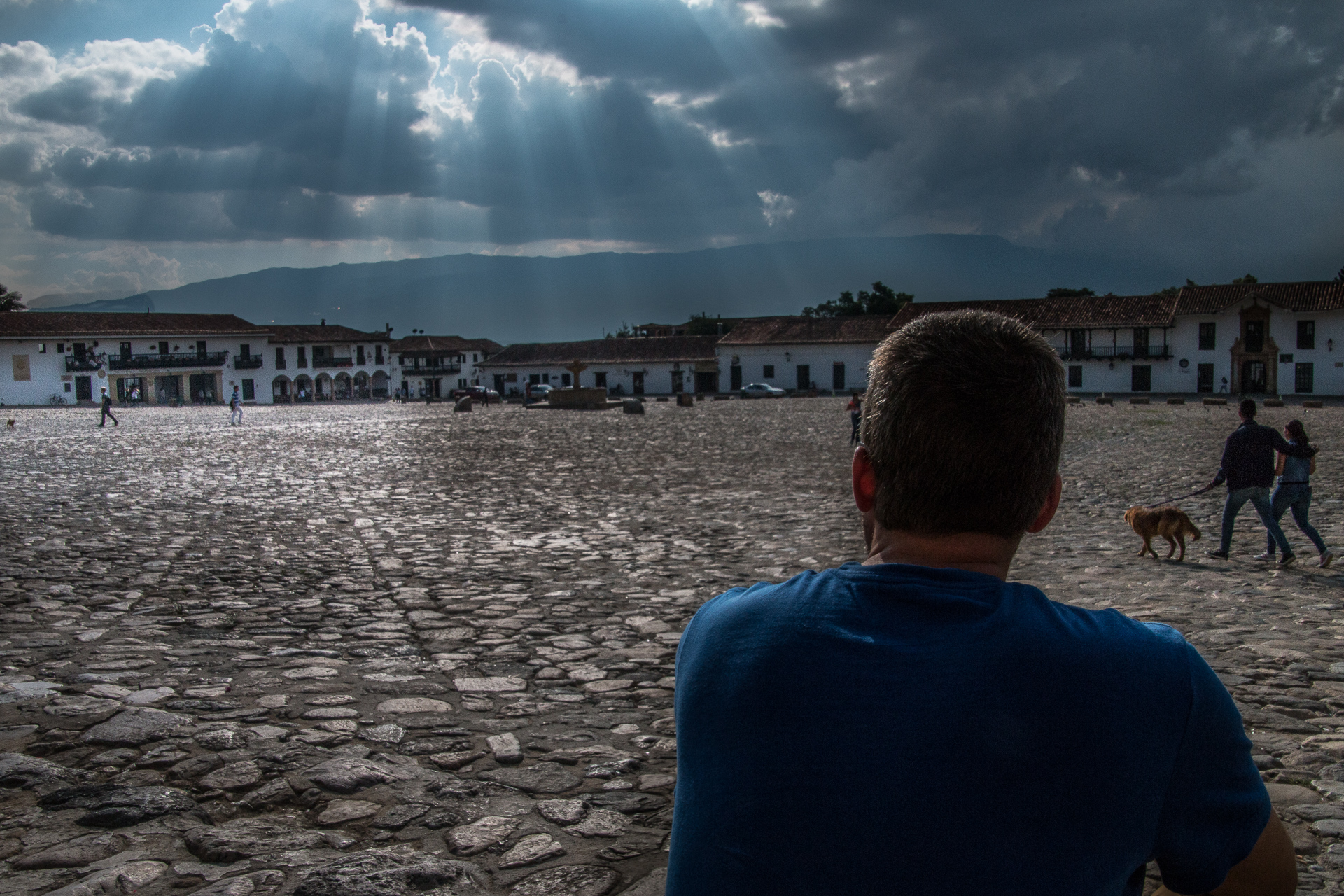
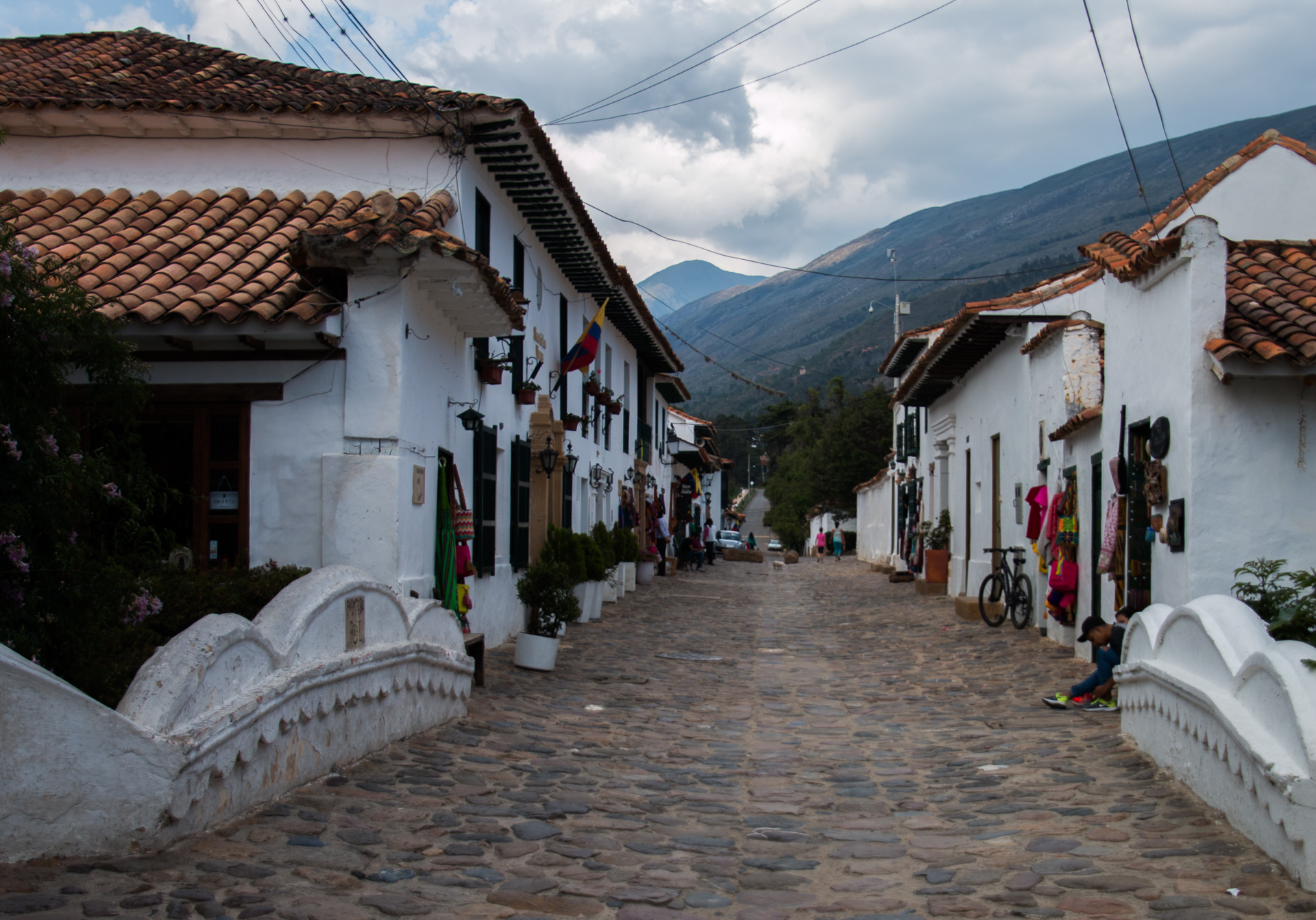
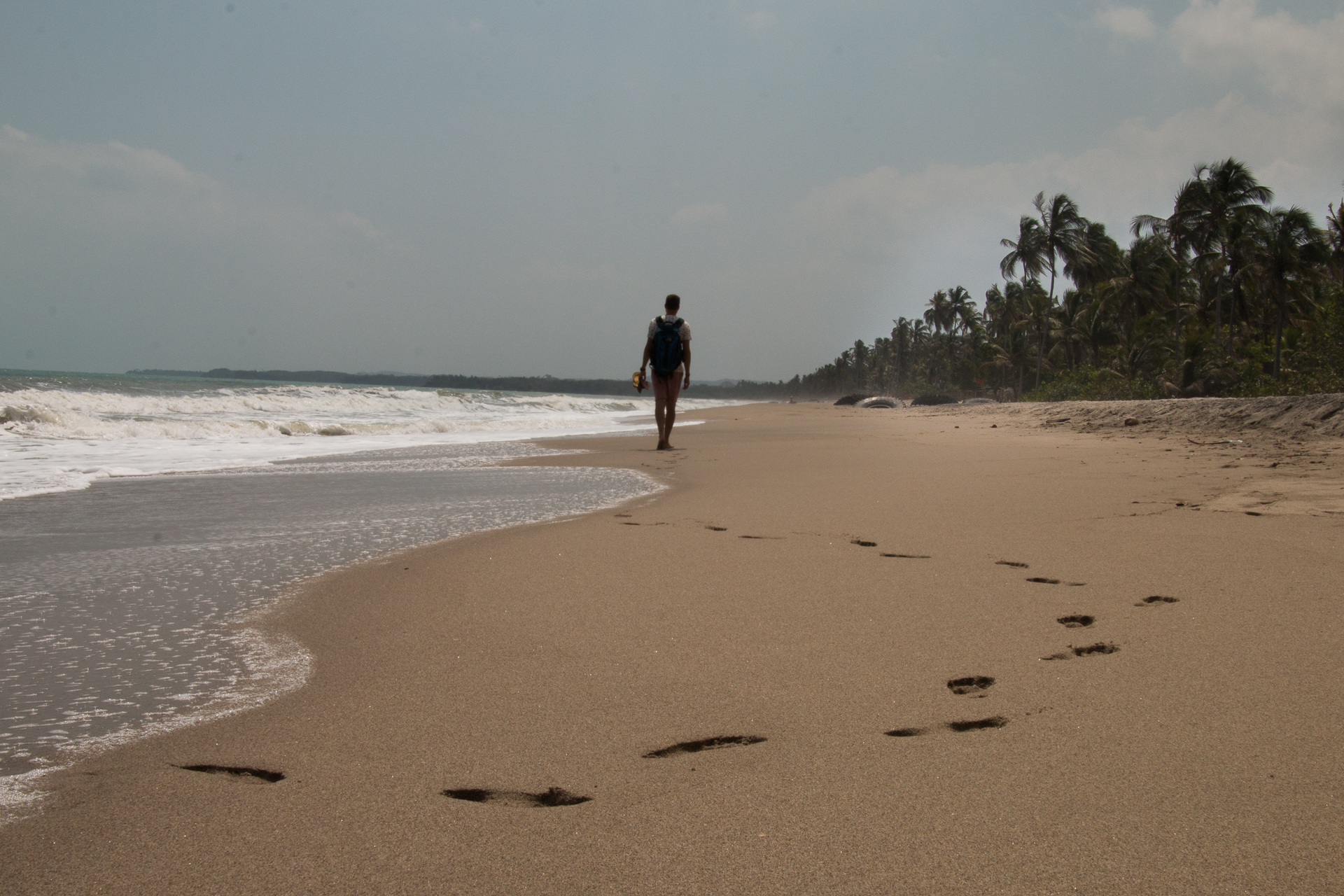
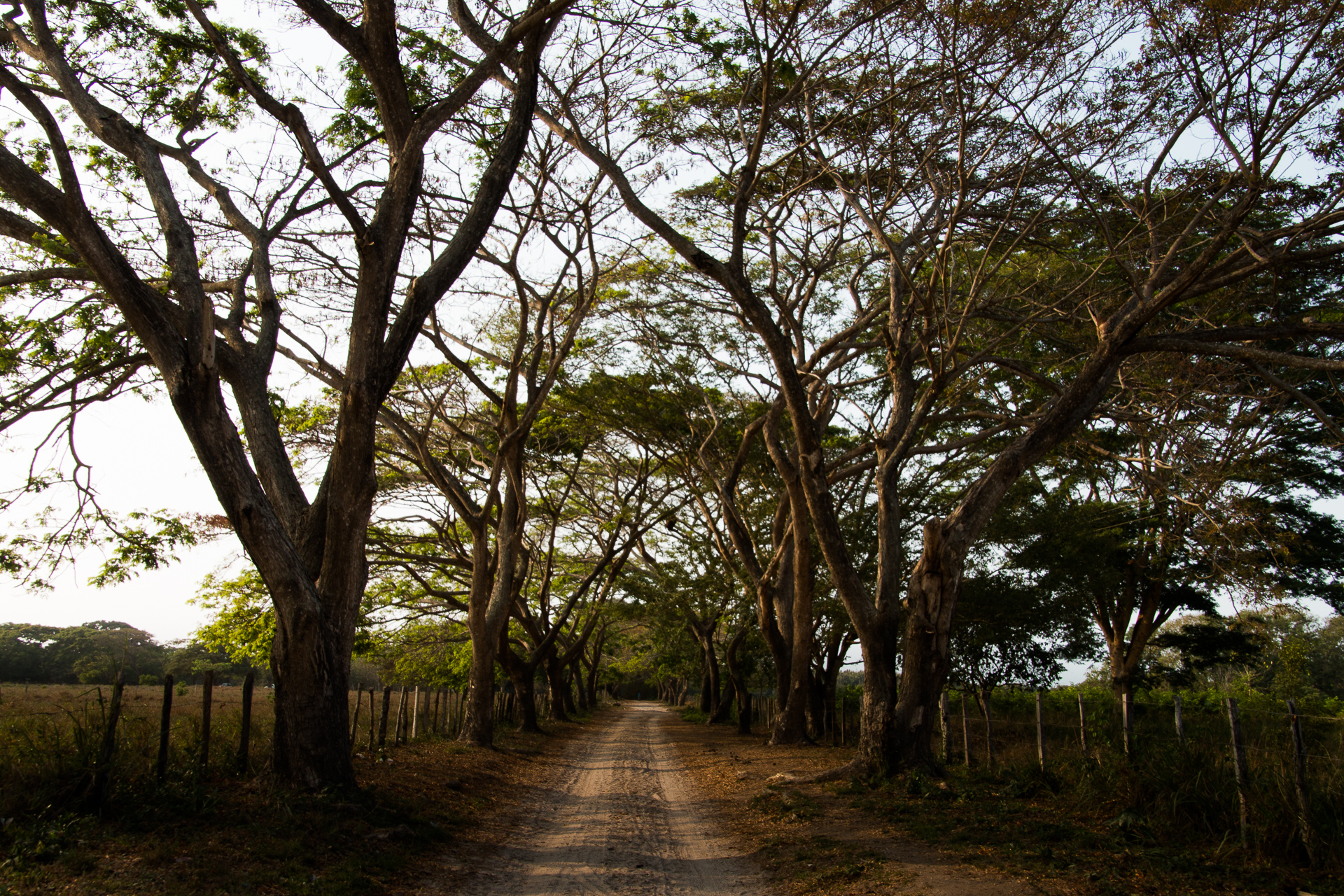
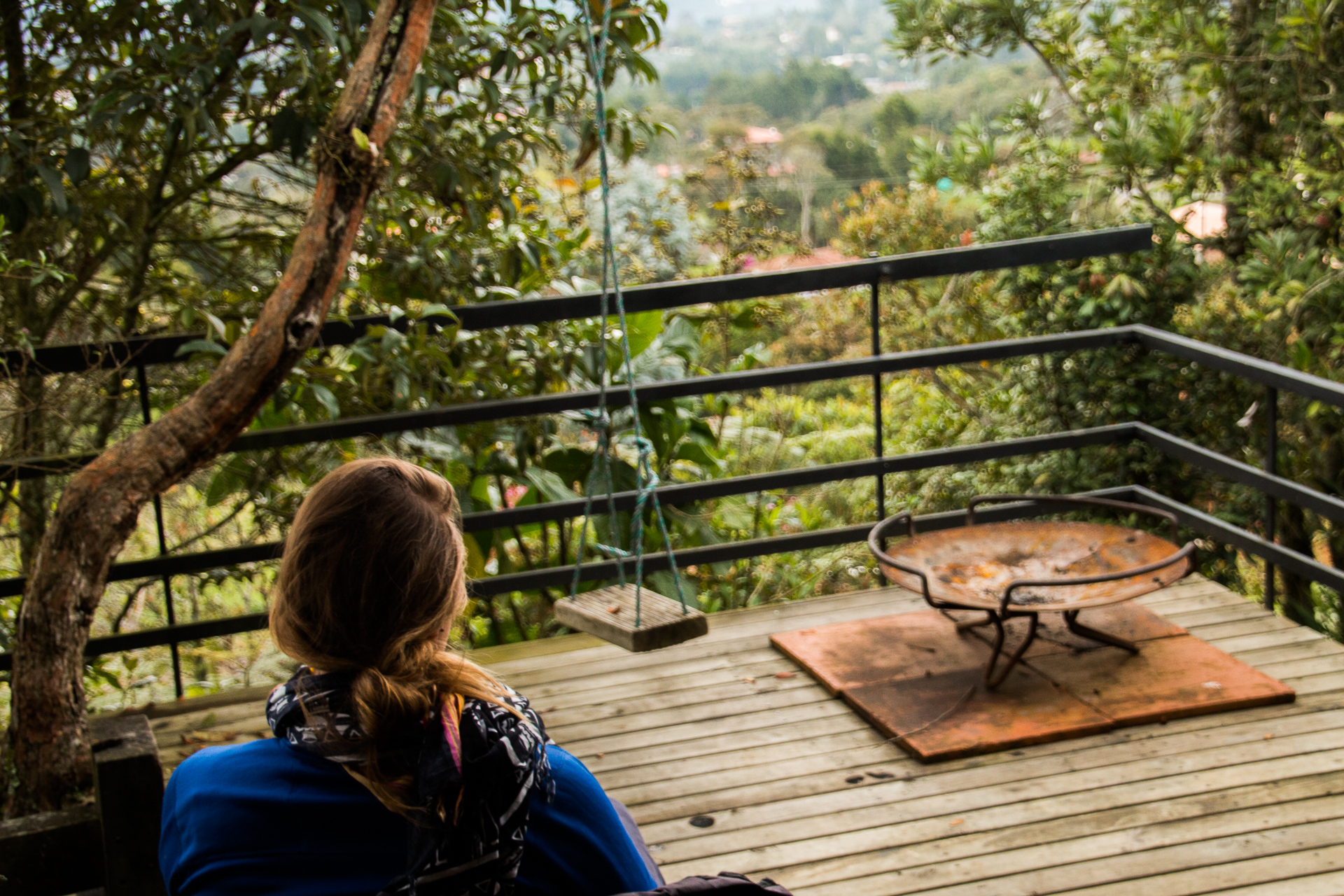
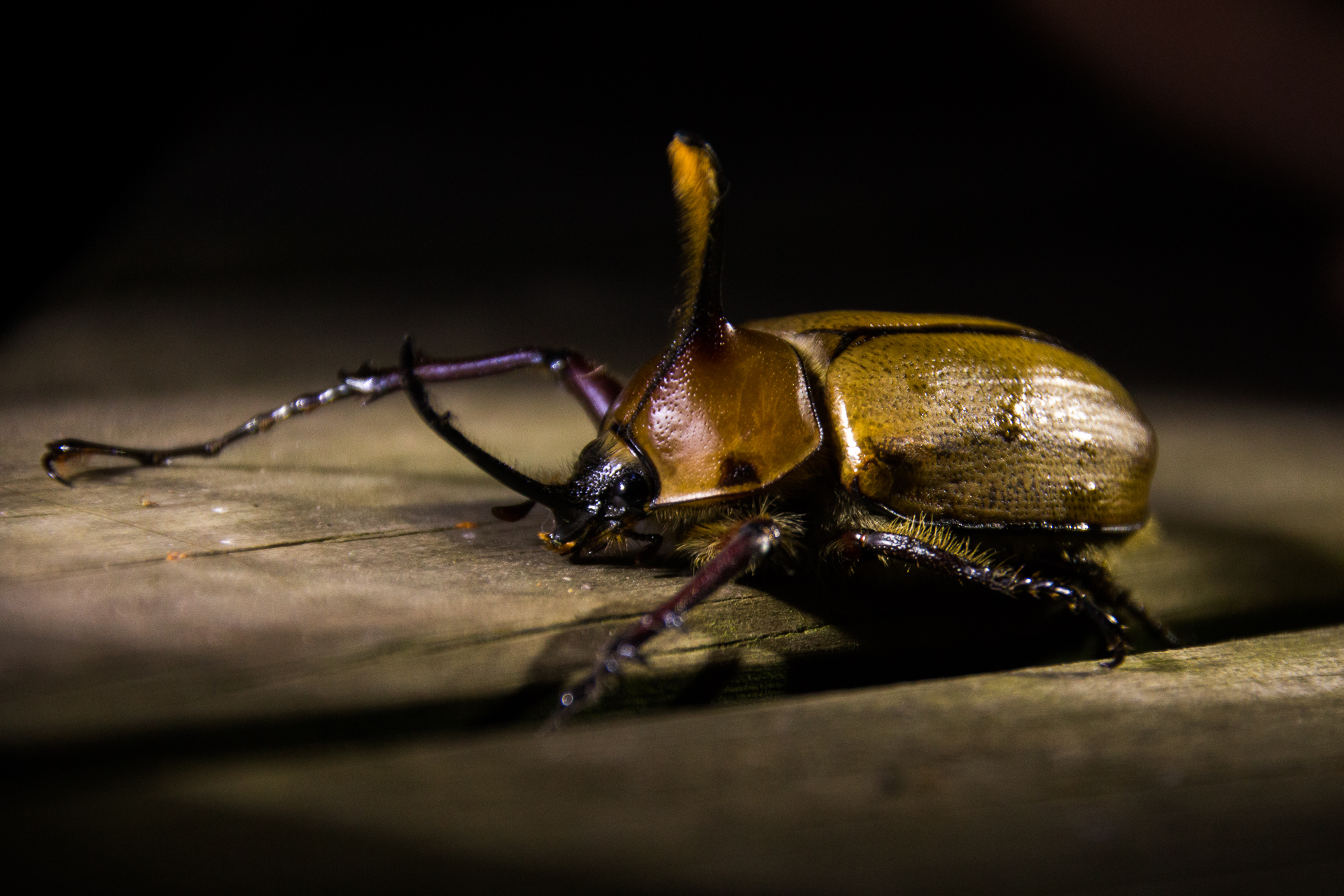


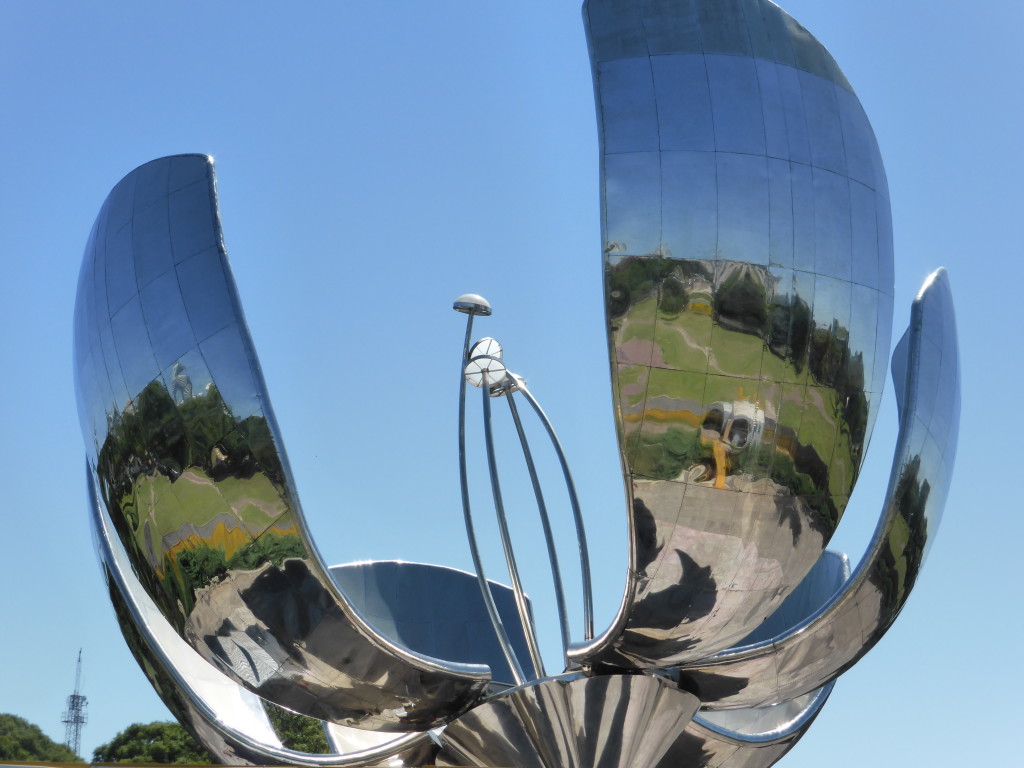

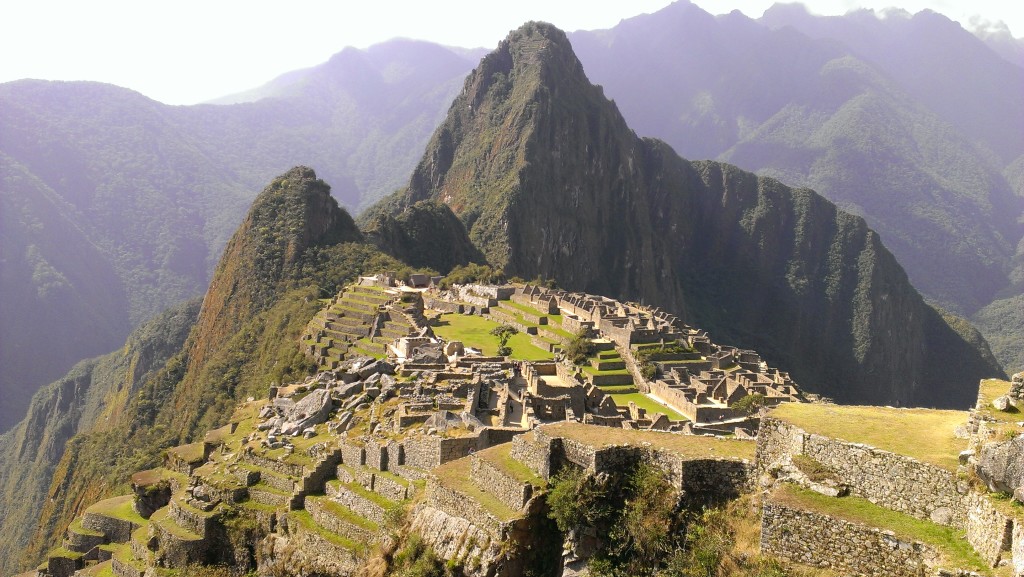
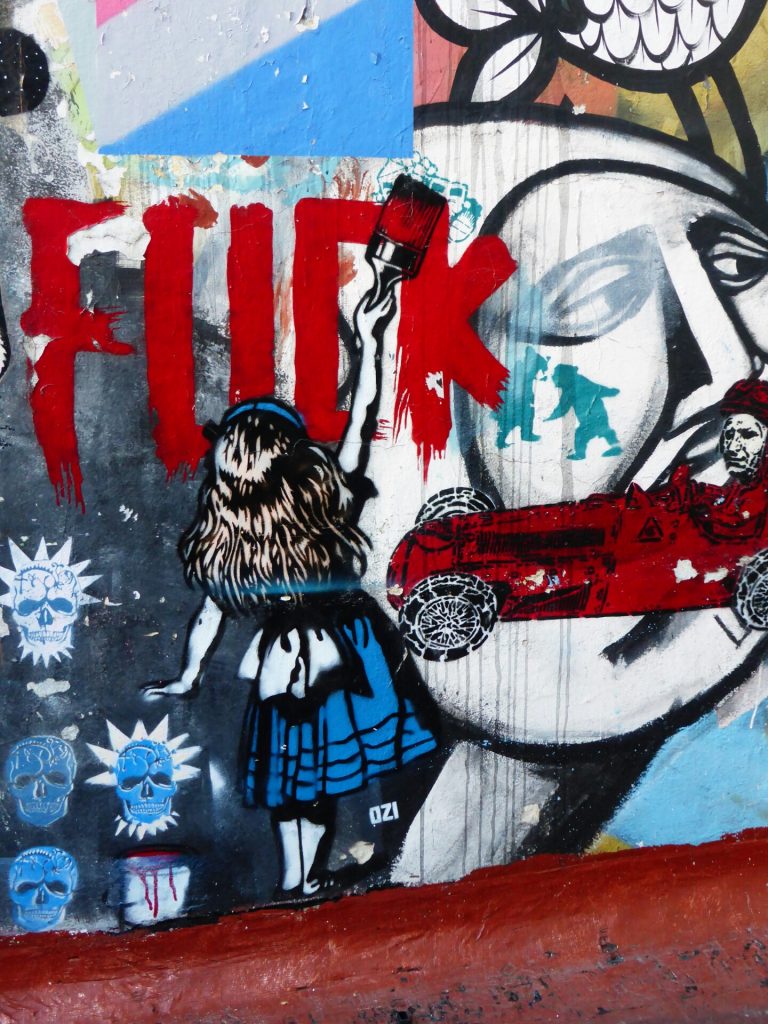
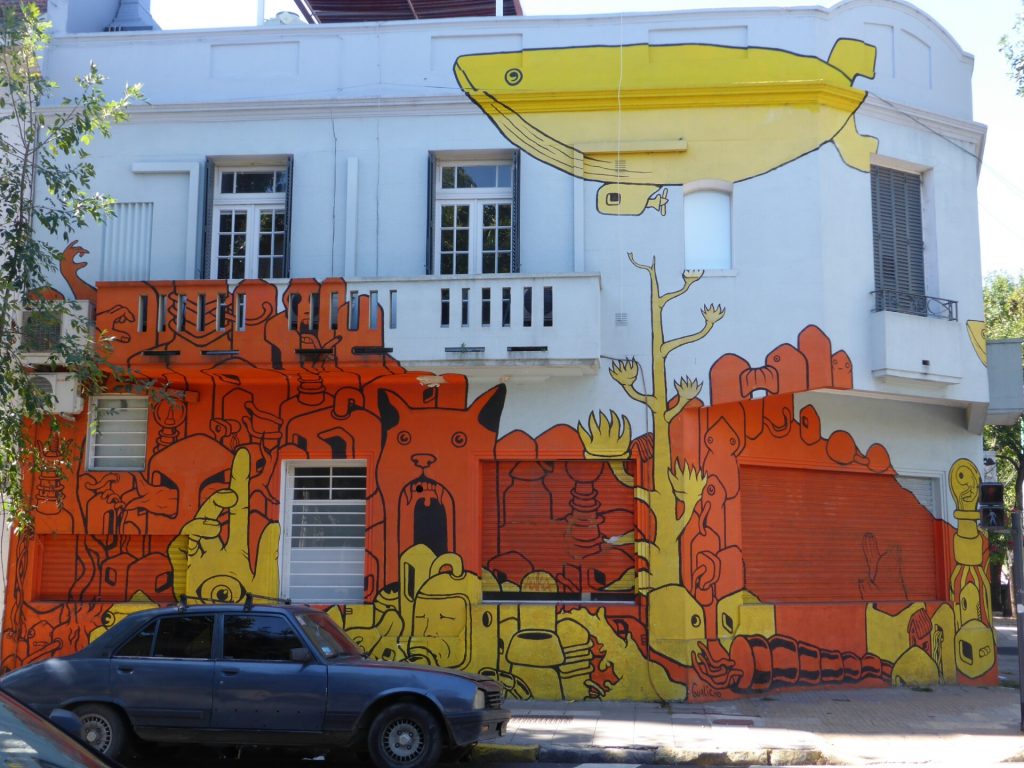
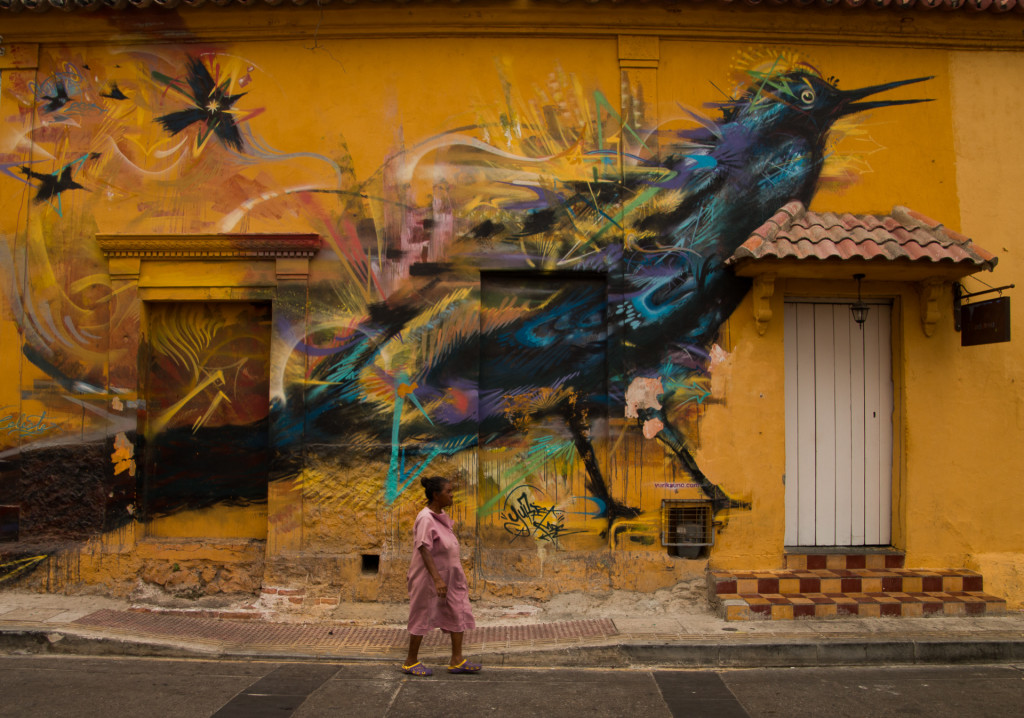
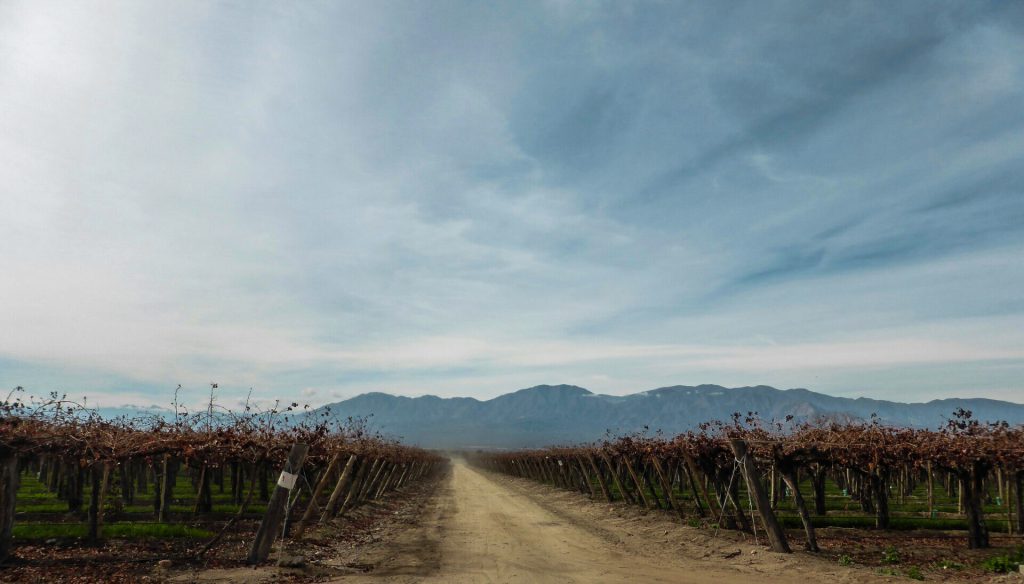
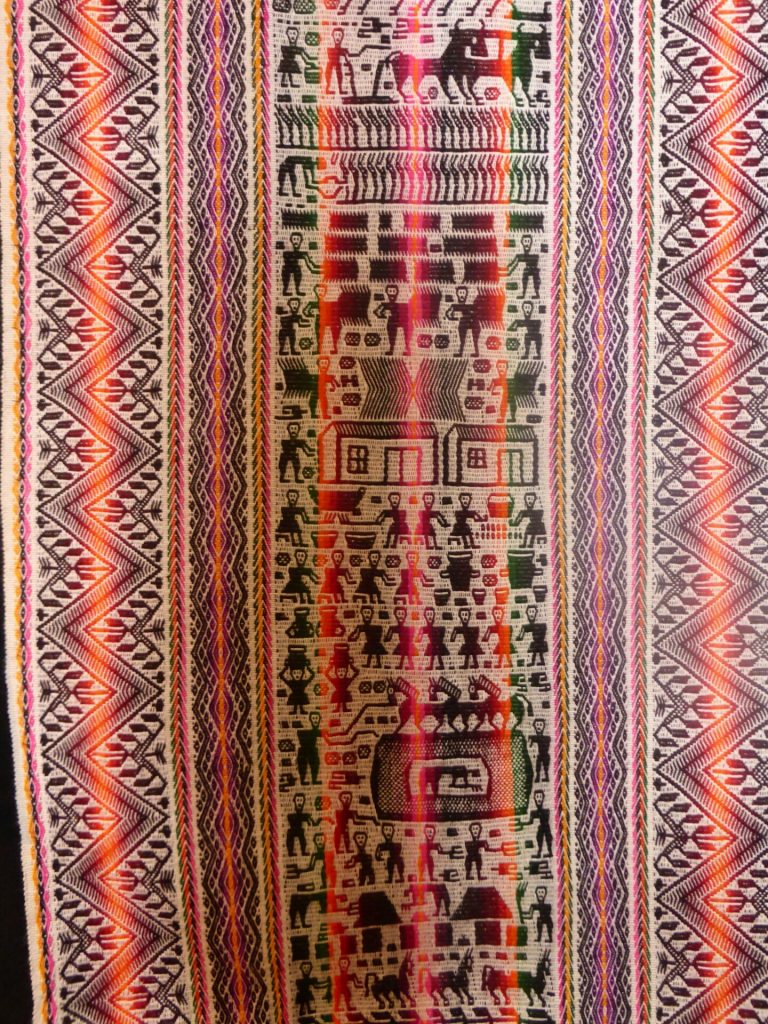
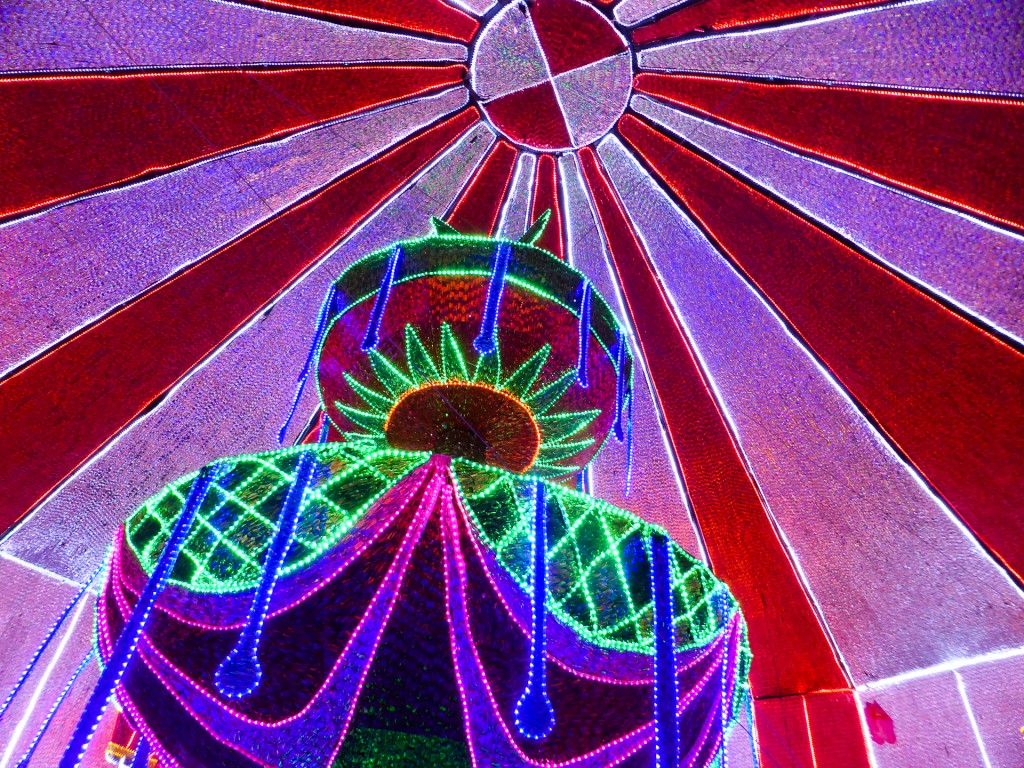





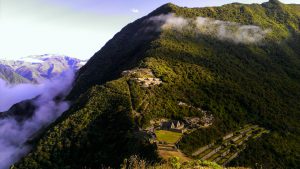
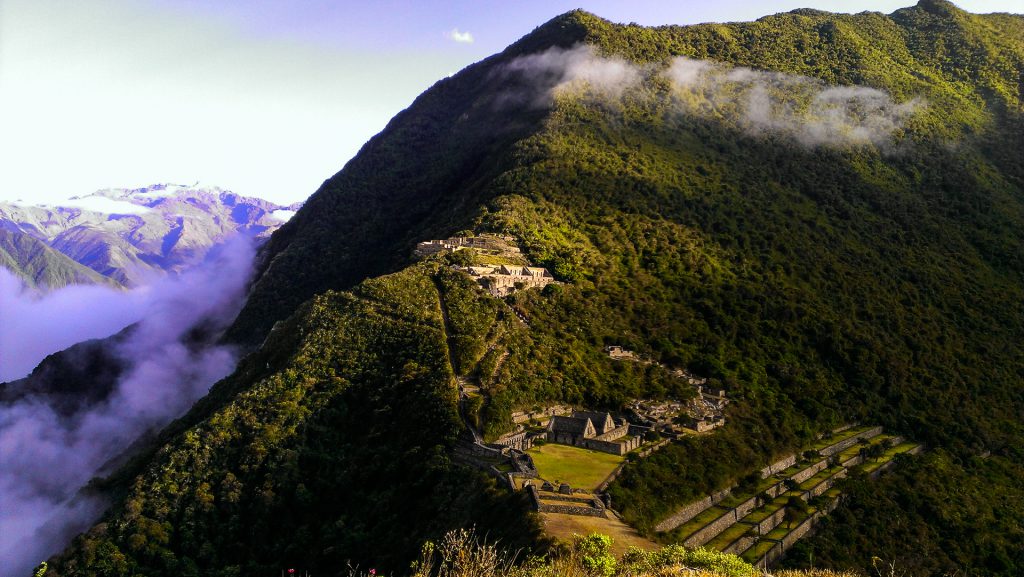
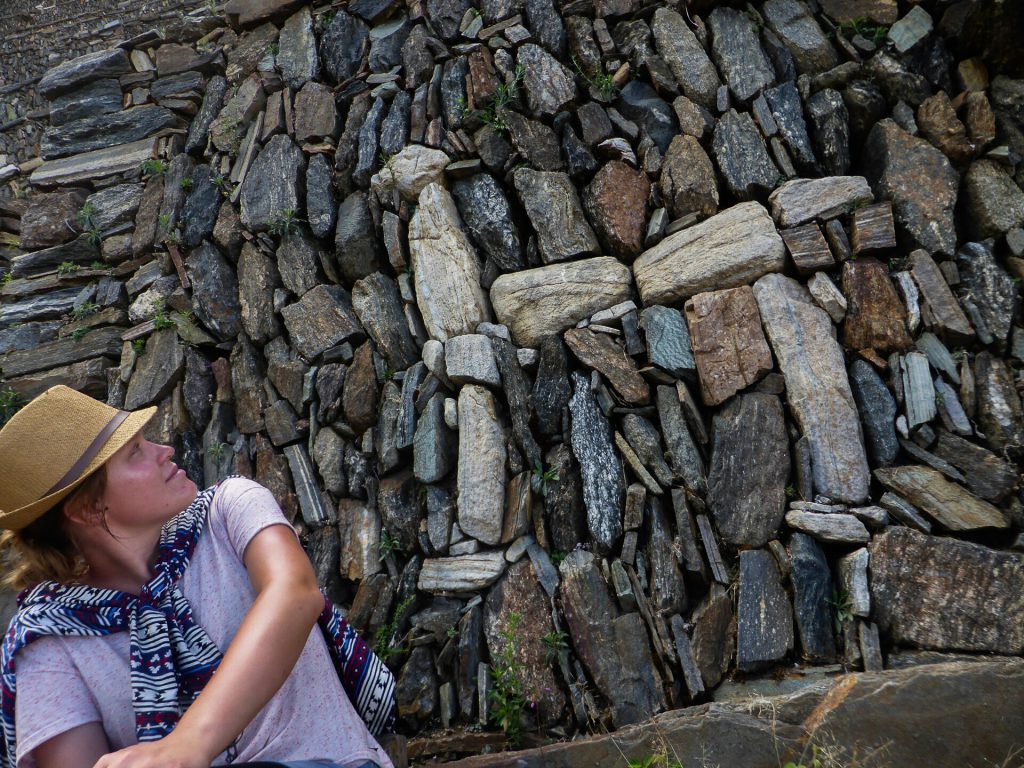
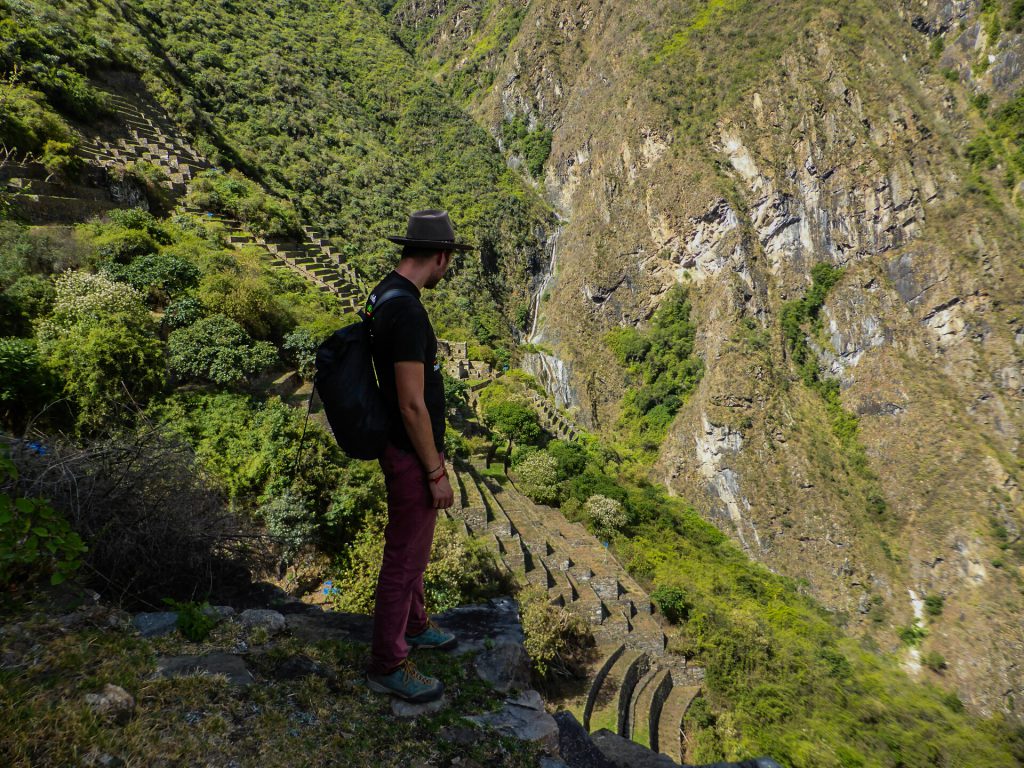
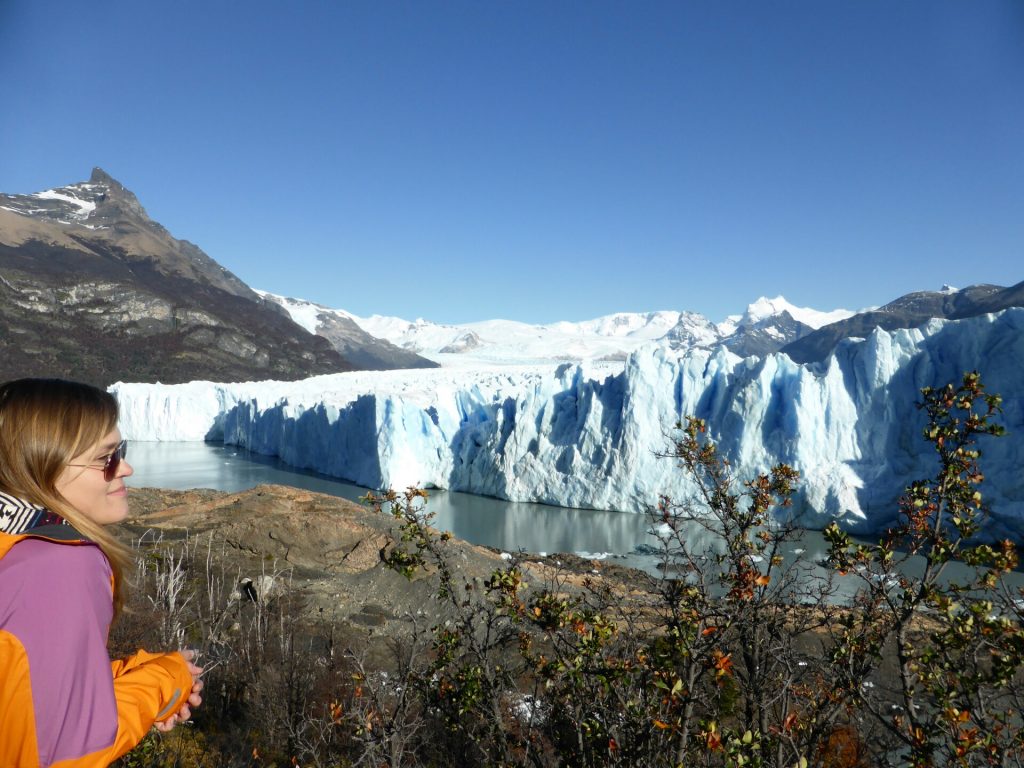
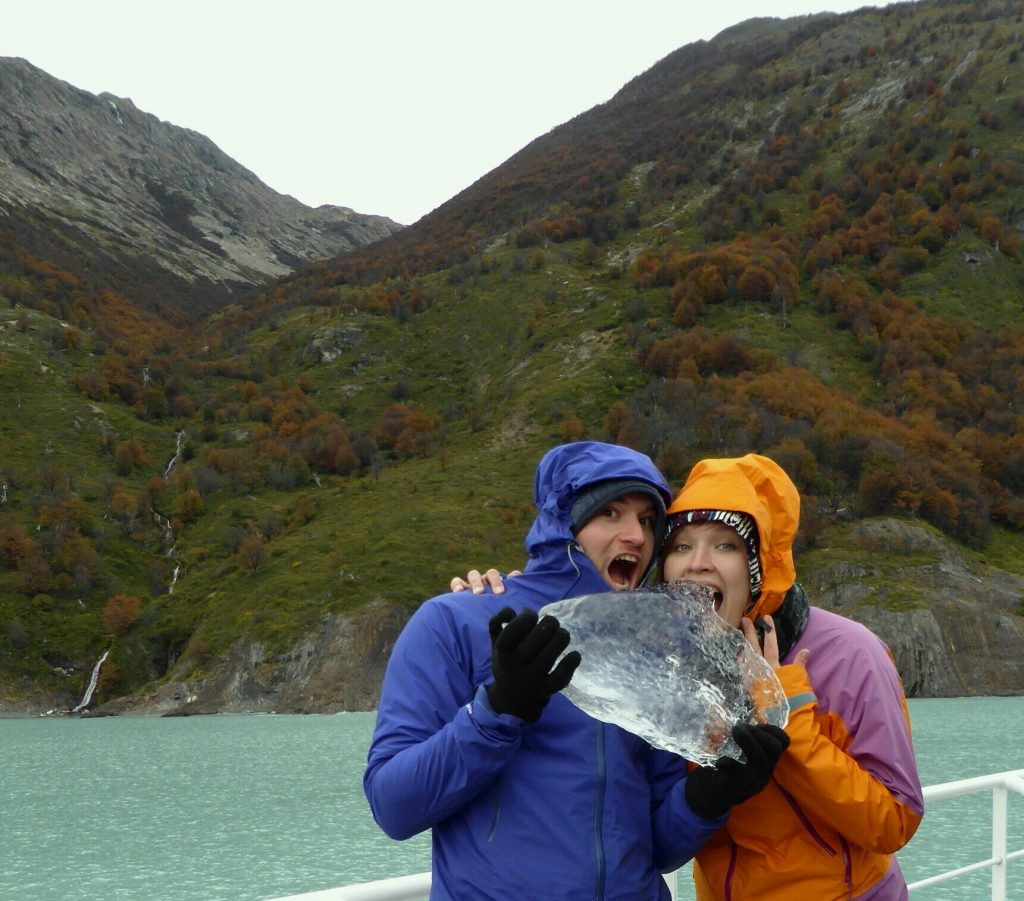
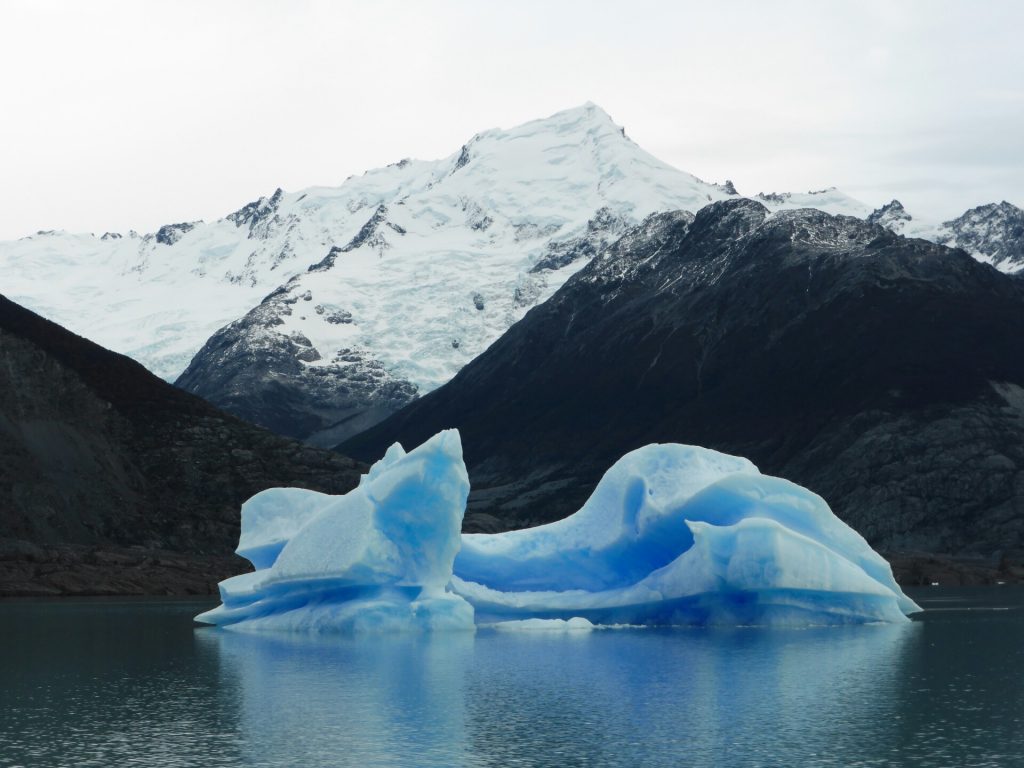
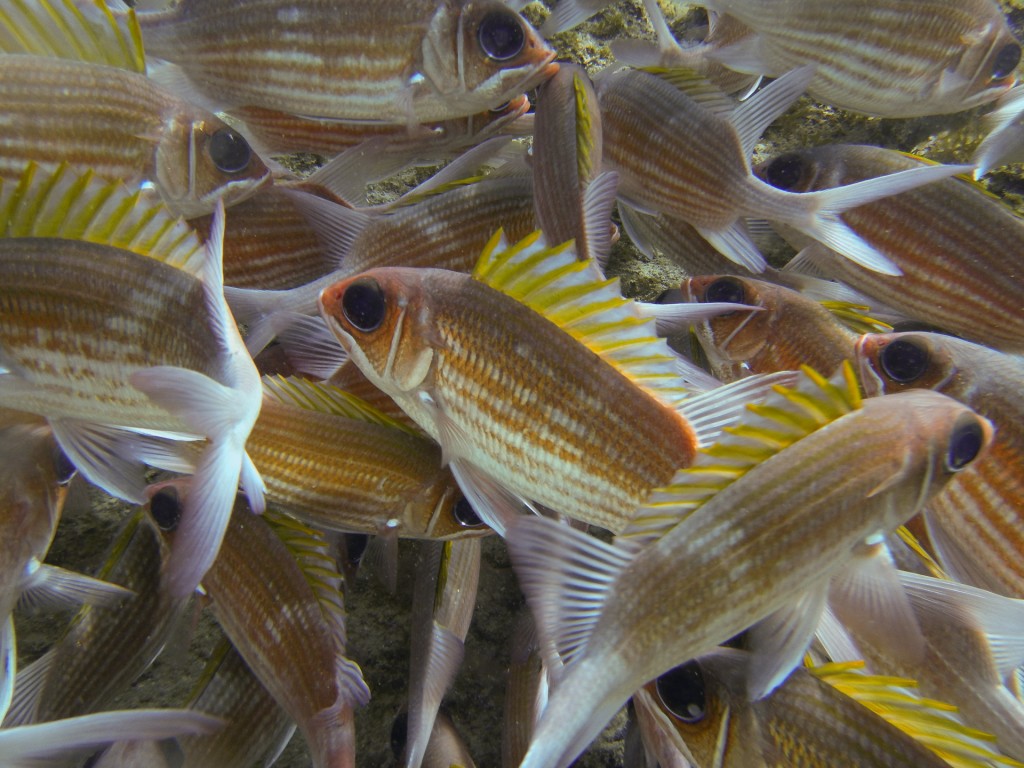
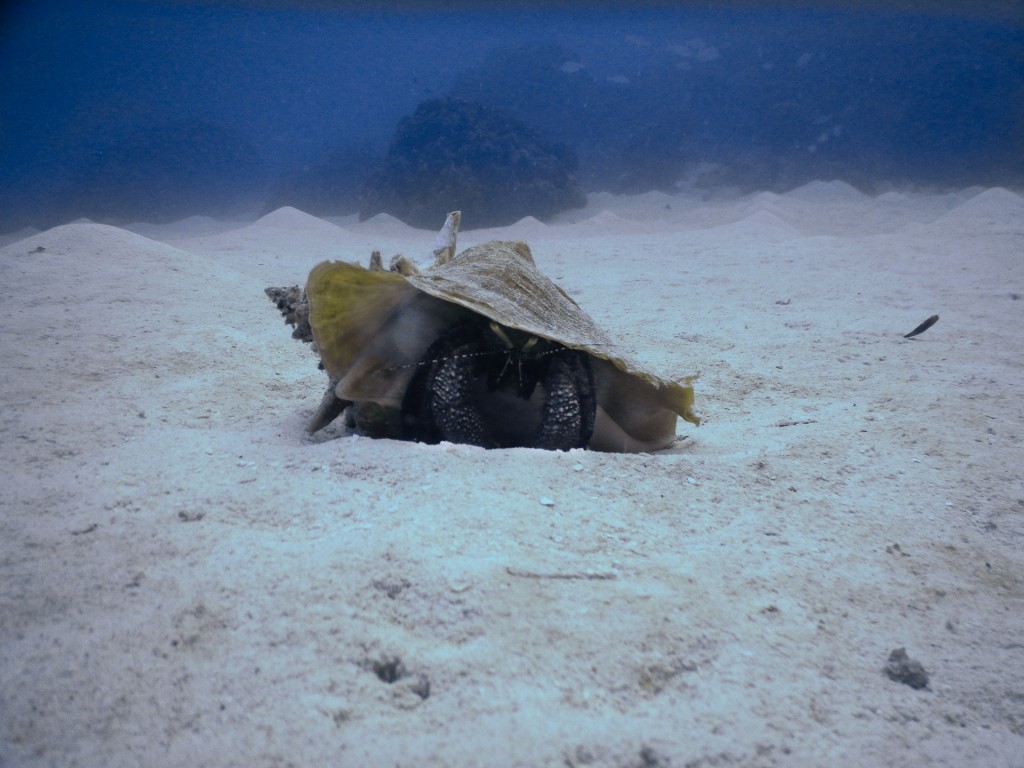
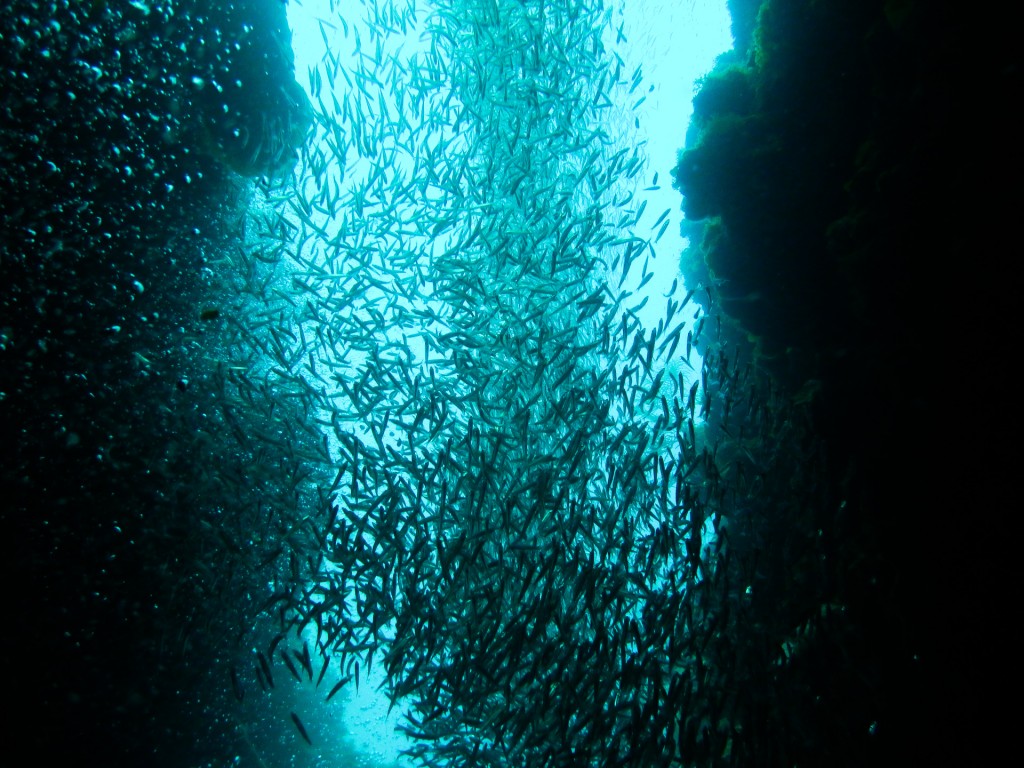
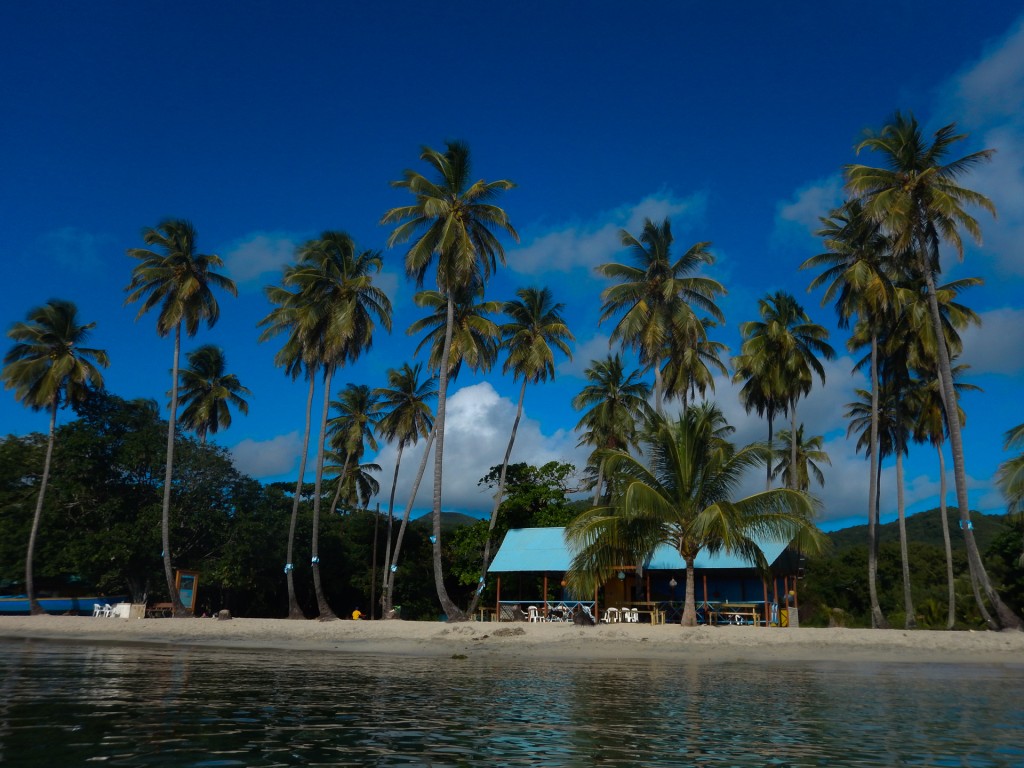
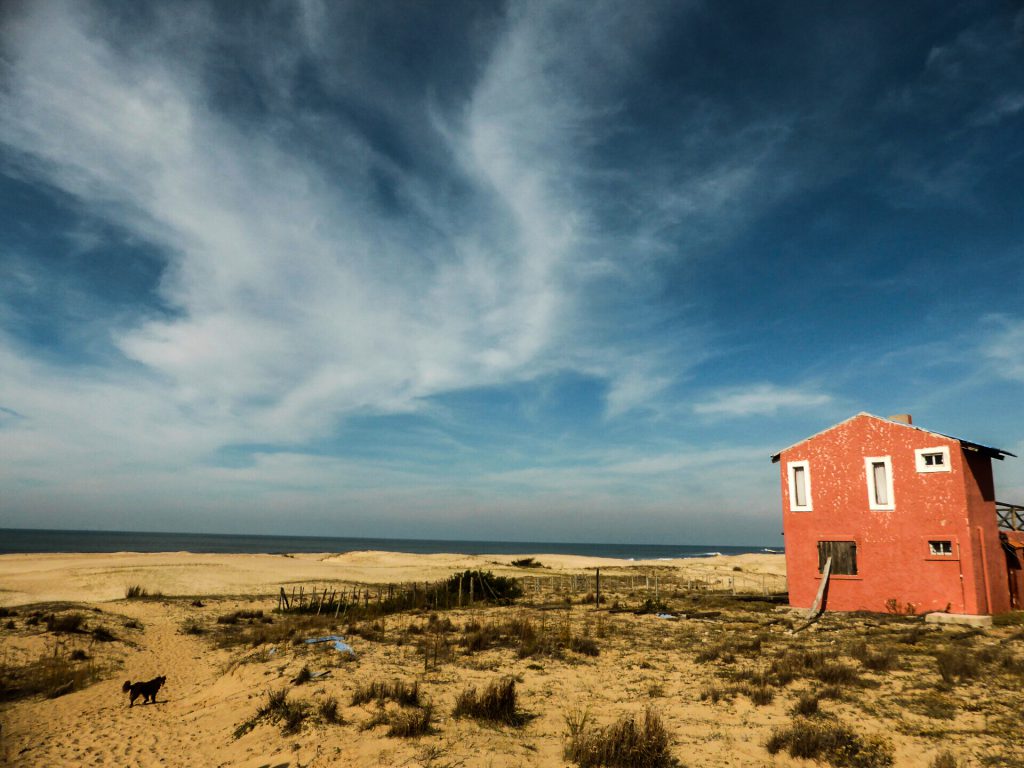
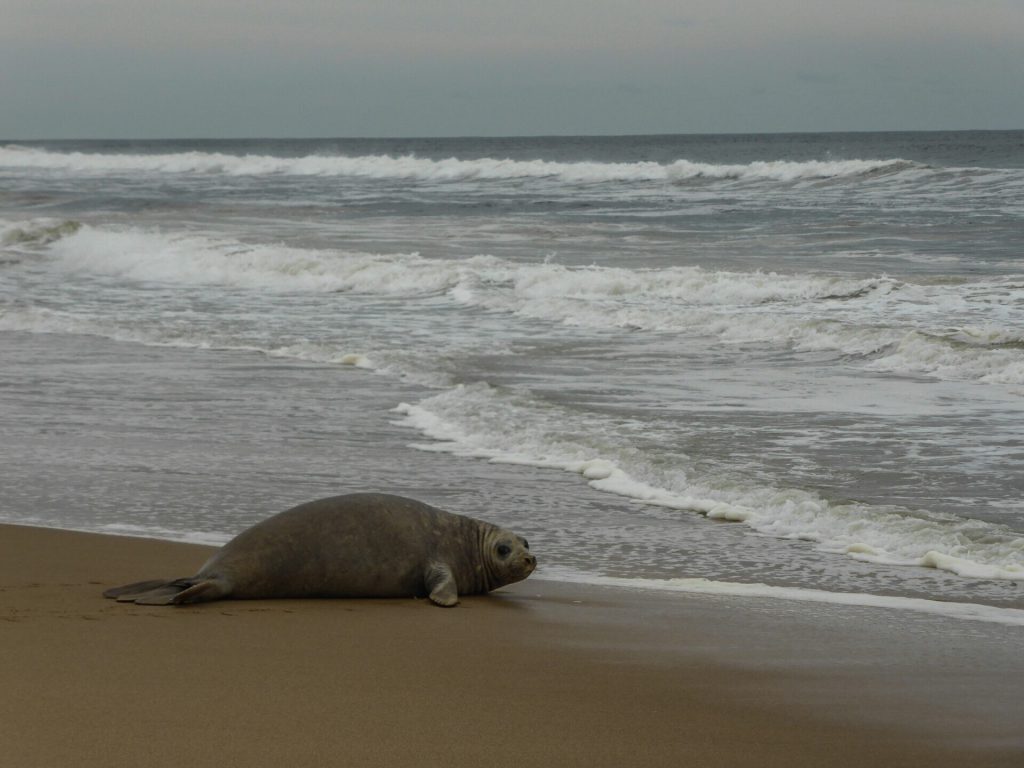
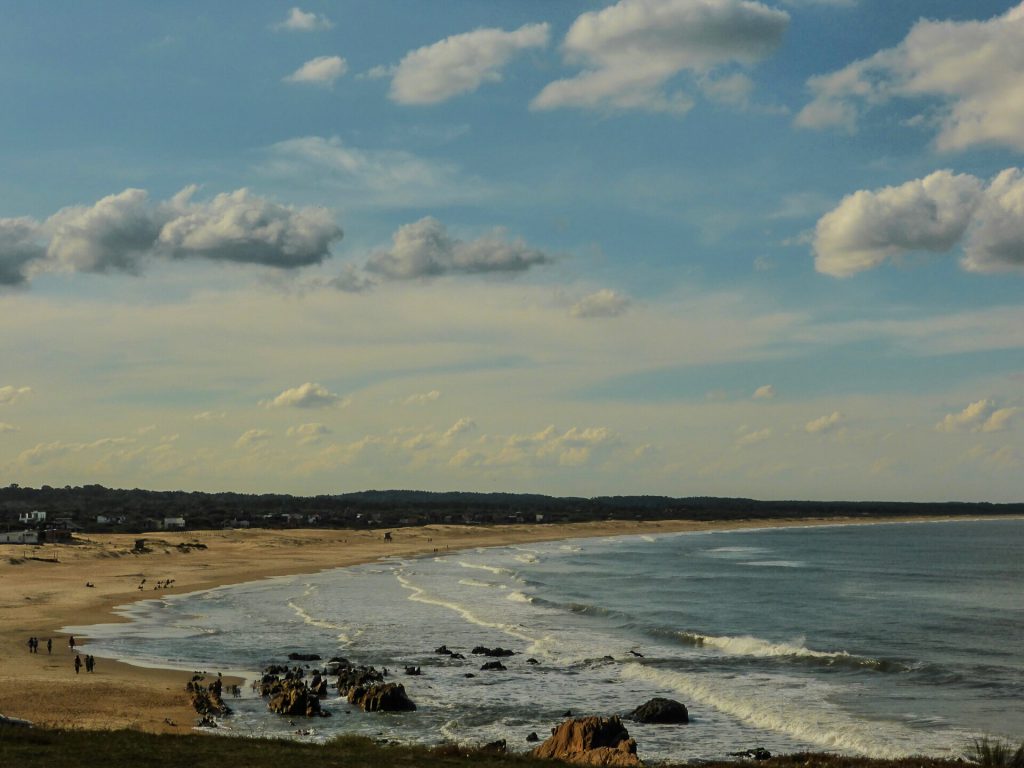
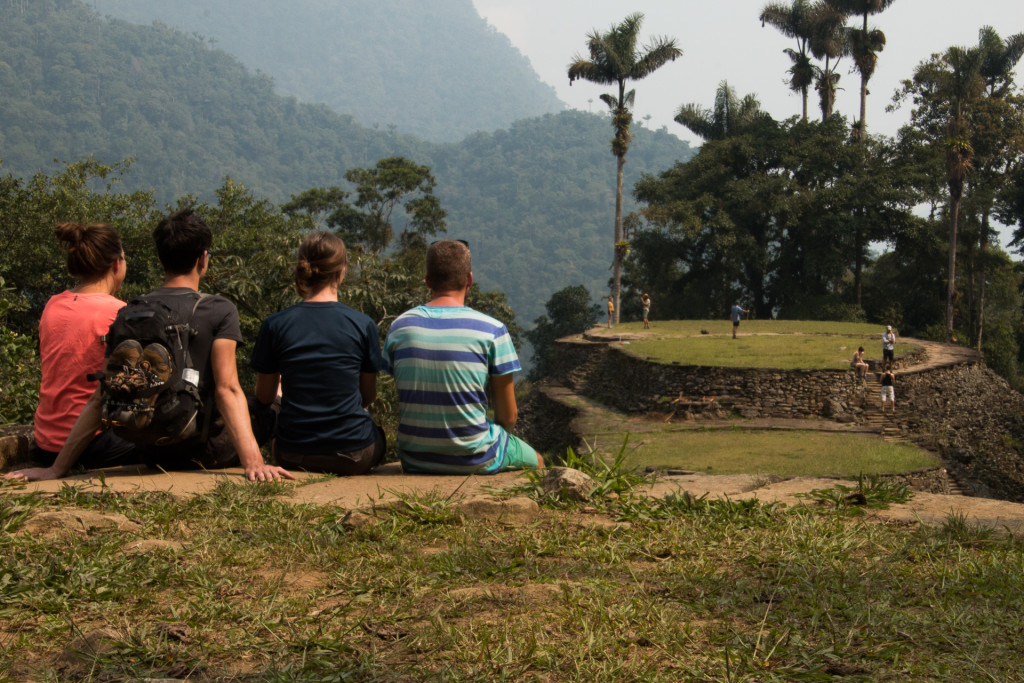
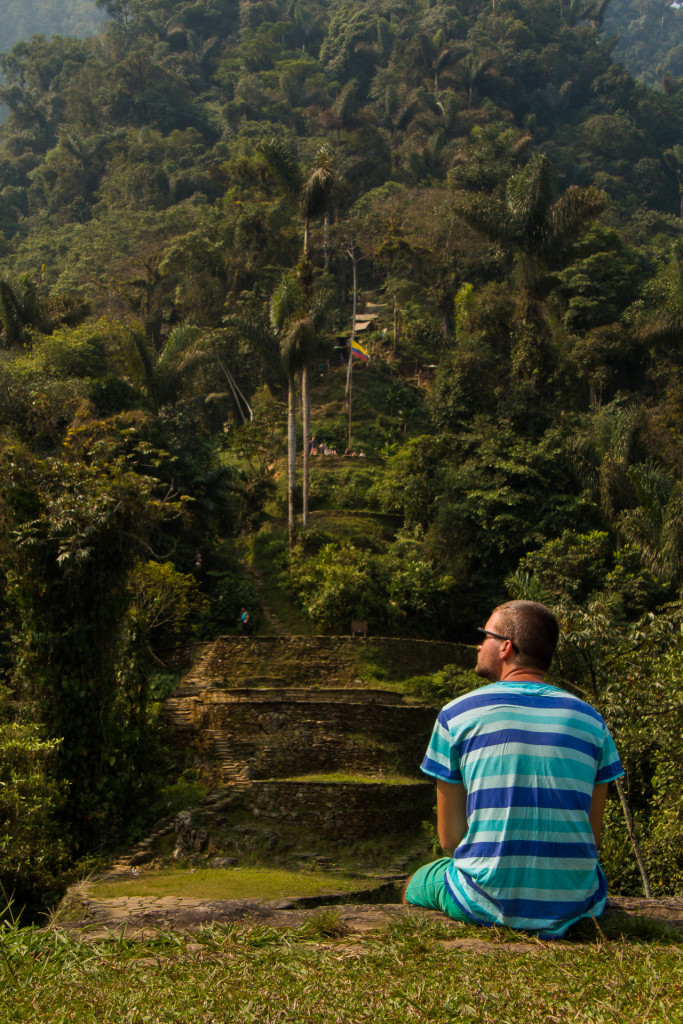
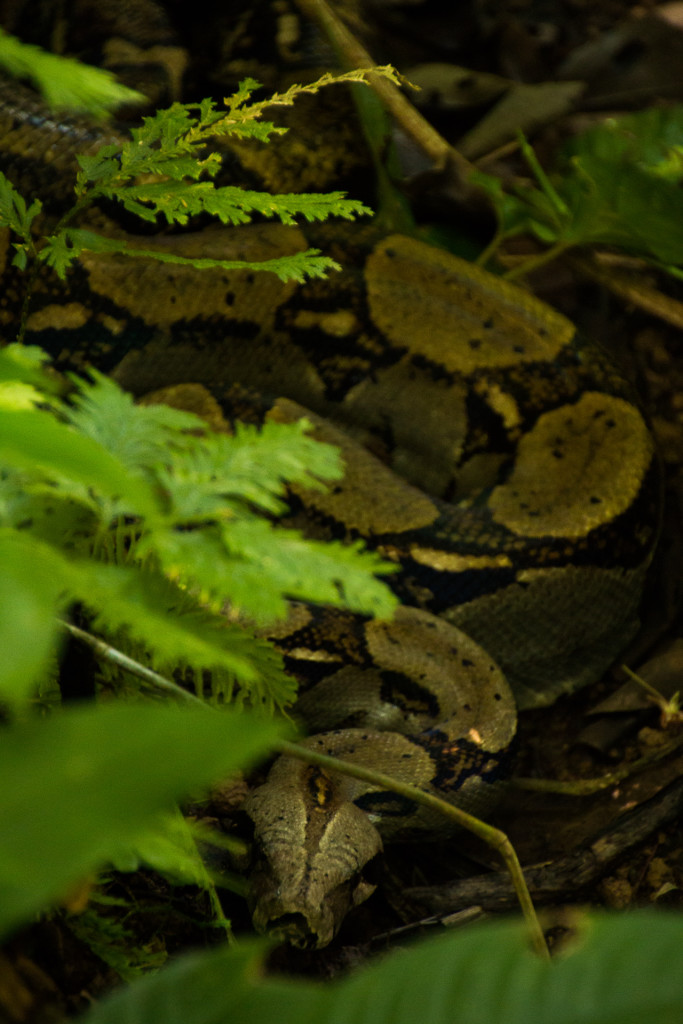
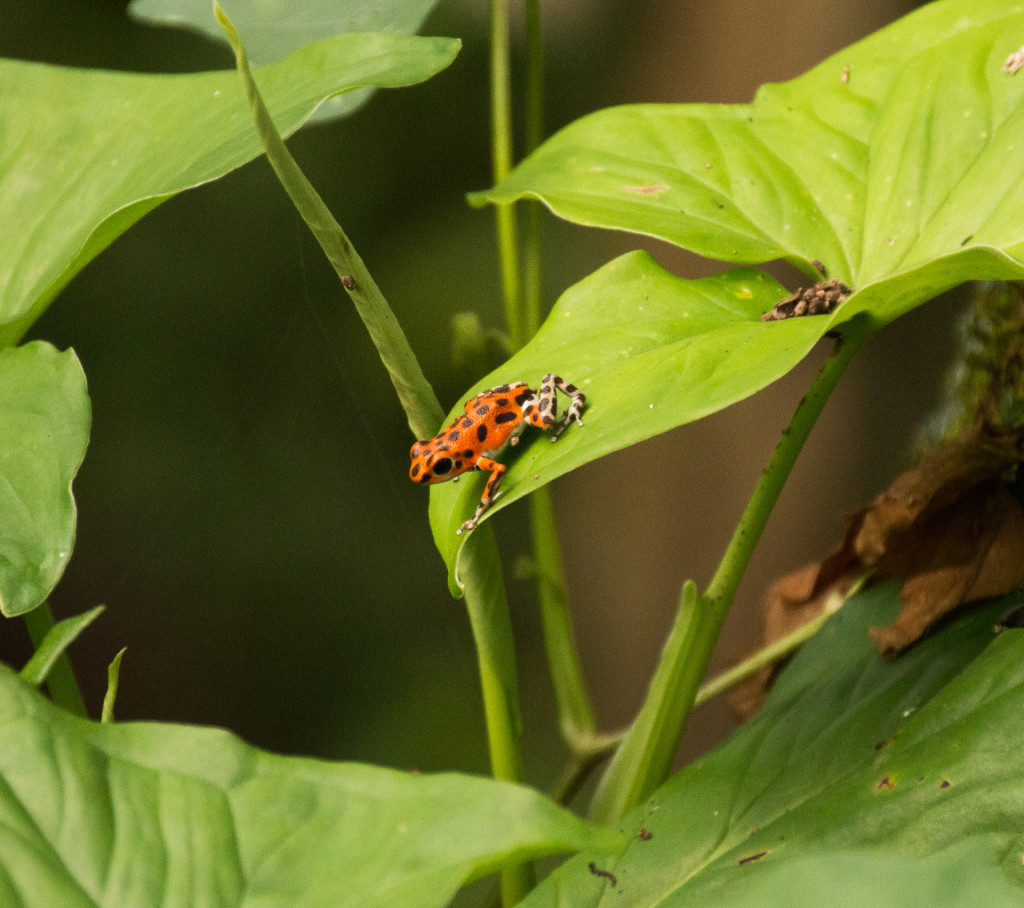
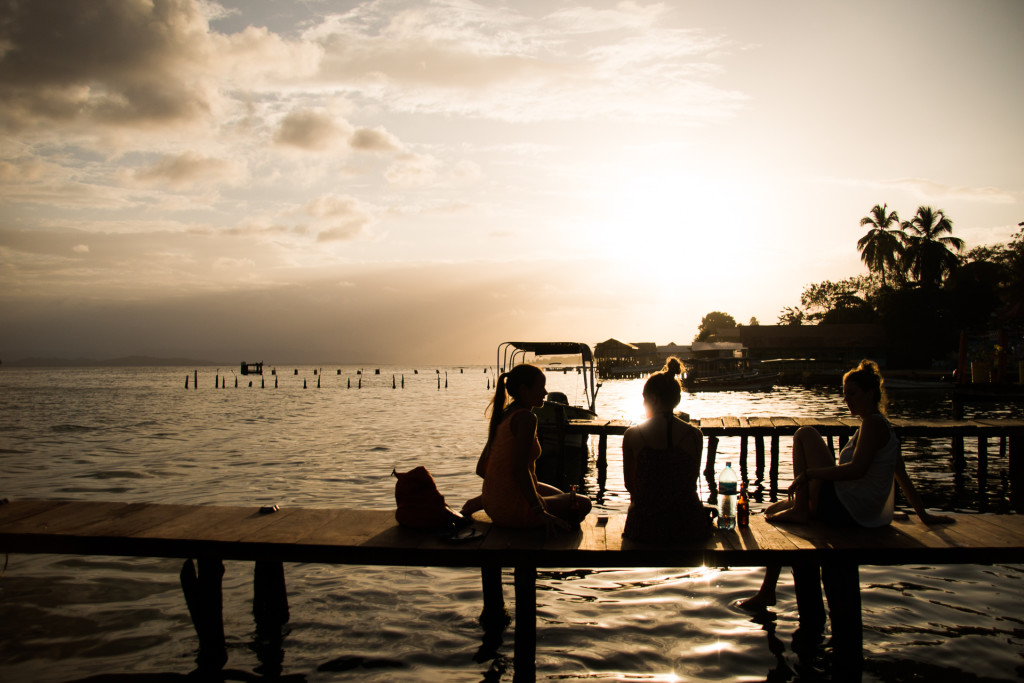
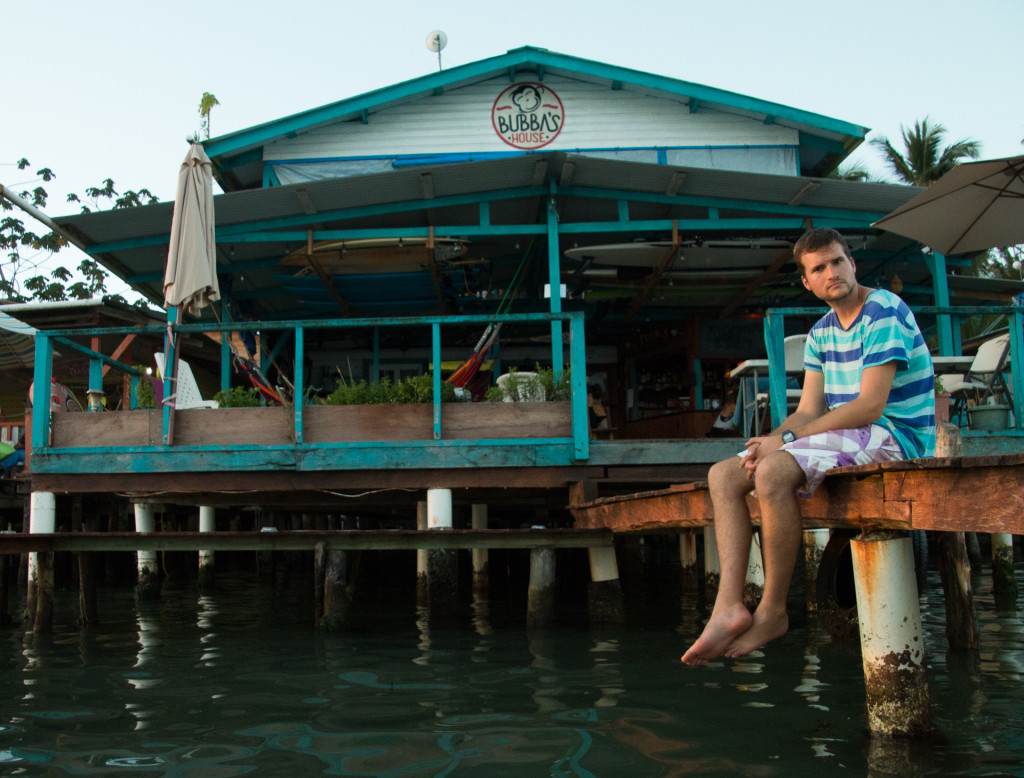
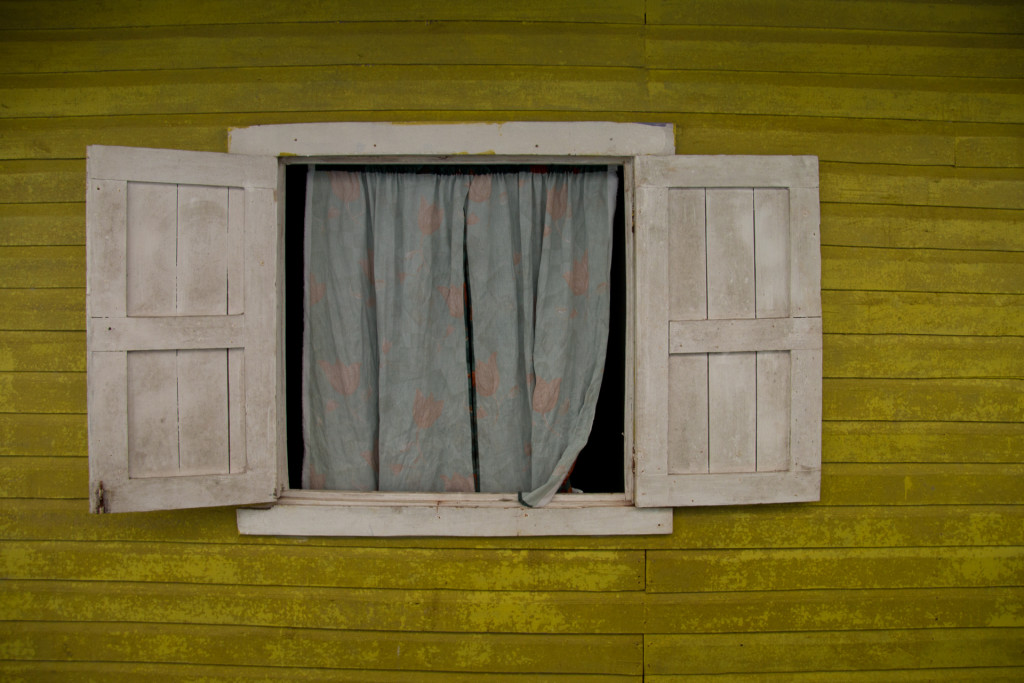
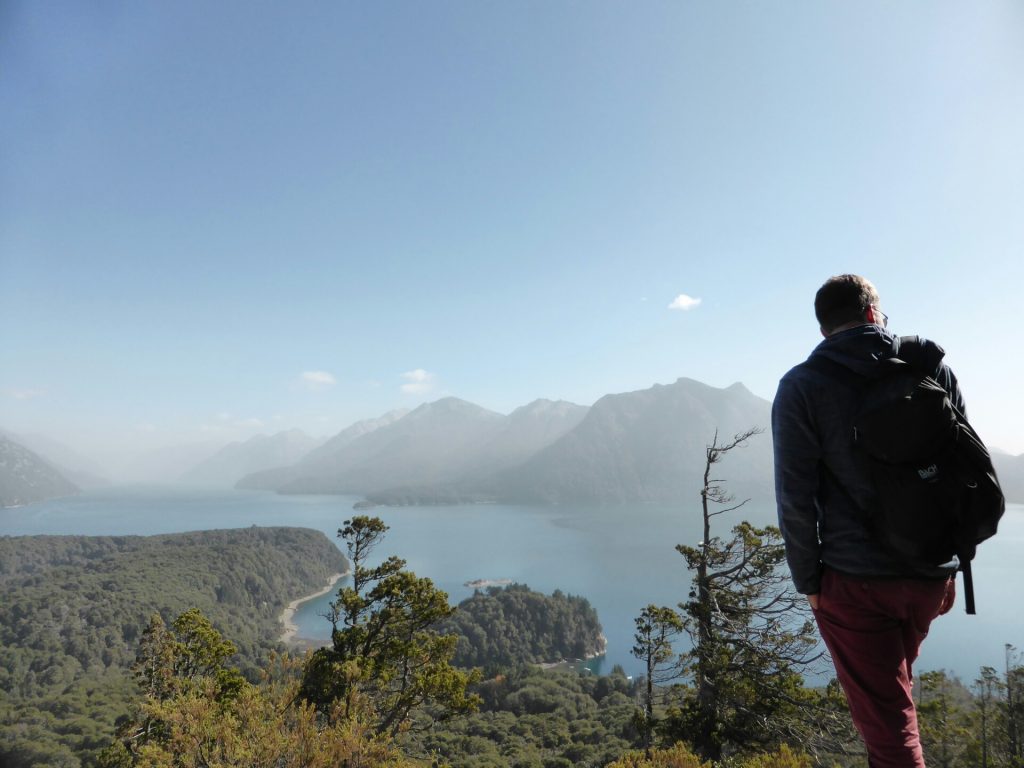
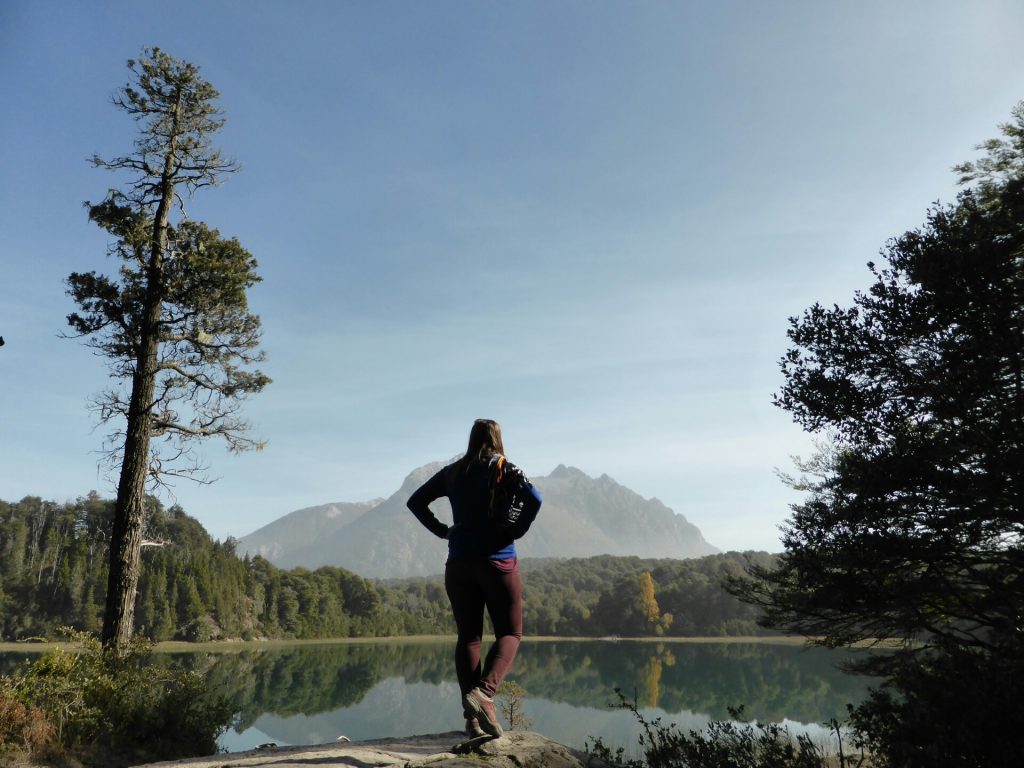
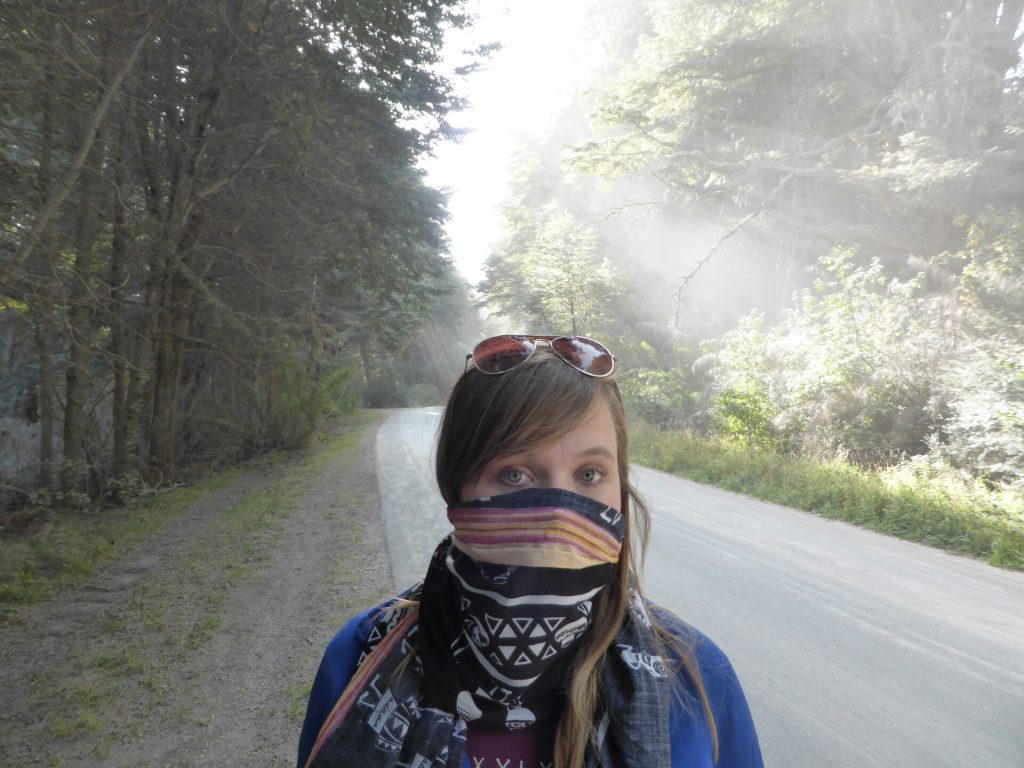
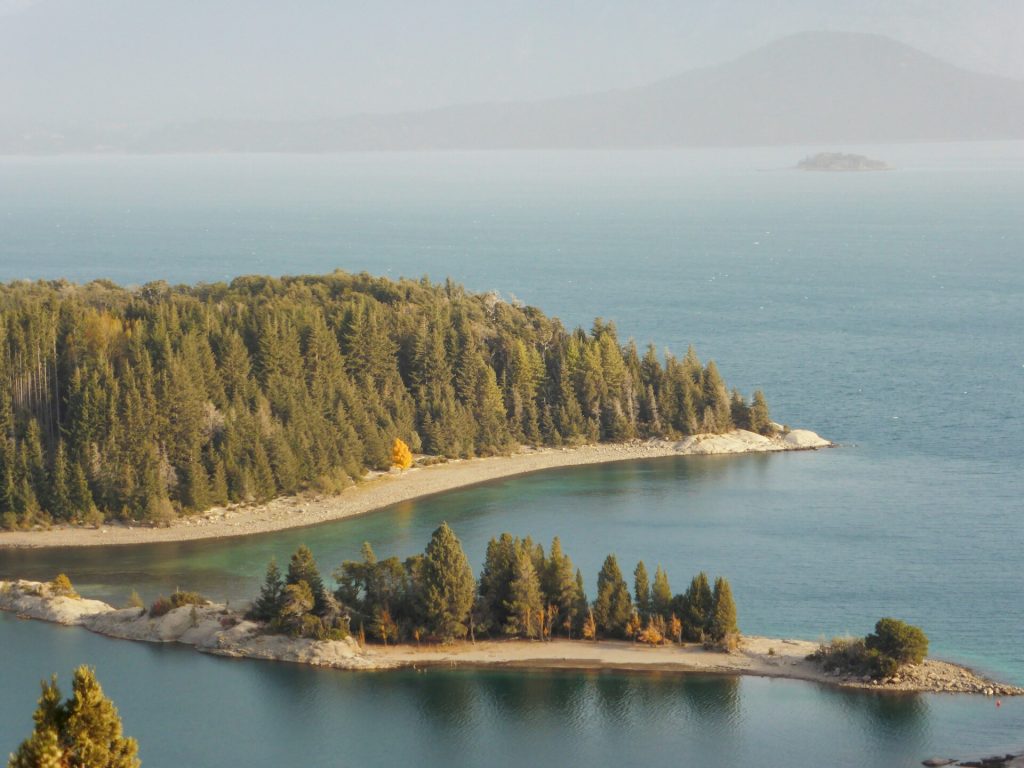
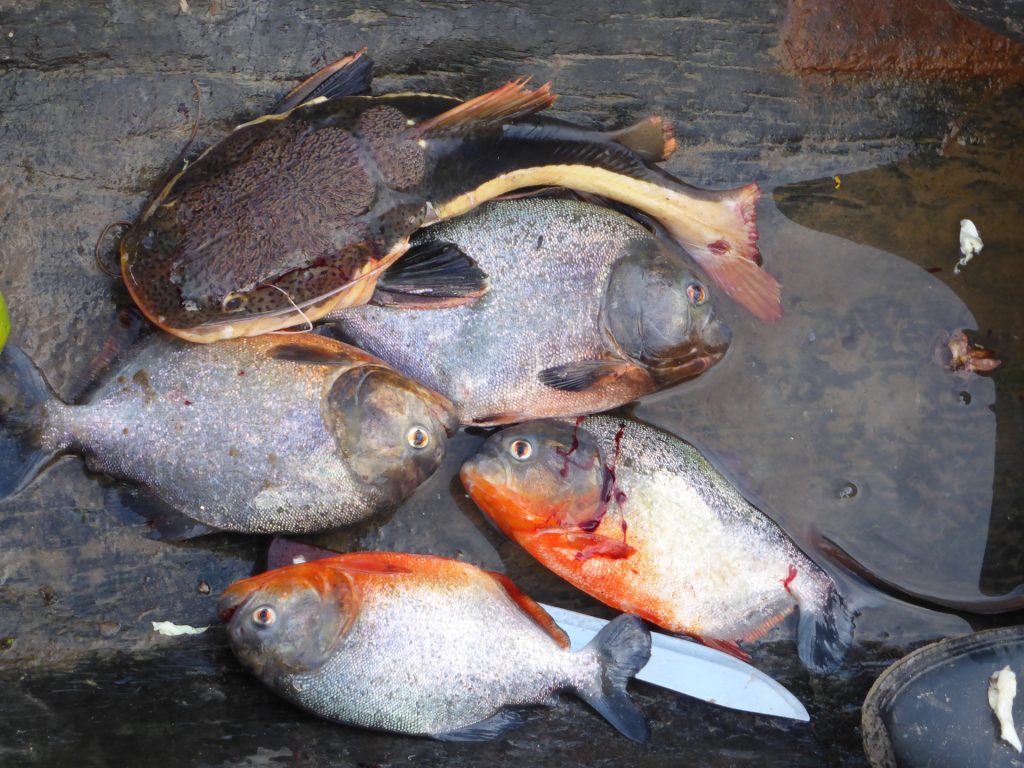
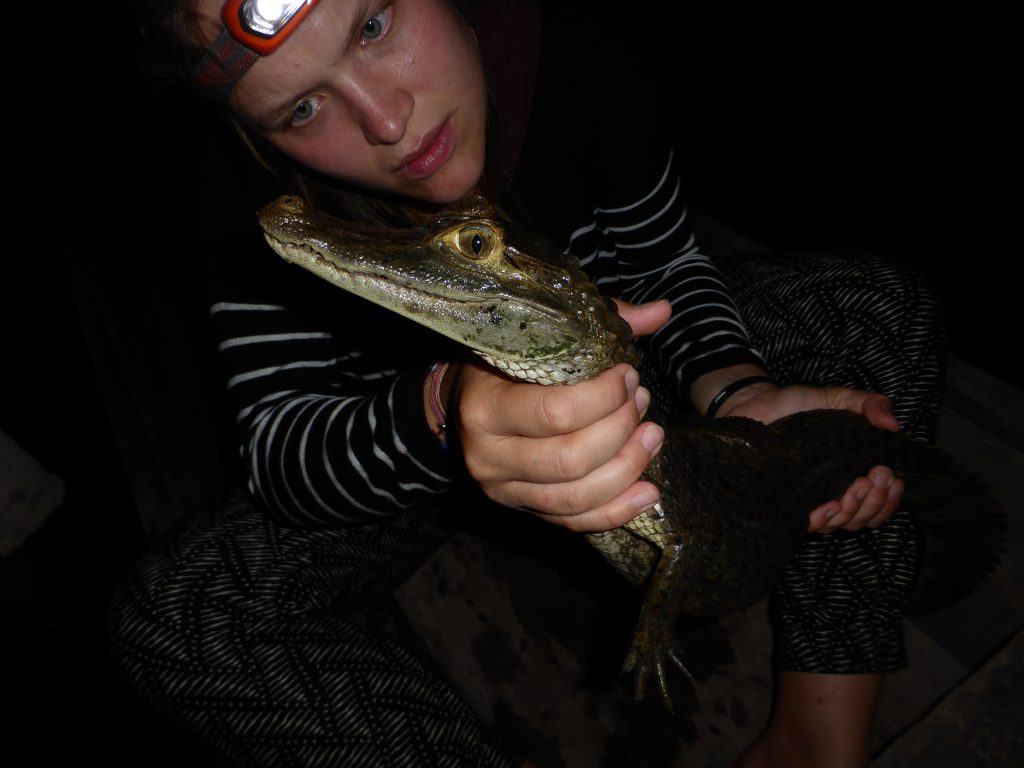
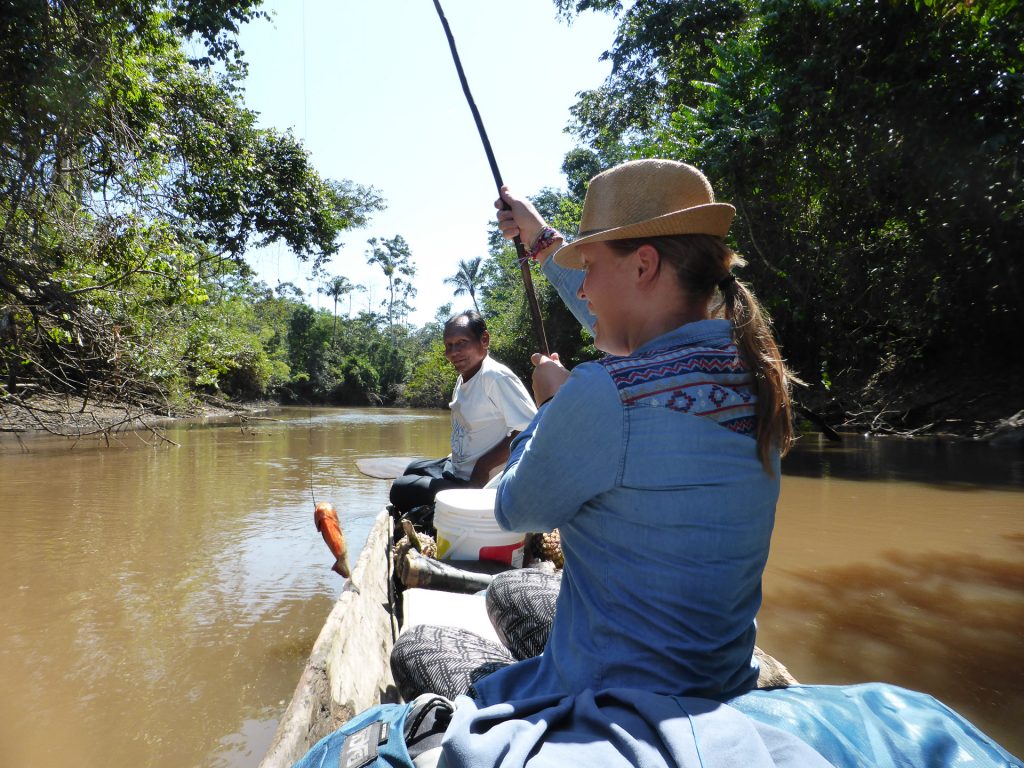
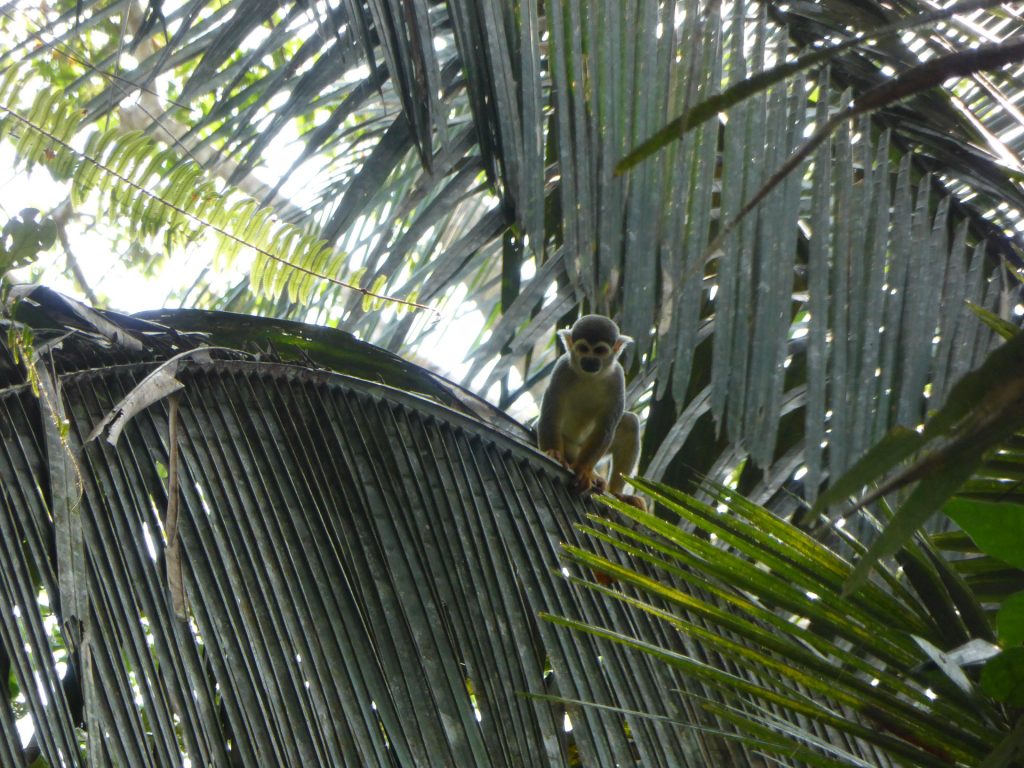
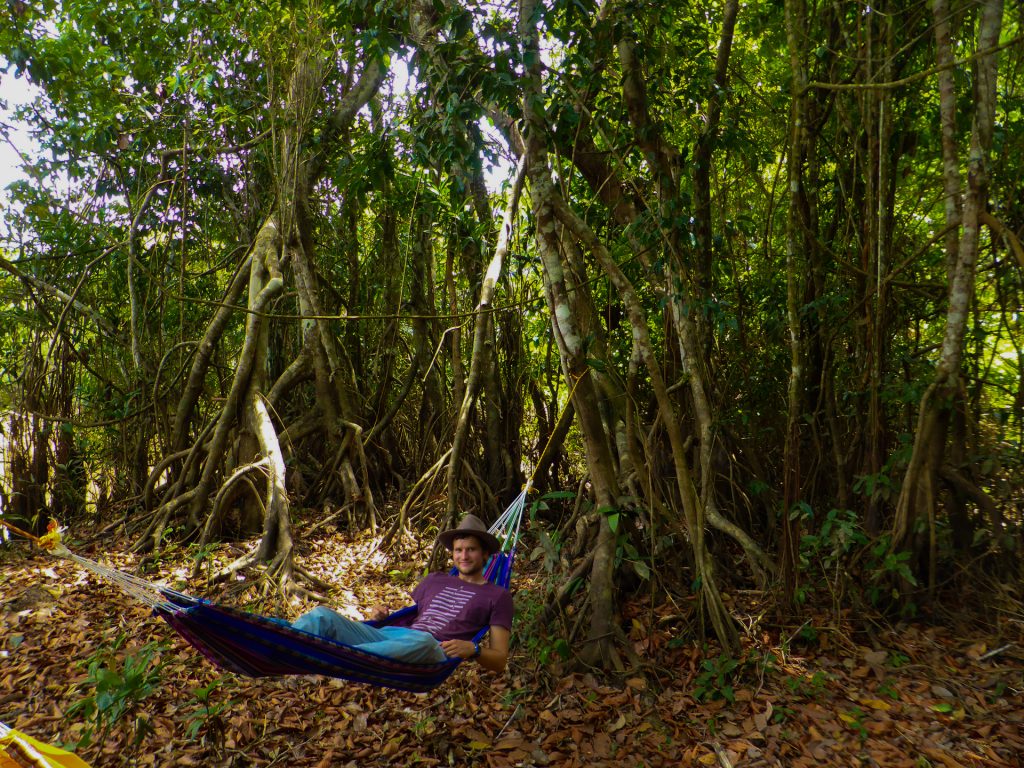
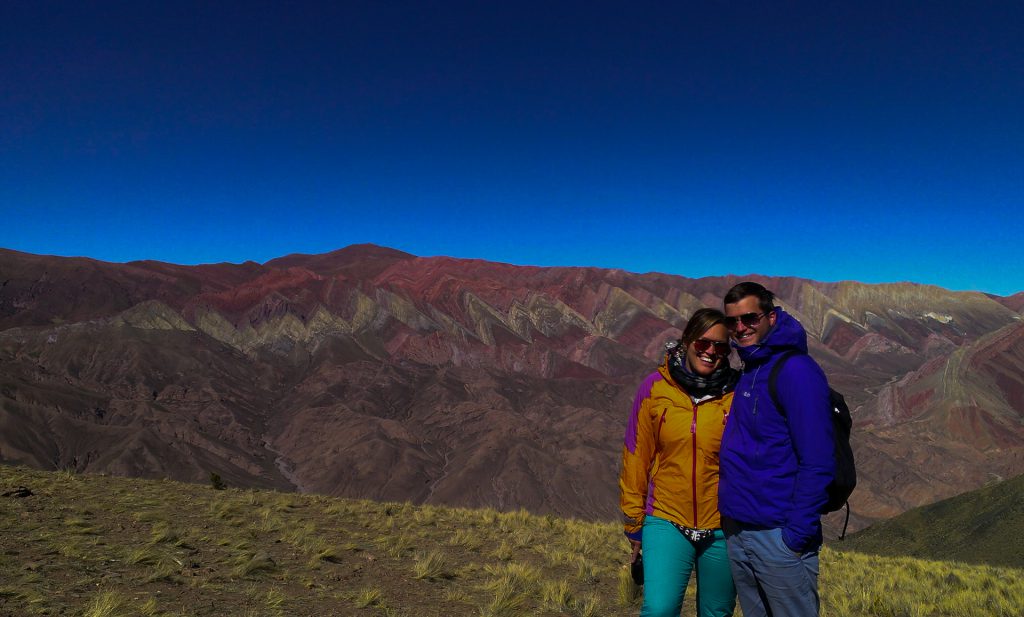
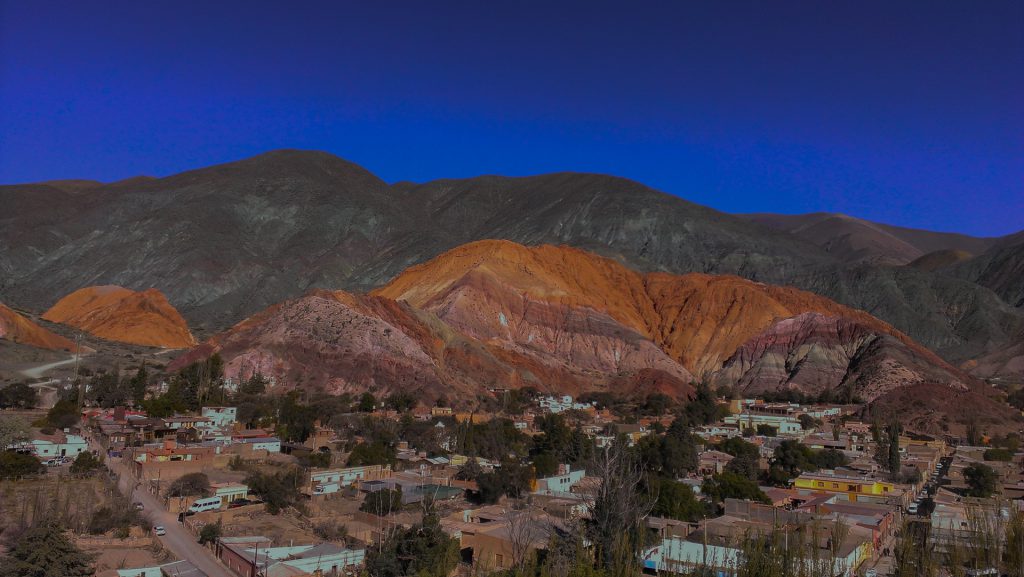
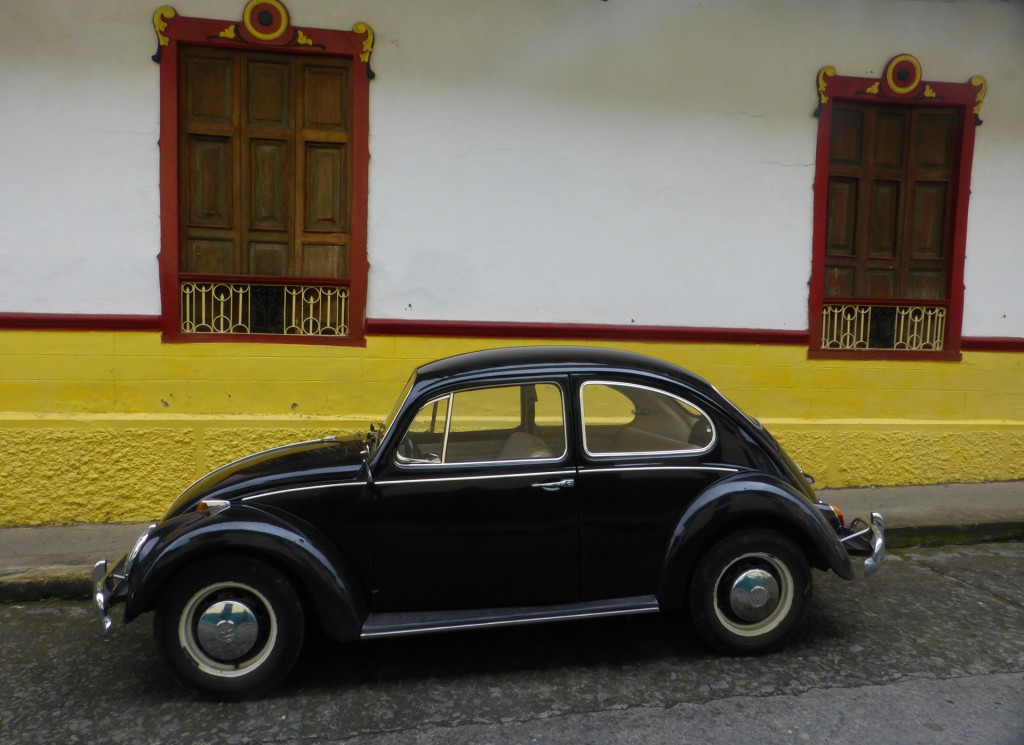
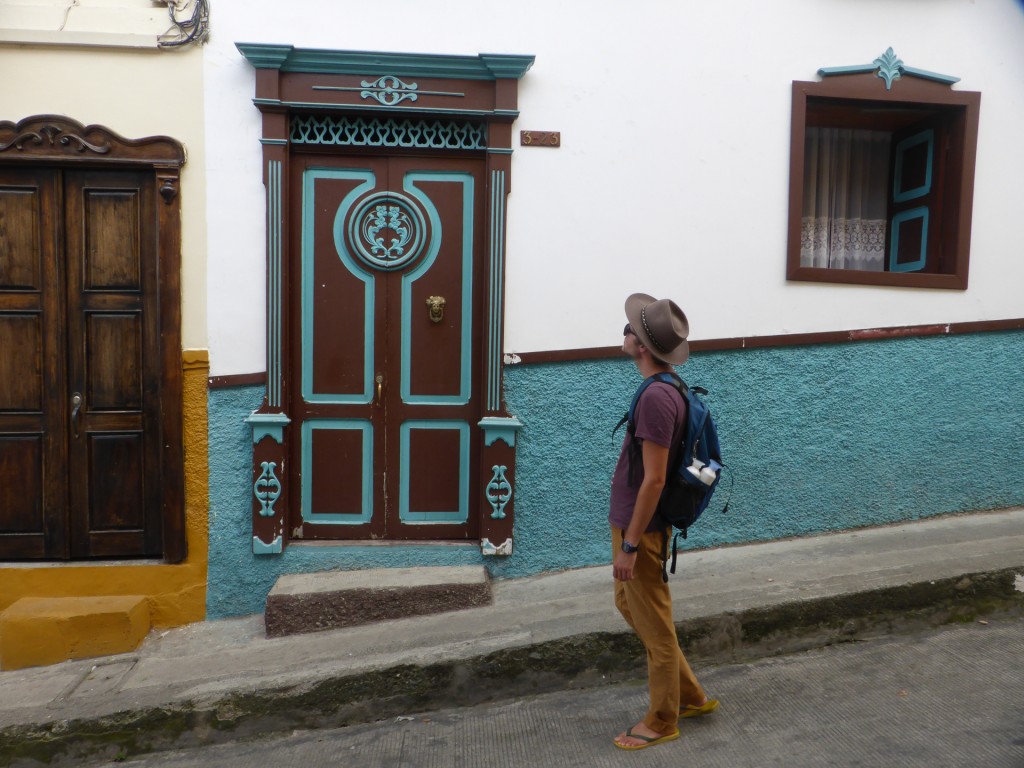
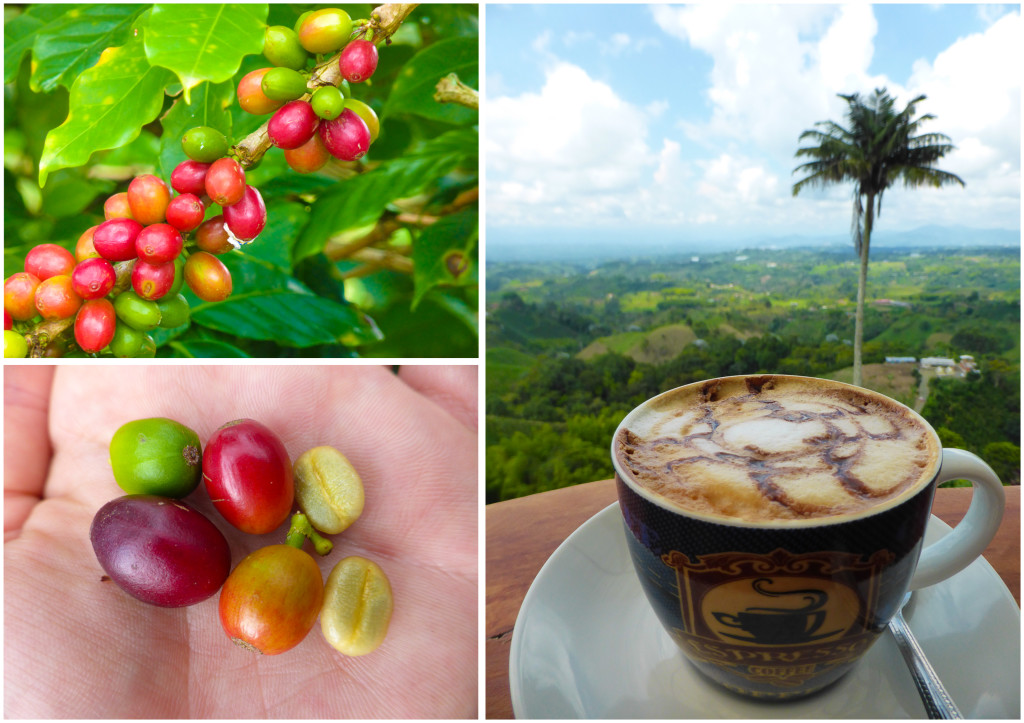
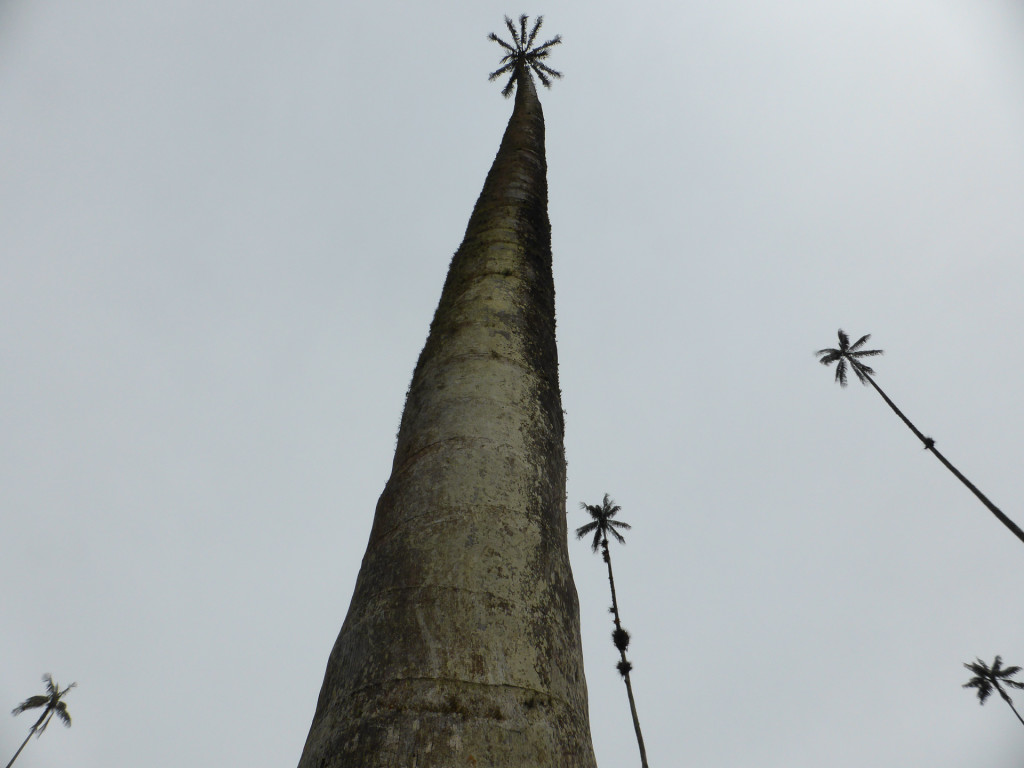
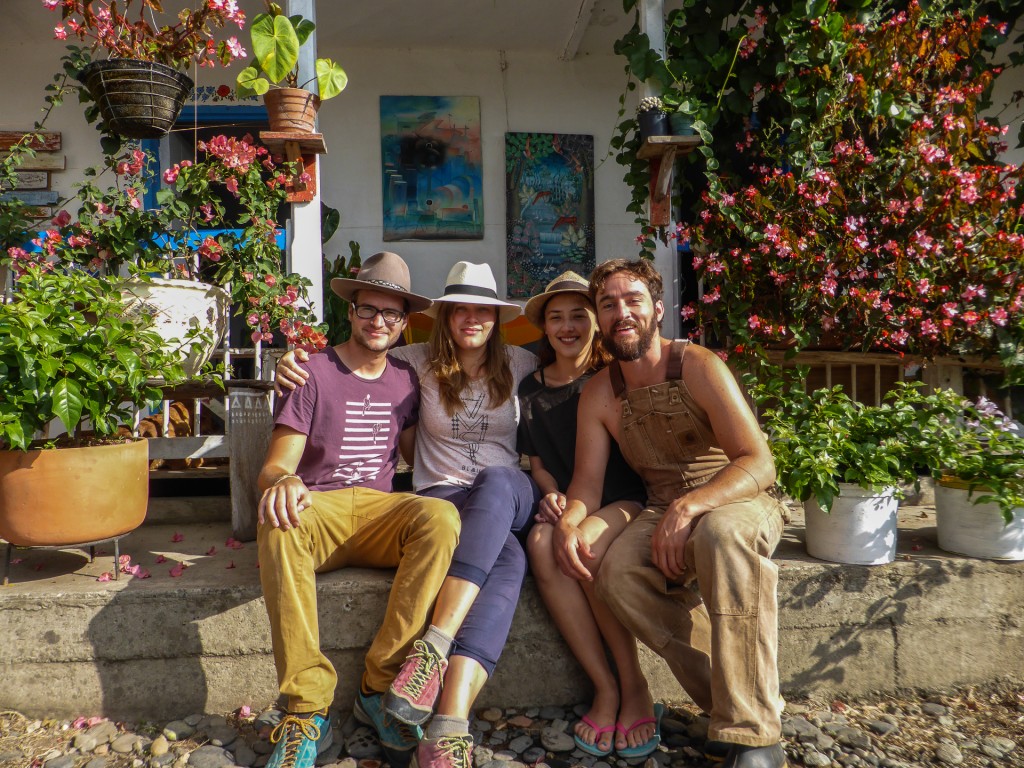
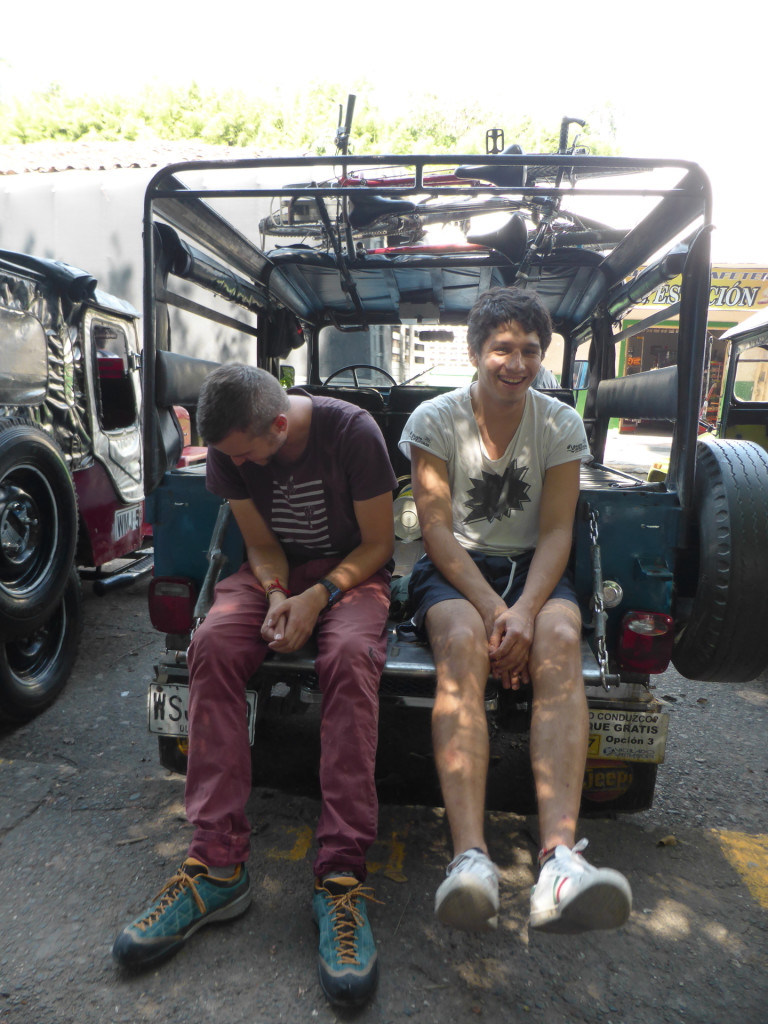
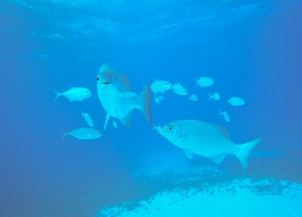
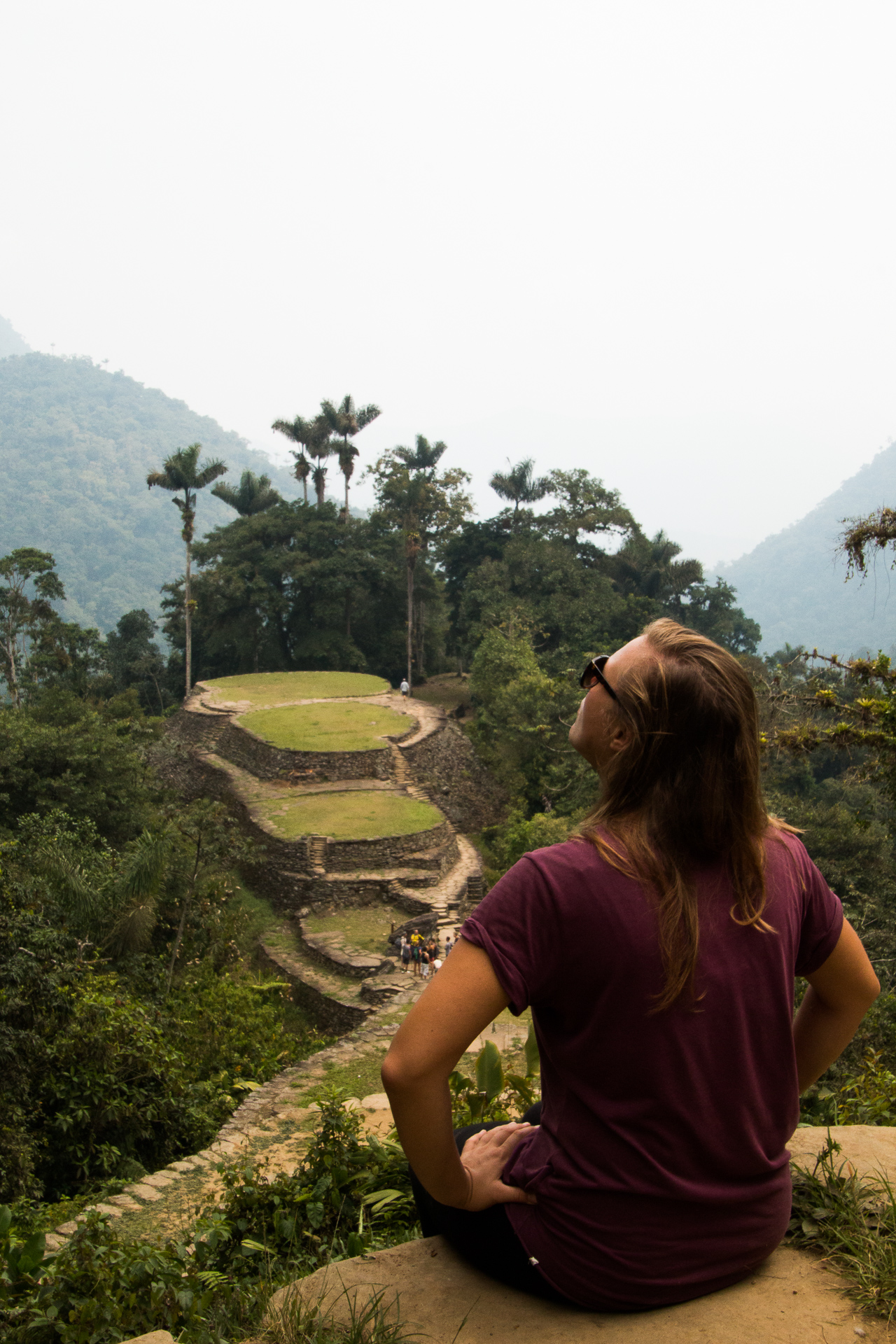
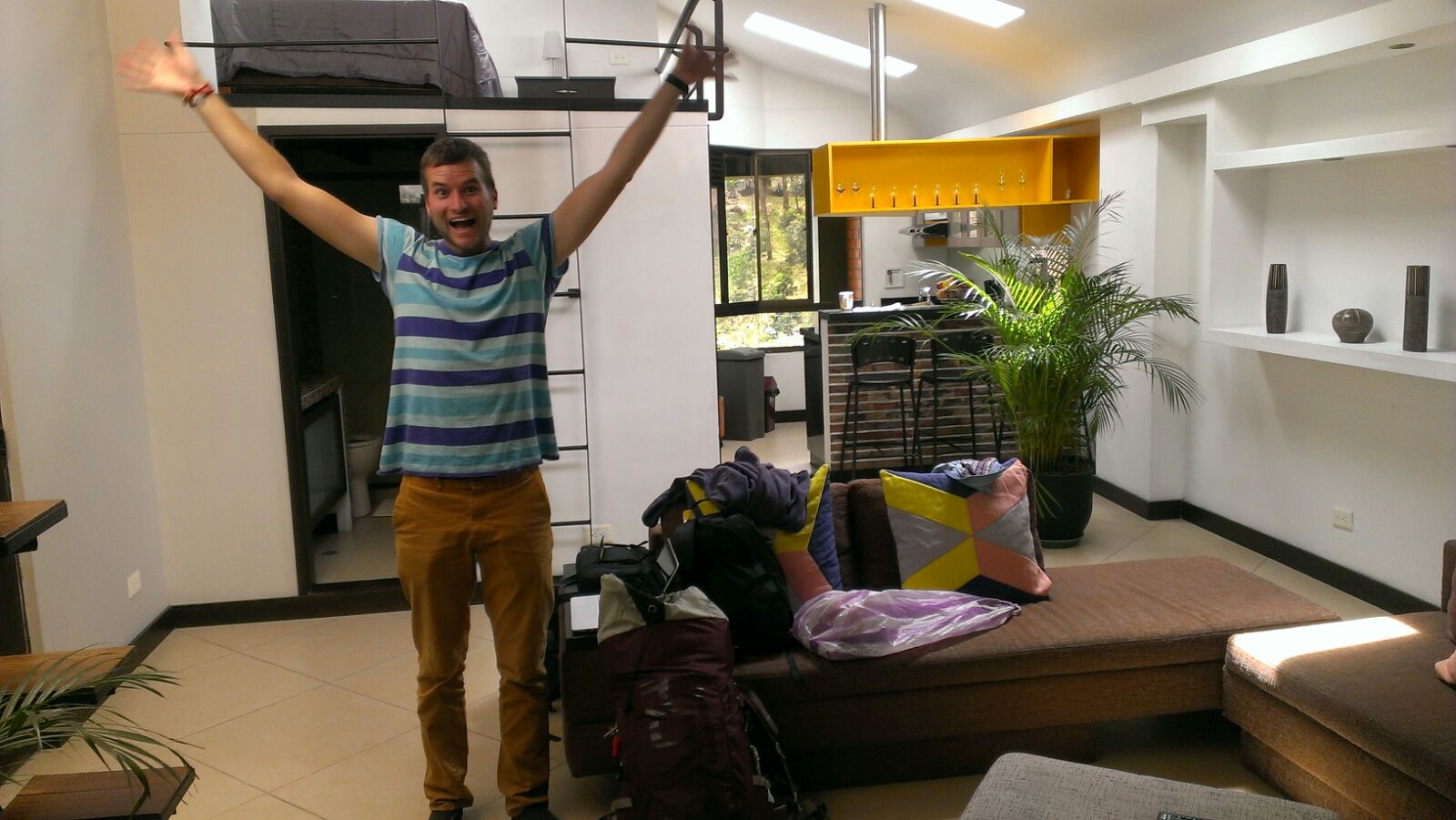
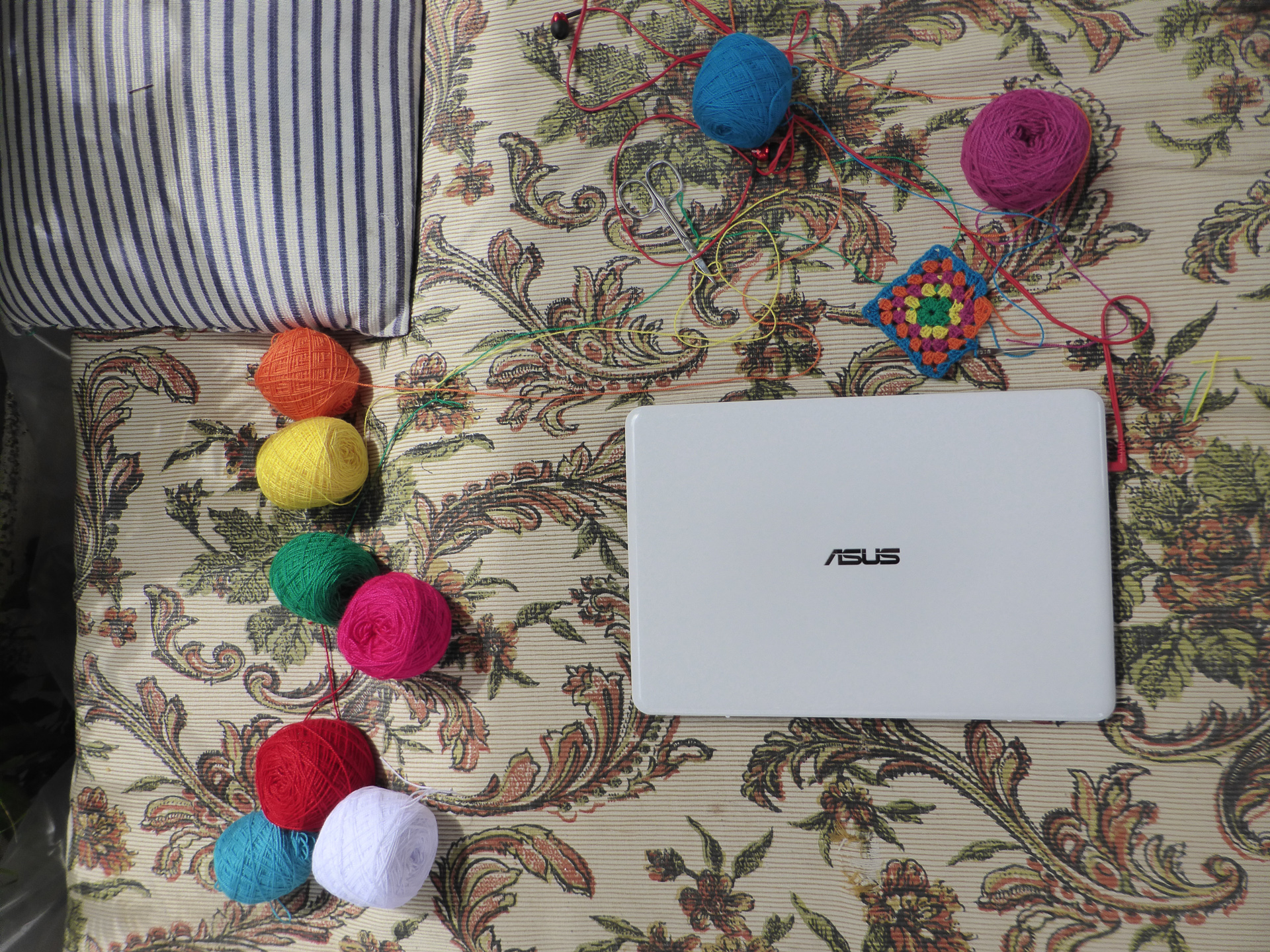
 I think we were ready to leave the chaos, dirt and noise. At least for a while. We actually didn’t wait for our flight to do that, for the last couple of days we stayed in the middle of absolute nowhere an hour from Medellin. Santa Elena was a sleepy, green village in the forest. It was a different world. We stayed in a portable house which was just spectacular! Just us, nature and weird bugs. Perfect scenery to contemplate our journey and the new chapter ahead of us.
I think we were ready to leave the chaos, dirt and noise. At least for a while. We actually didn’t wait for our flight to do that, for the last couple of days we stayed in the middle of absolute nowhere an hour from Medellin. Santa Elena was a sleepy, green village in the forest. It was a different world. We stayed in a portable house which was just spectacular! Just us, nature and weird bugs. Perfect scenery to contemplate our journey and the new chapter ahead of us. at bananas 100 ways with rice. And there was no corn either. Just croissants, bread, ham, cheese, fruit and veg all of it was our dream coming true. After a nice dinner we could even flush the toilet paper. Only the prices were less of an excitement. The pearls of Gaudi’s architecture have reached just outrageous prices, unfinished Sagrada Familia costs 15 euros if you don’t want the view from the towers if you do 30… Batllo
at bananas 100 ways with rice. And there was no corn either. Just croissants, bread, ham, cheese, fruit and veg all of it was our dream coming true. After a nice dinner we could even flush the toilet paper. Only the prices were less of an excitement. The pearls of Gaudi’s architecture have reached just outrageous prices, unfinished Sagrada Familia costs 15 euros if you don’t want the view from the towers if you do 30… Batllo
